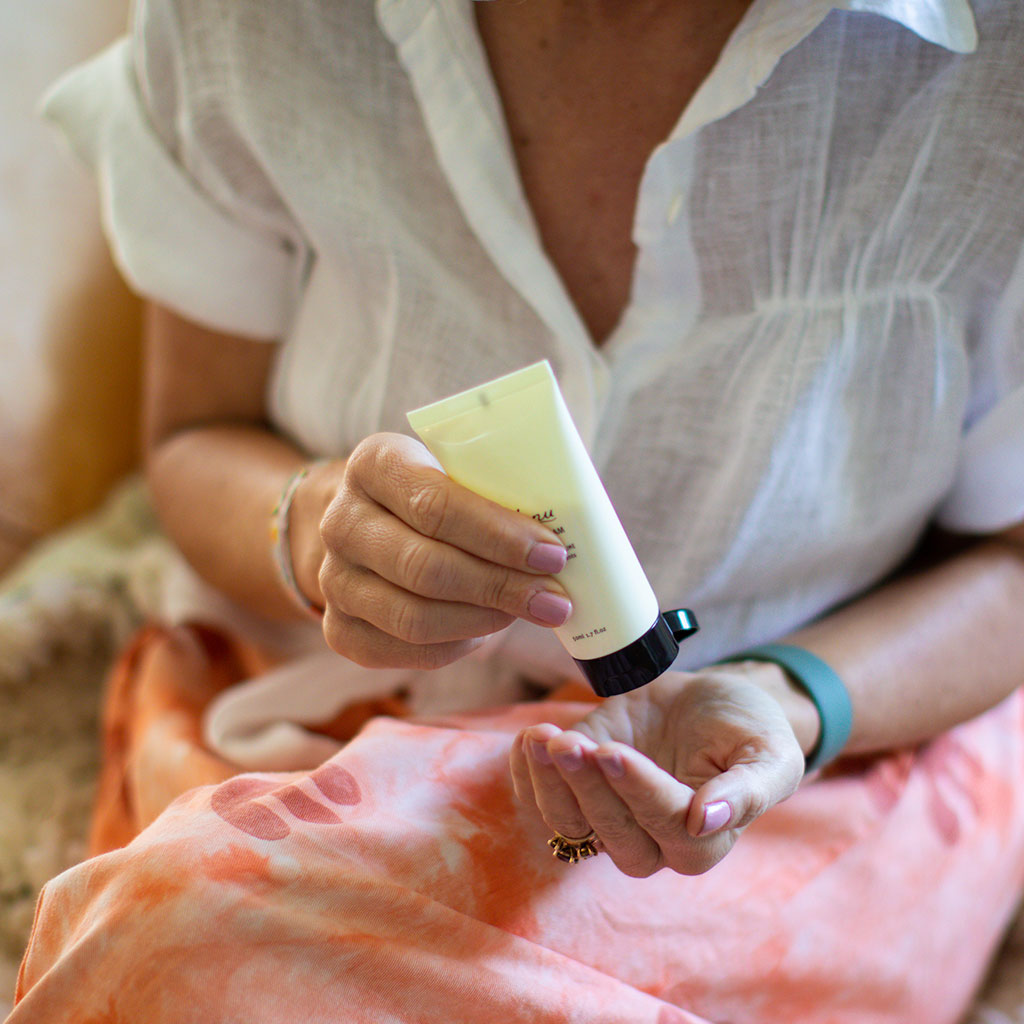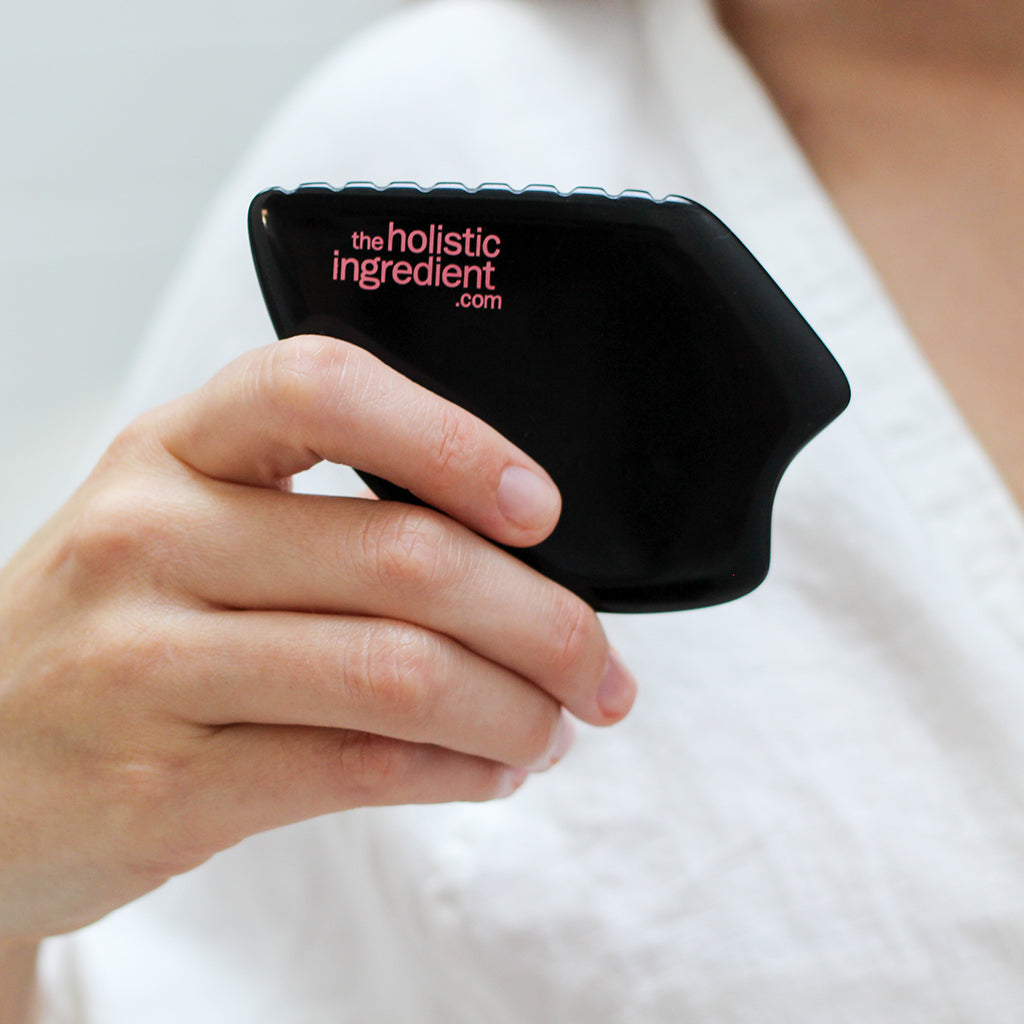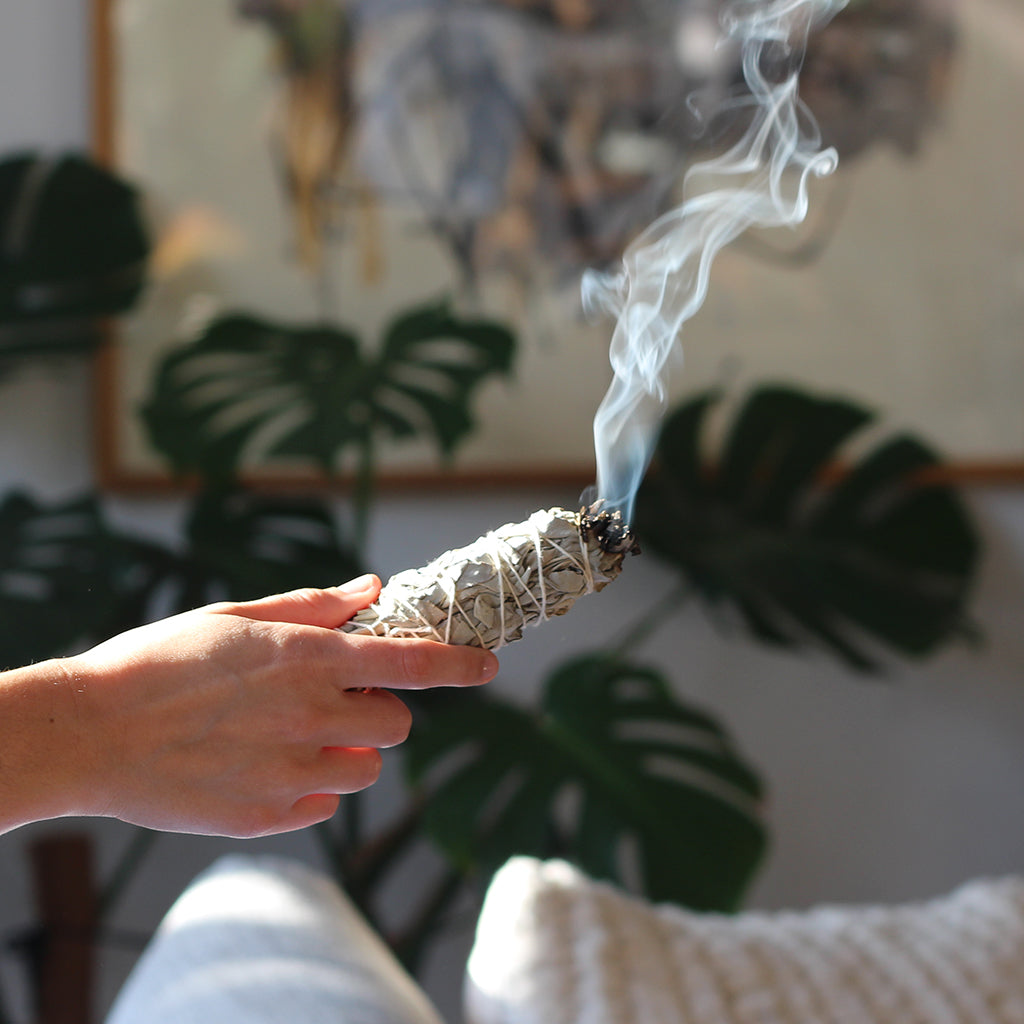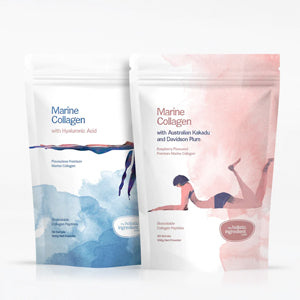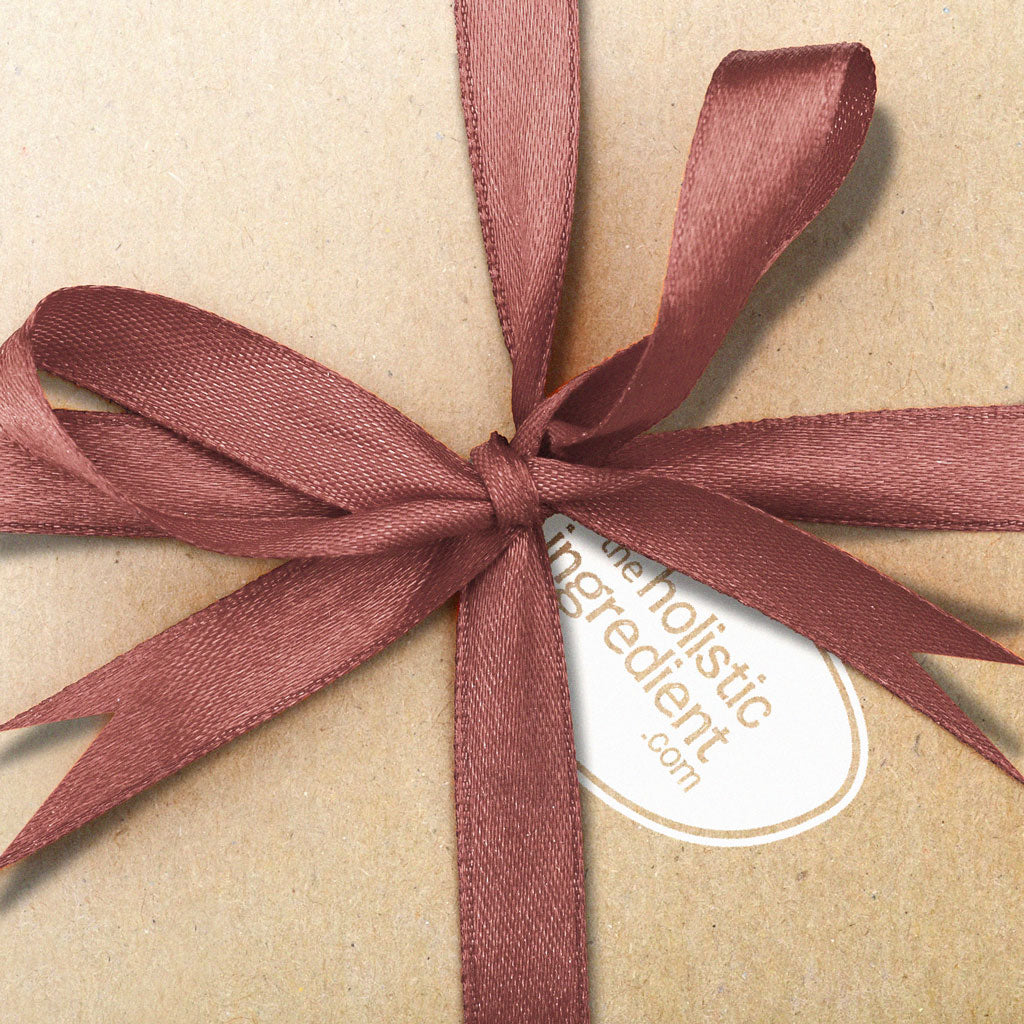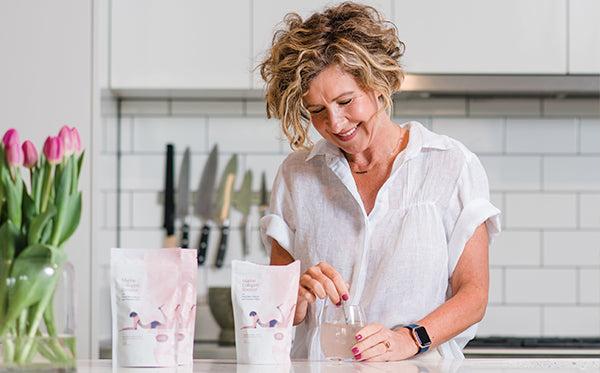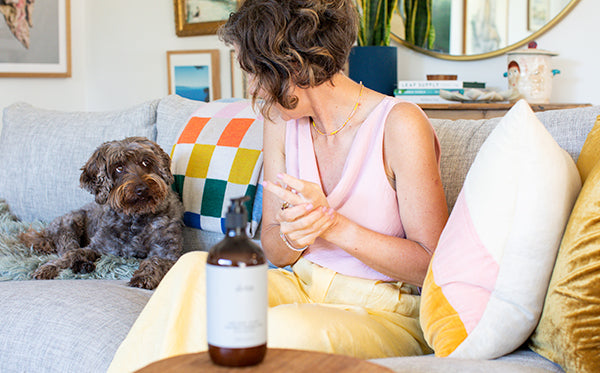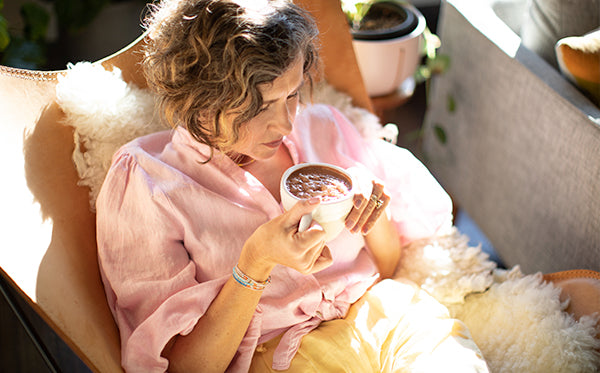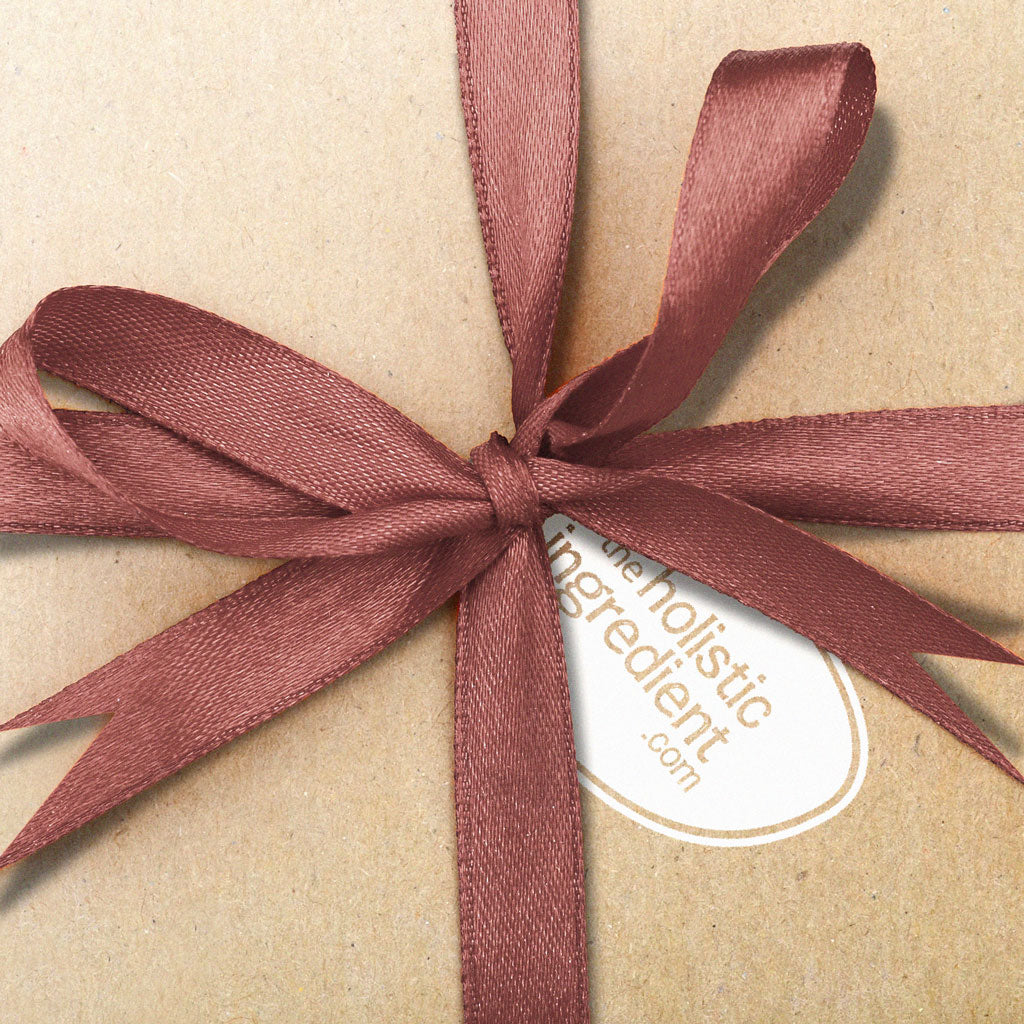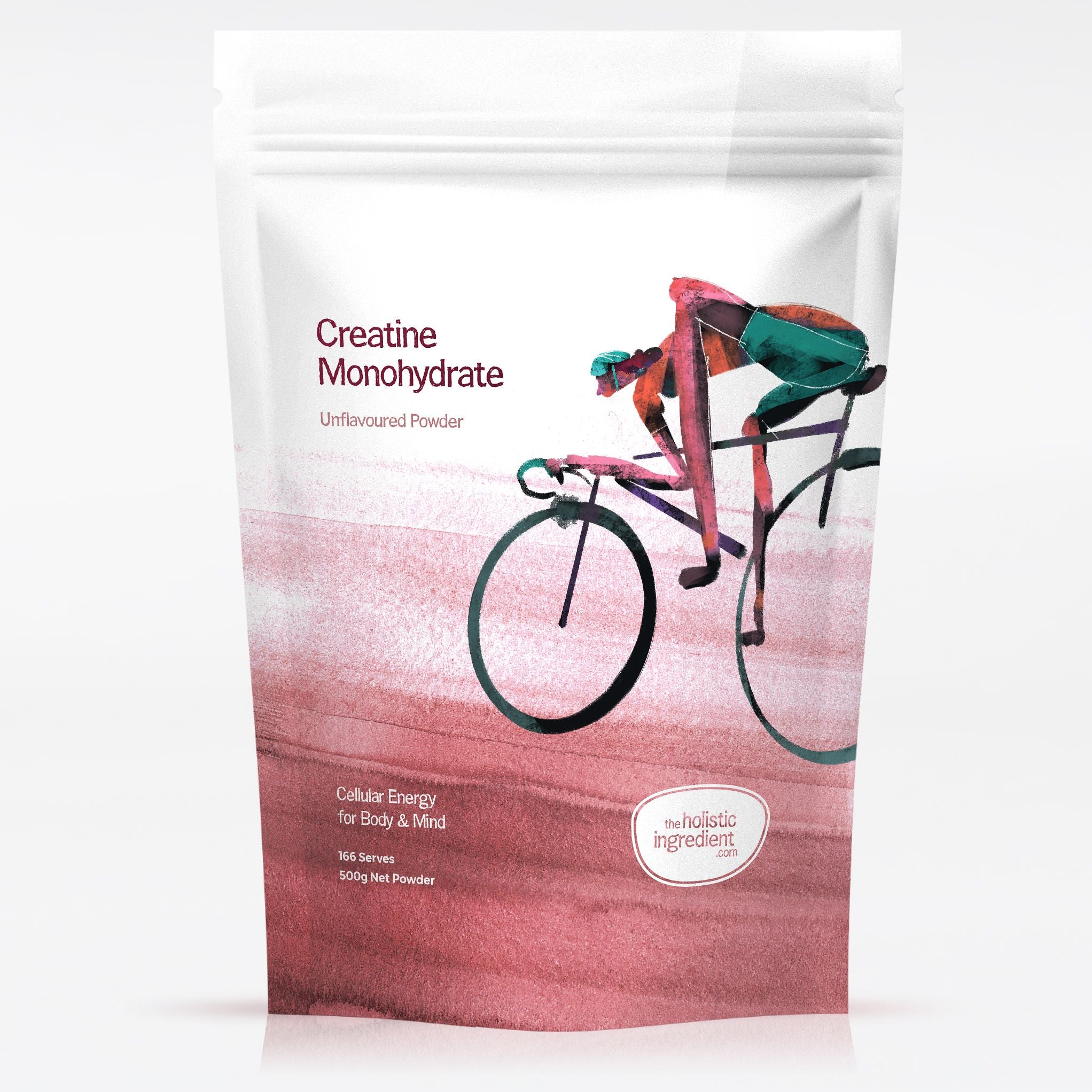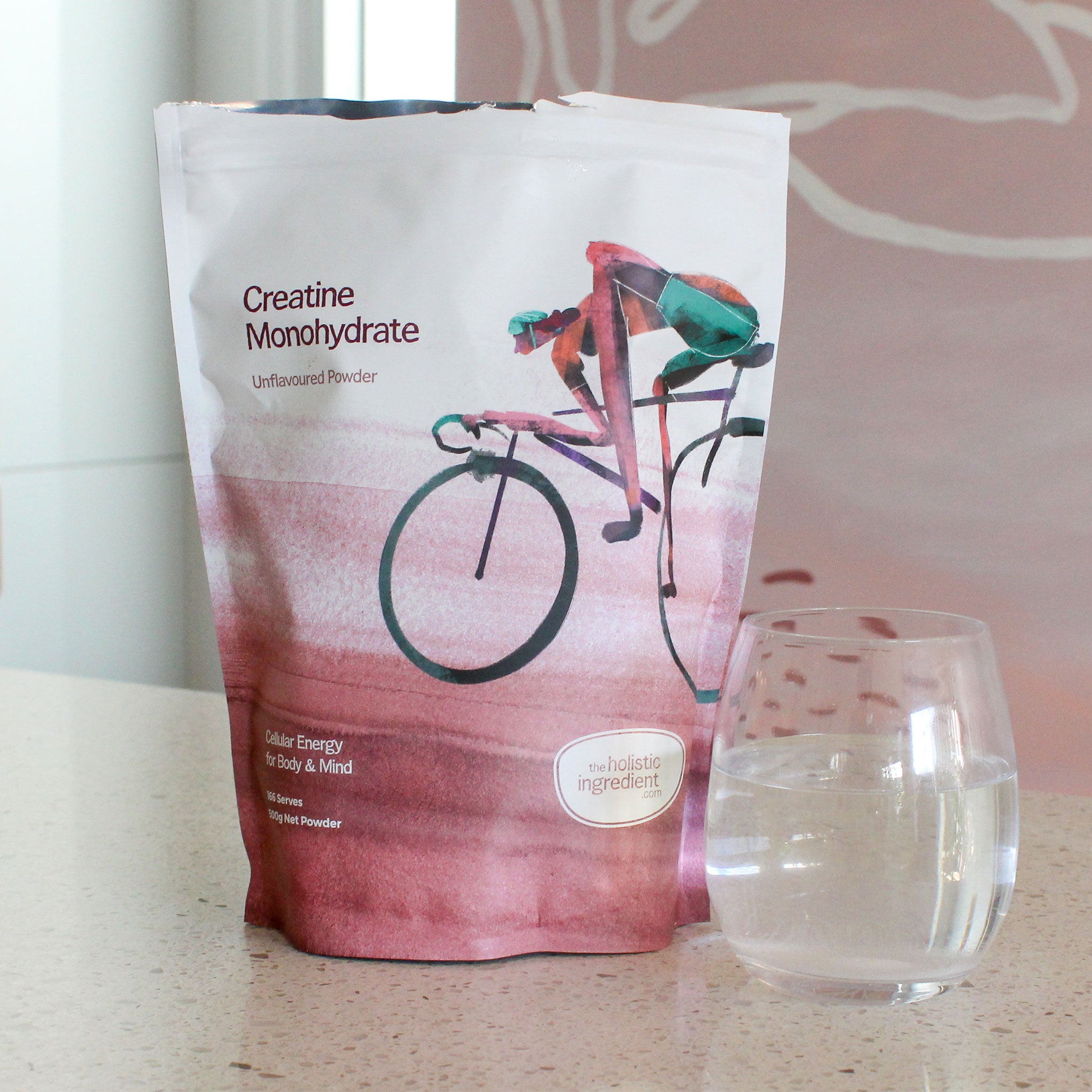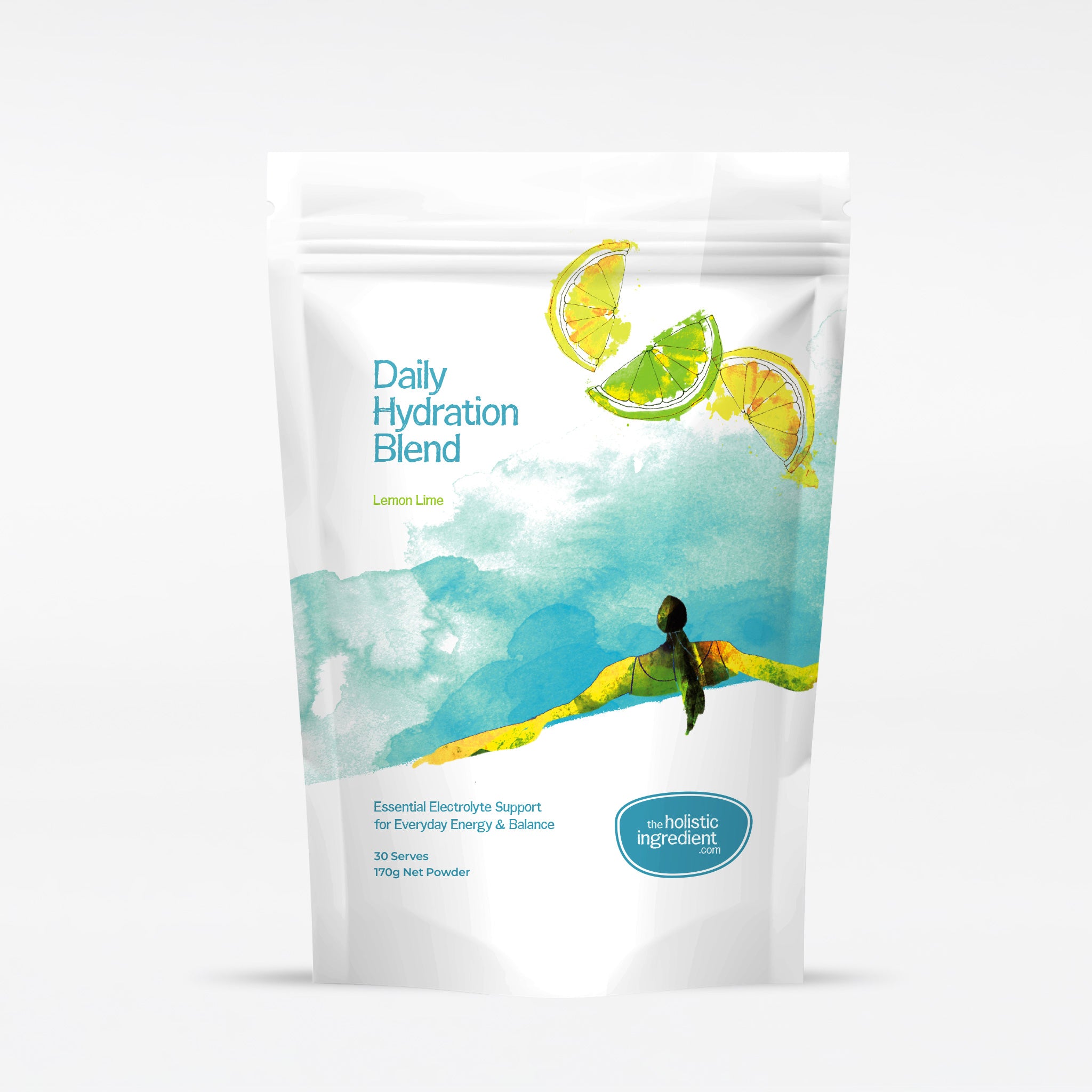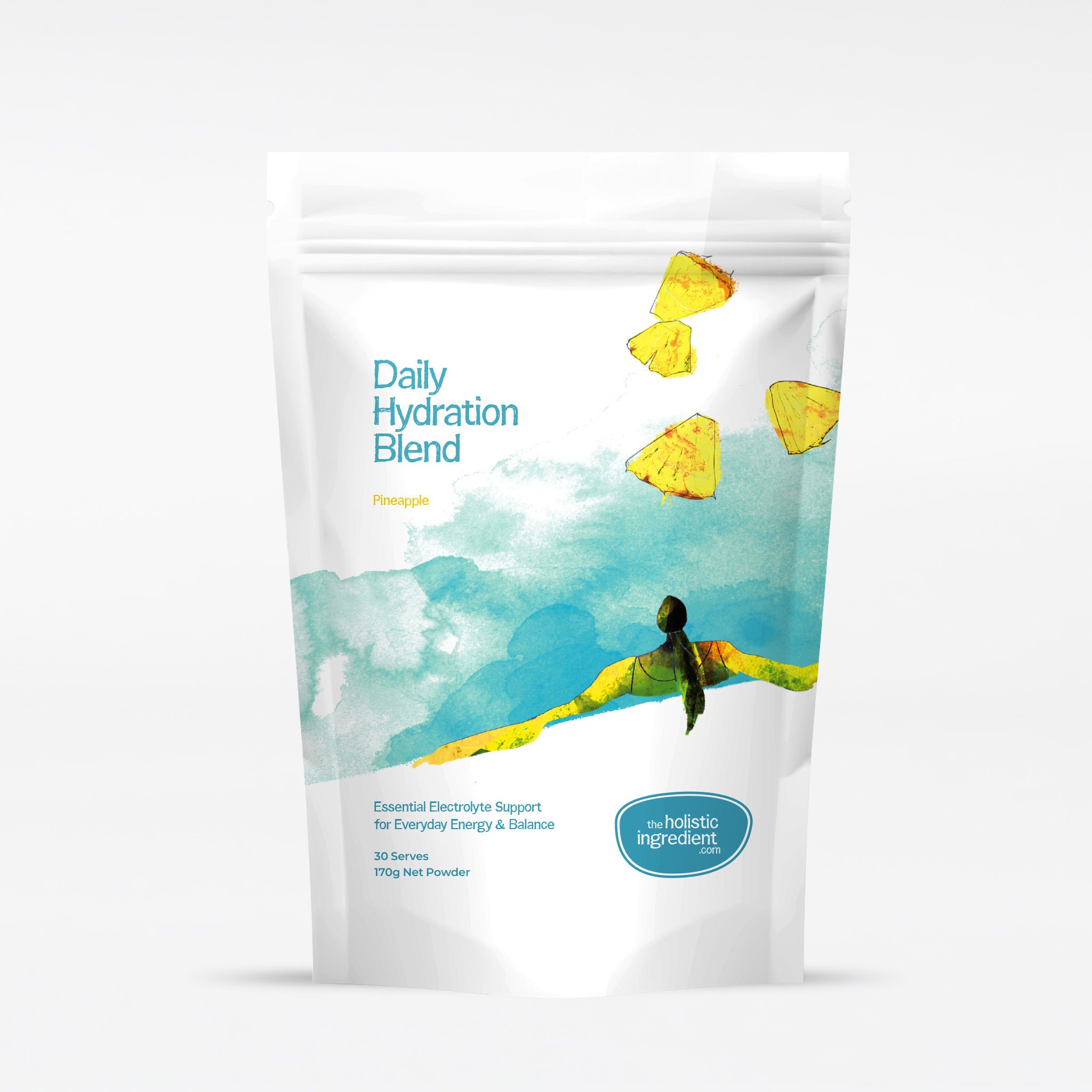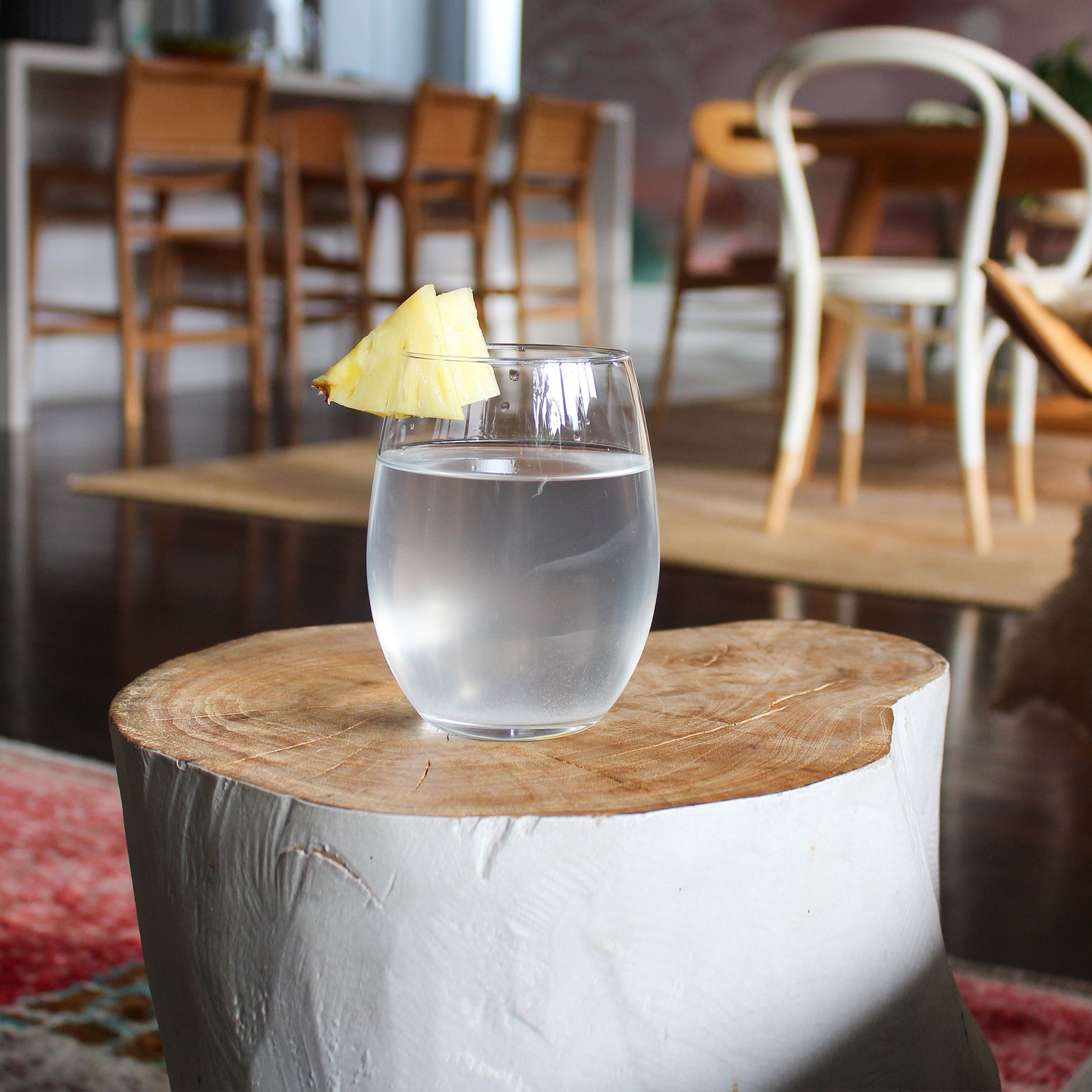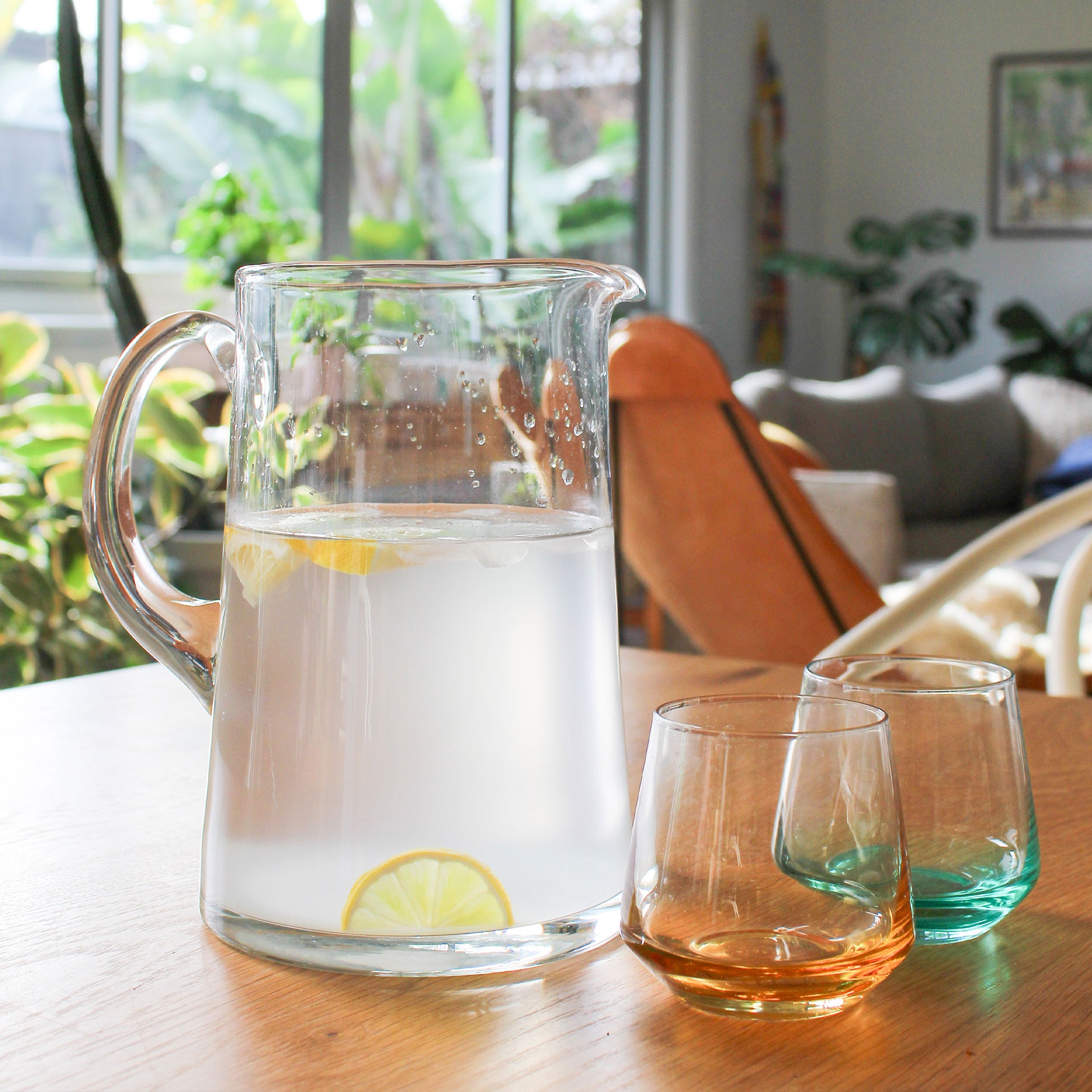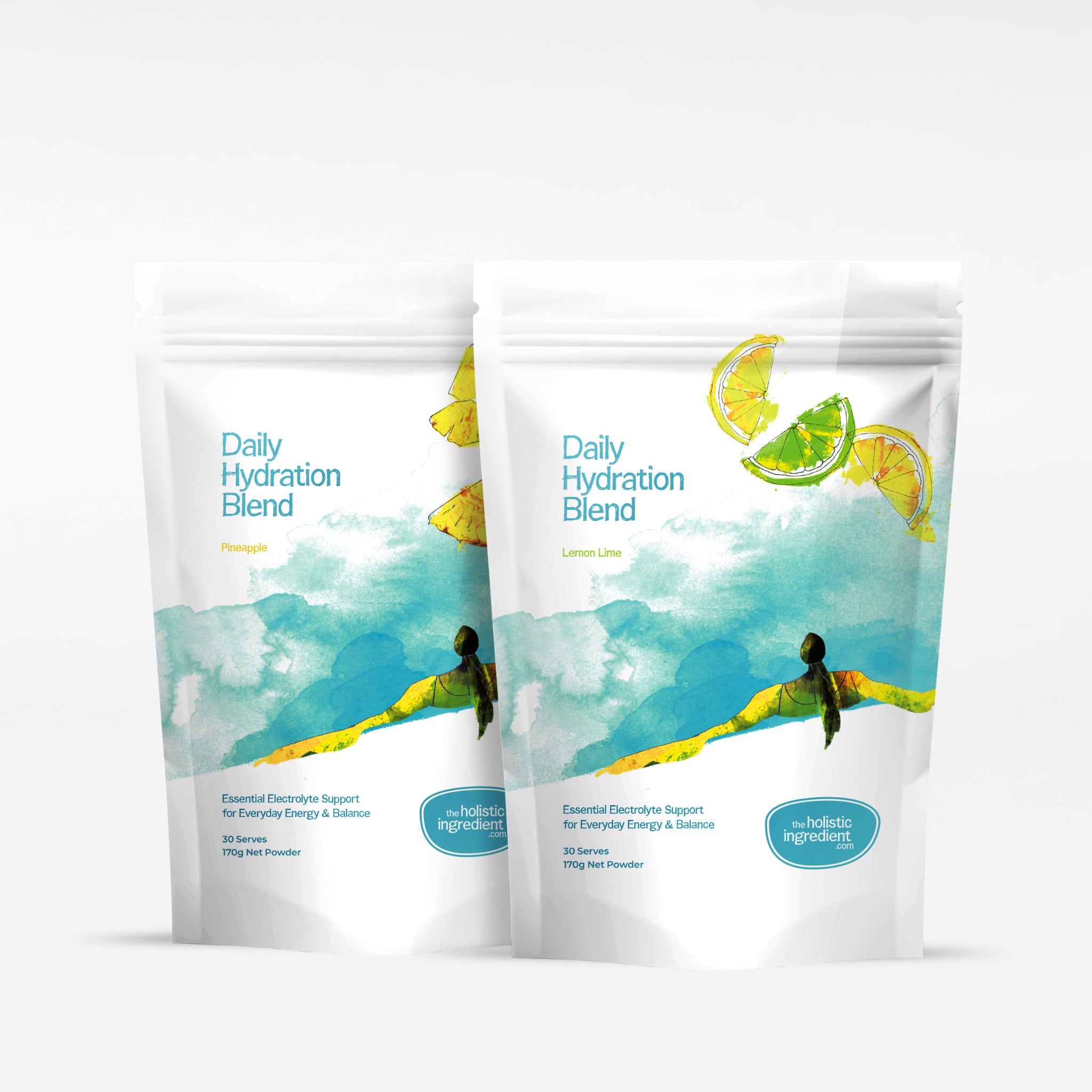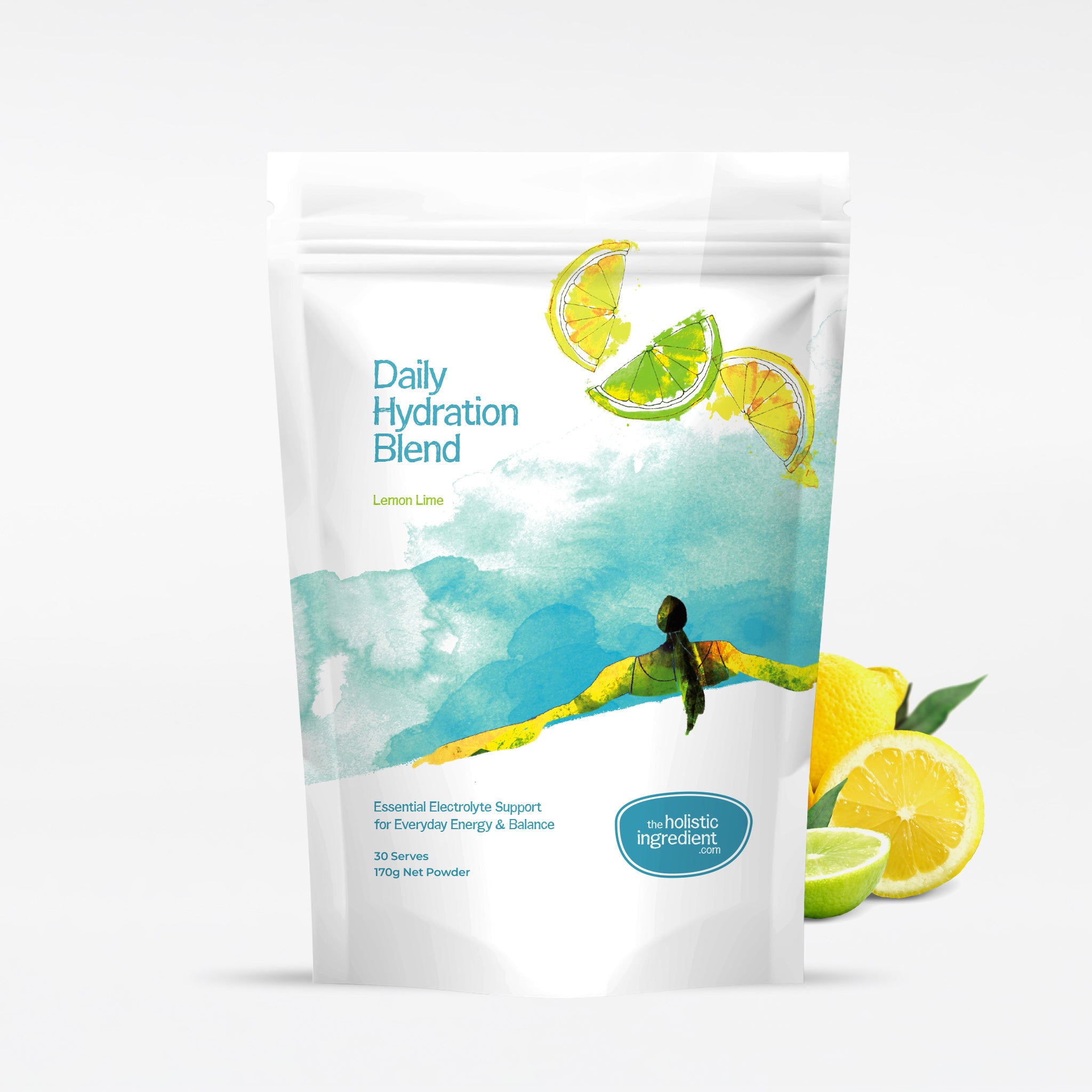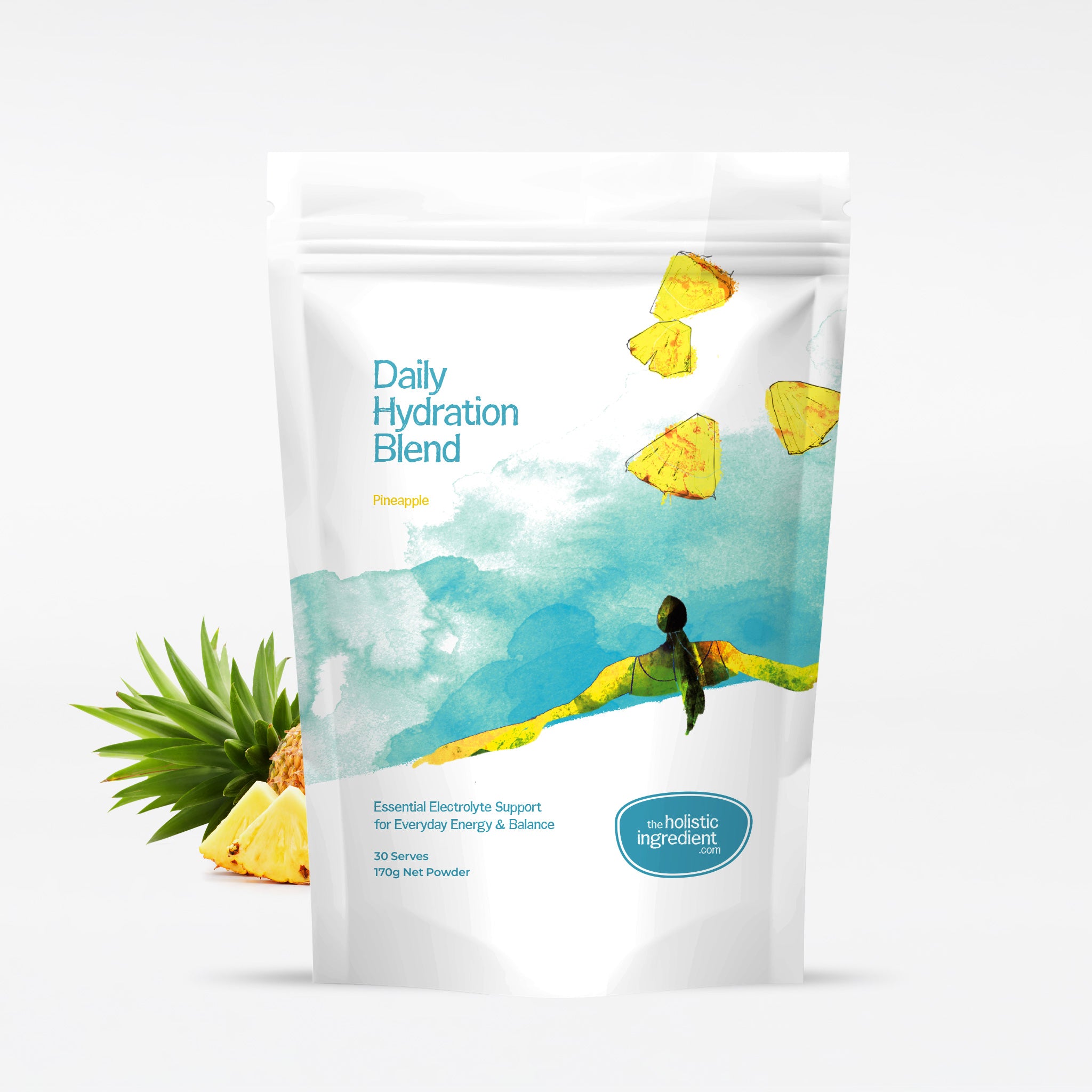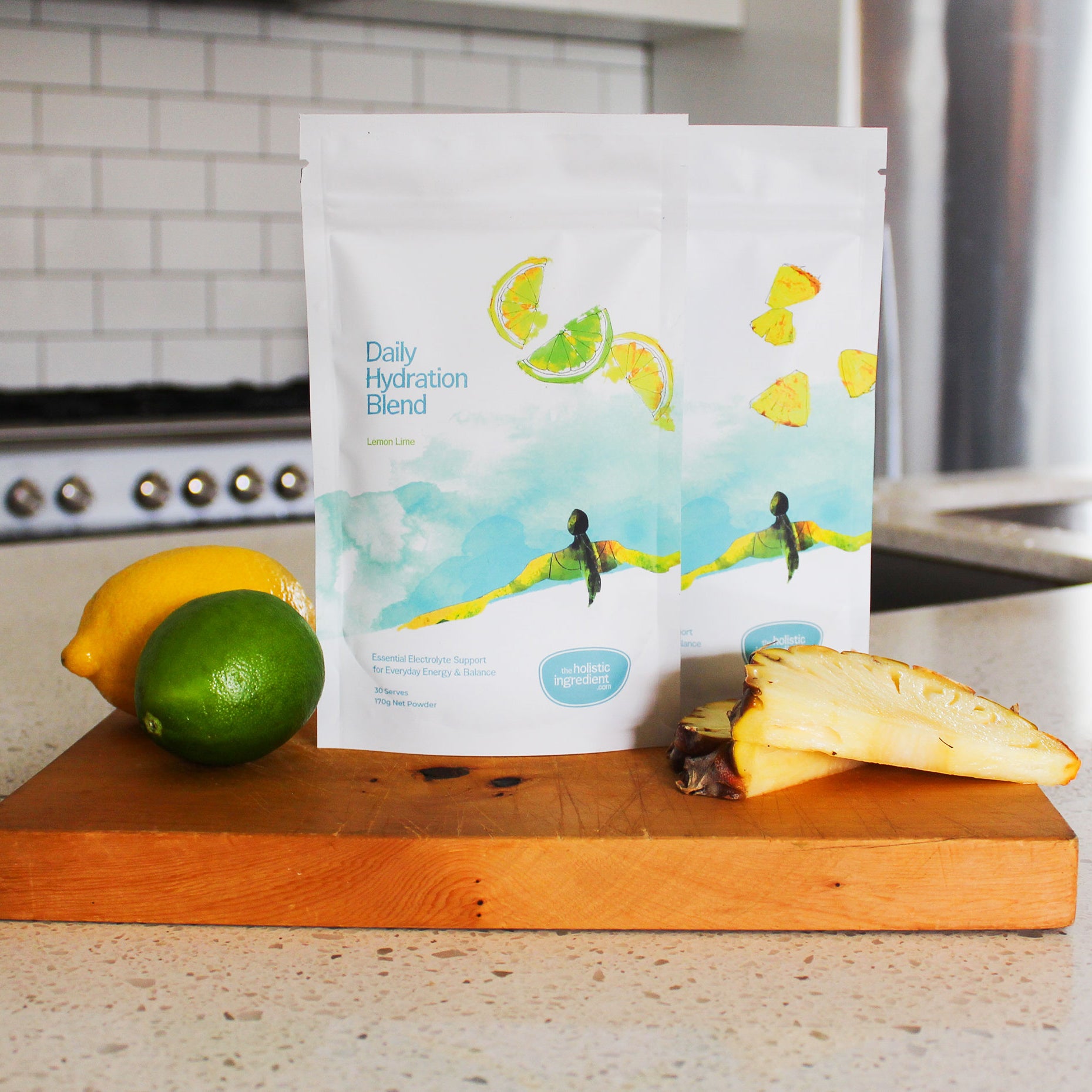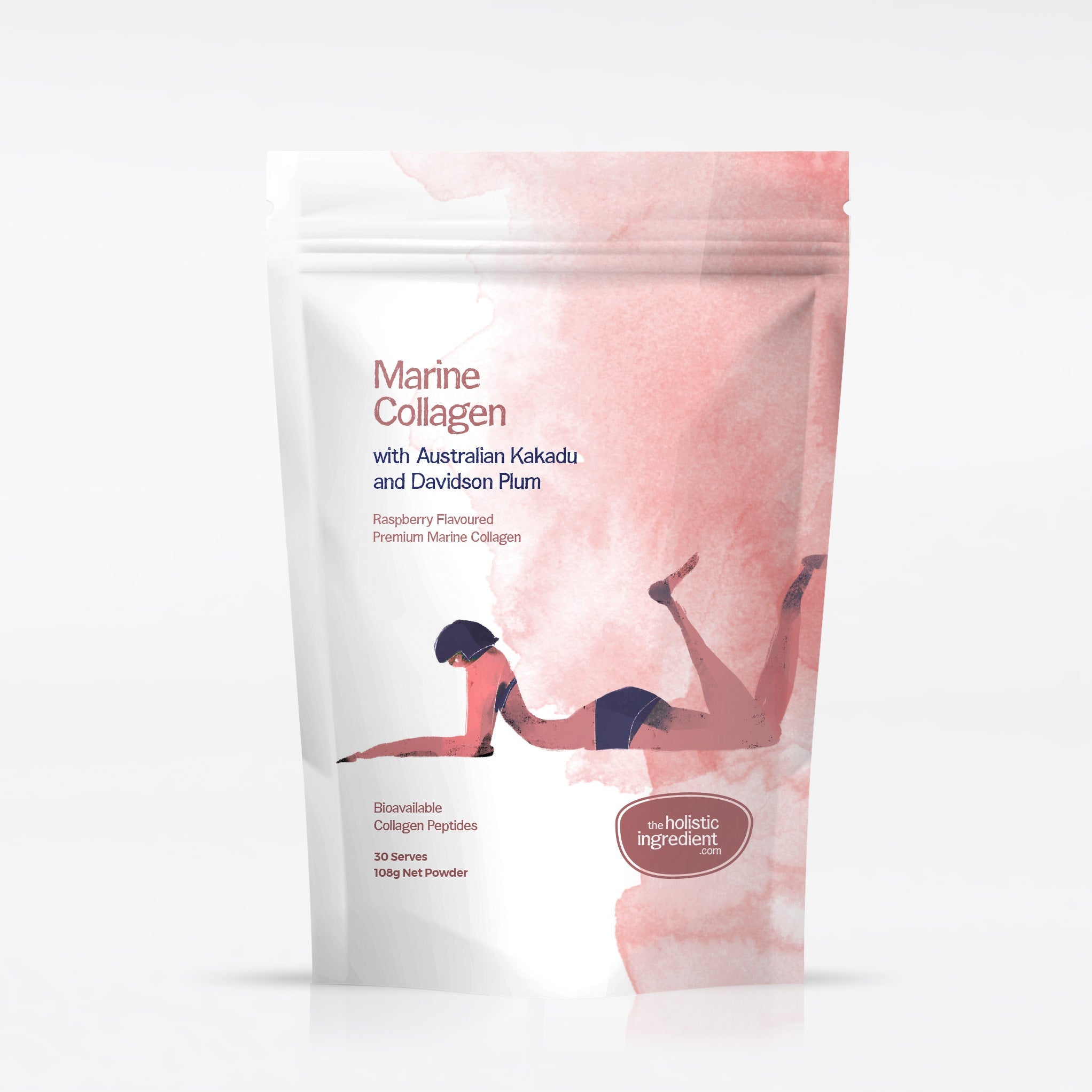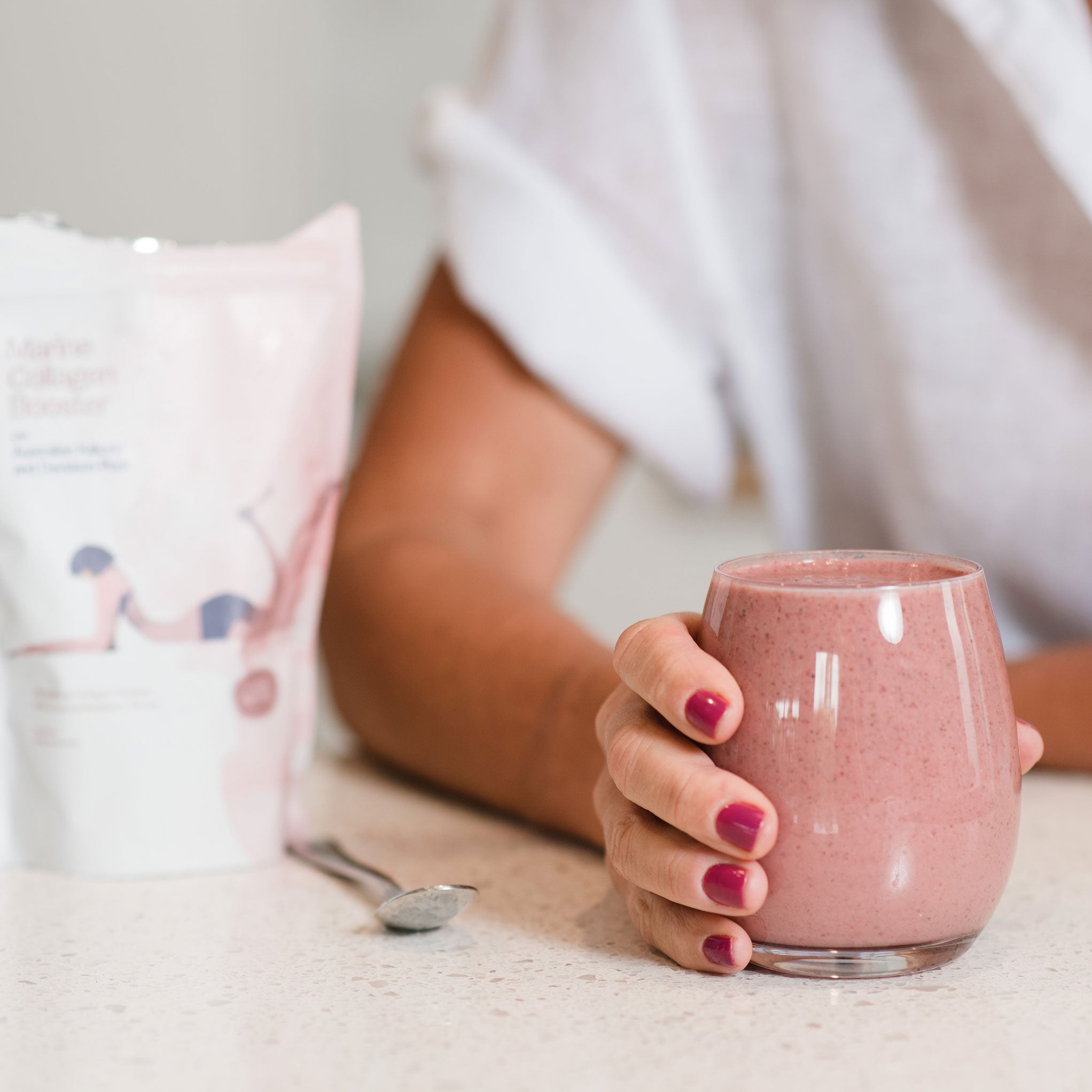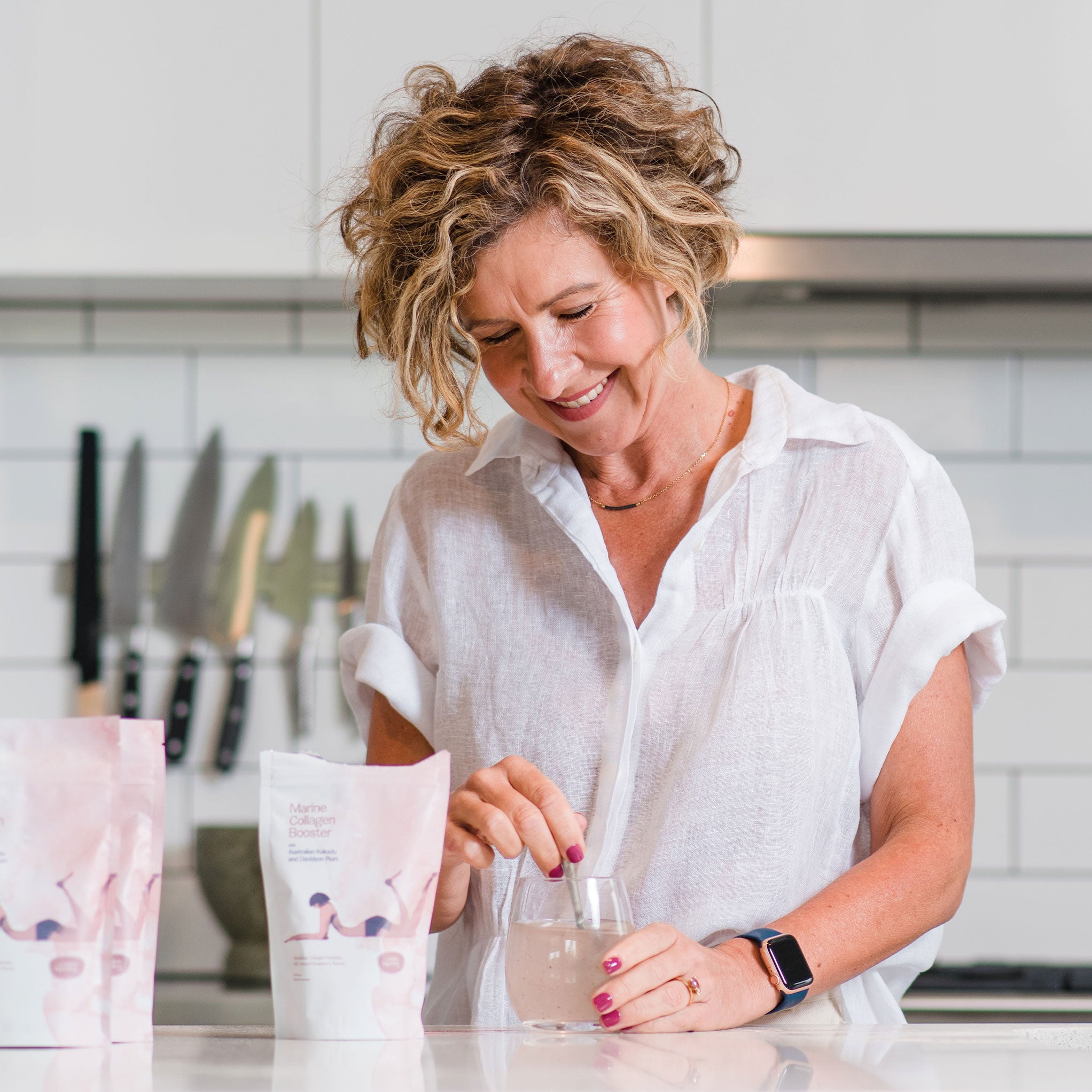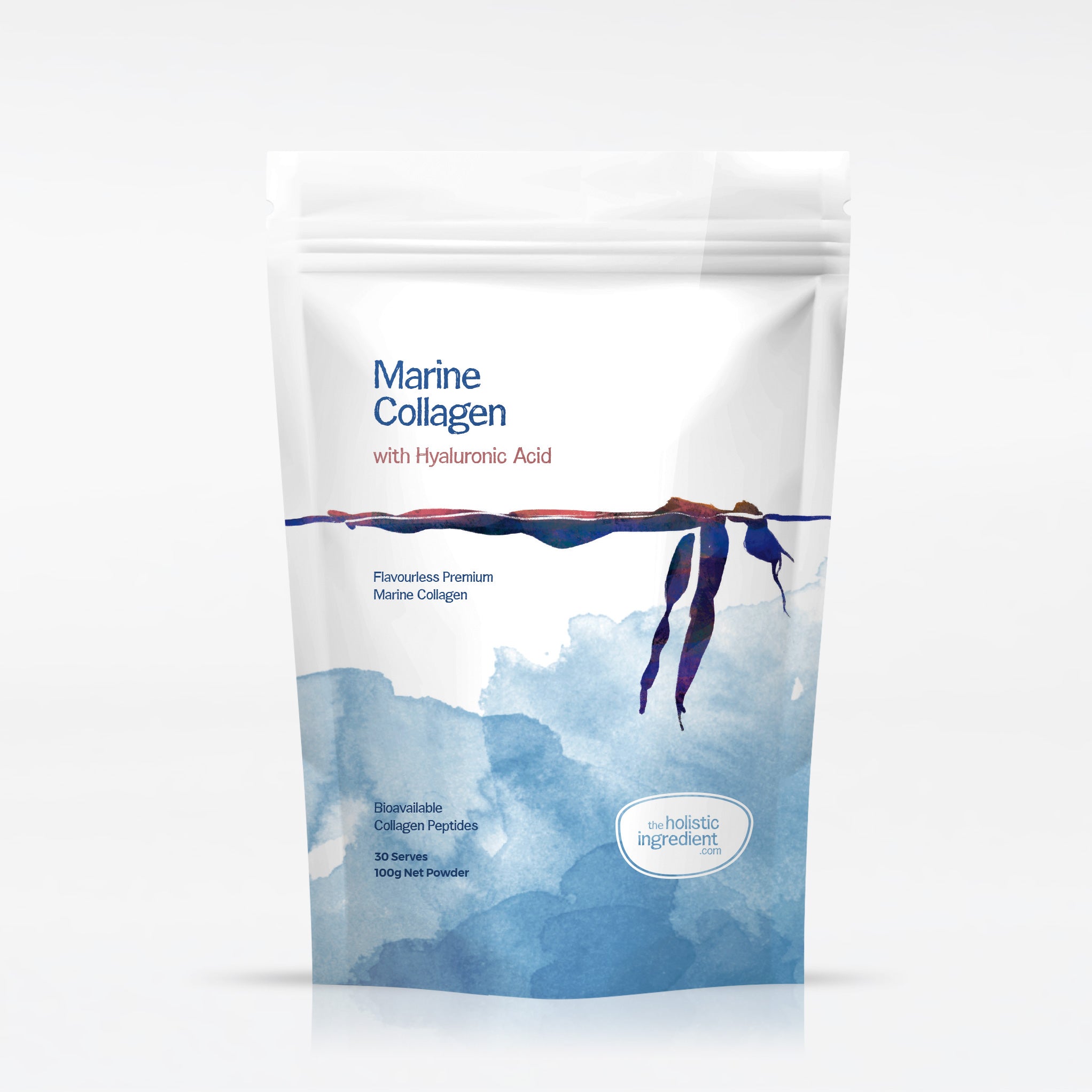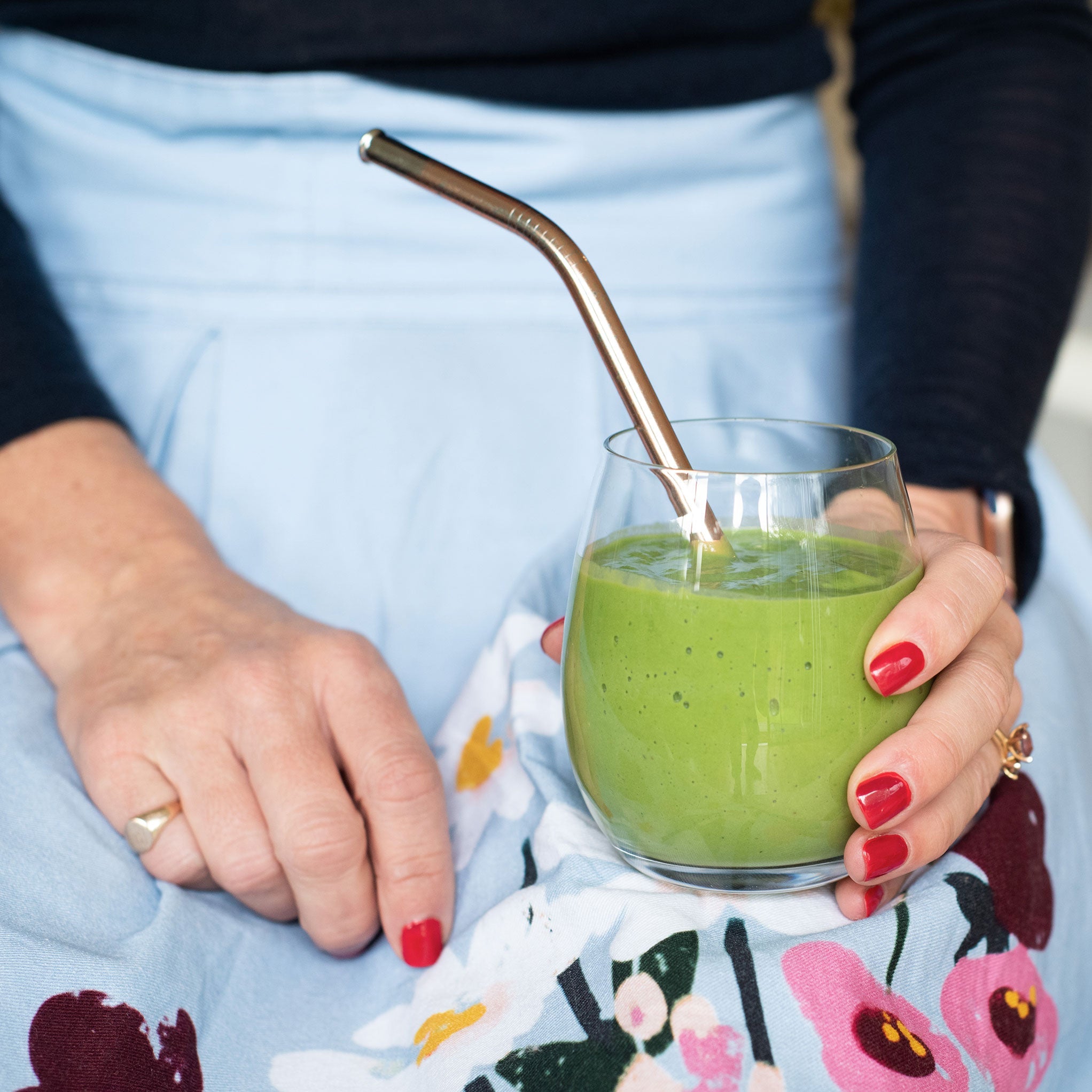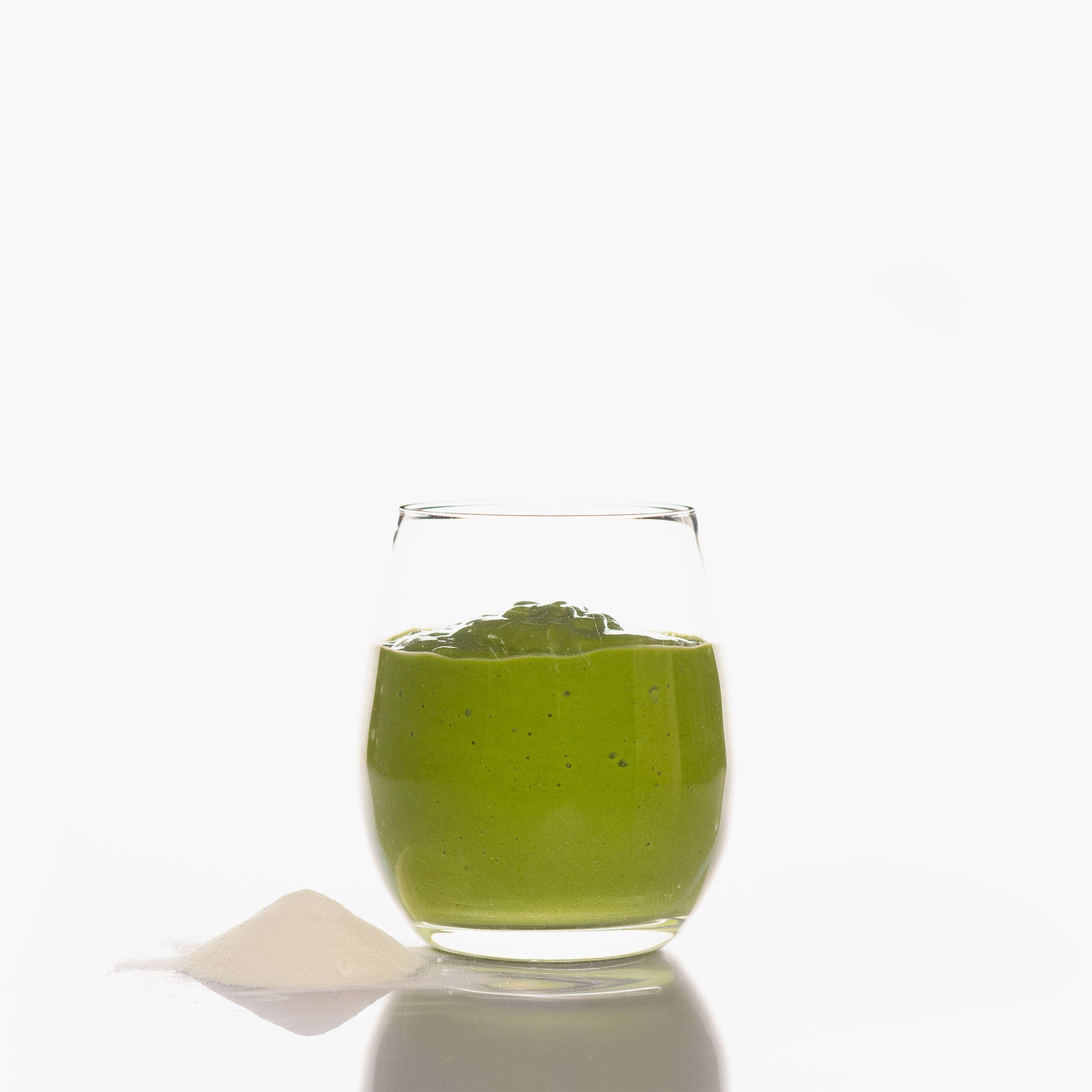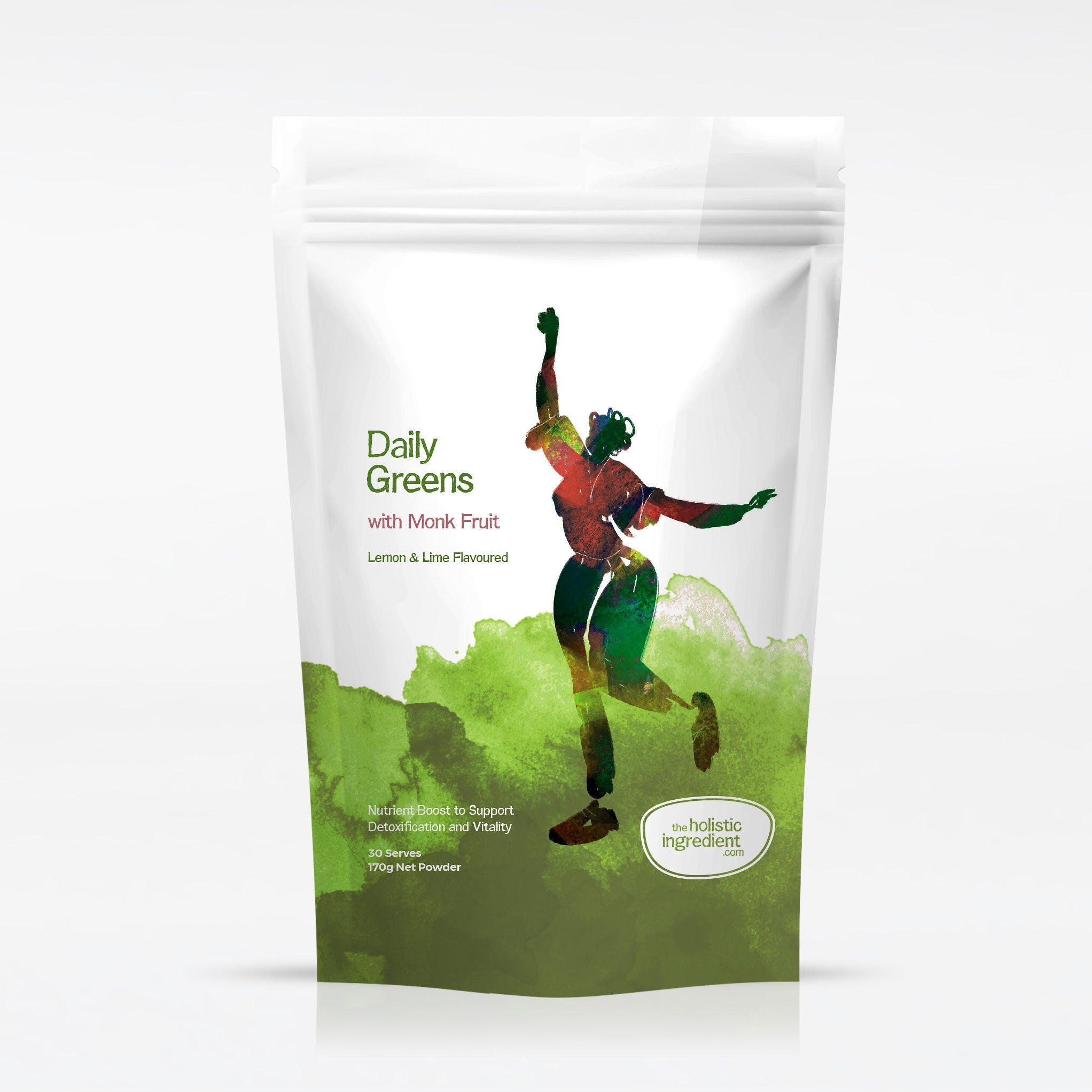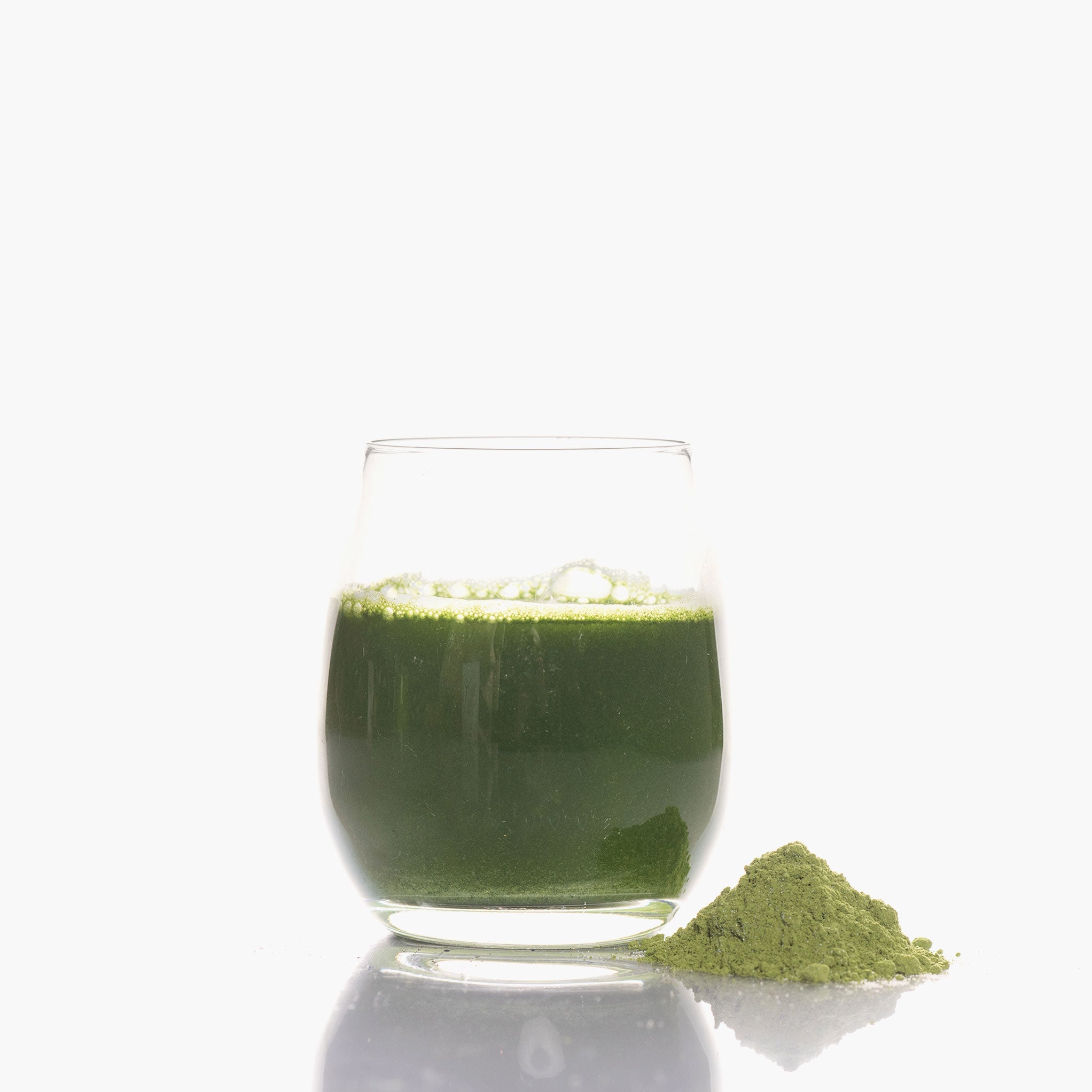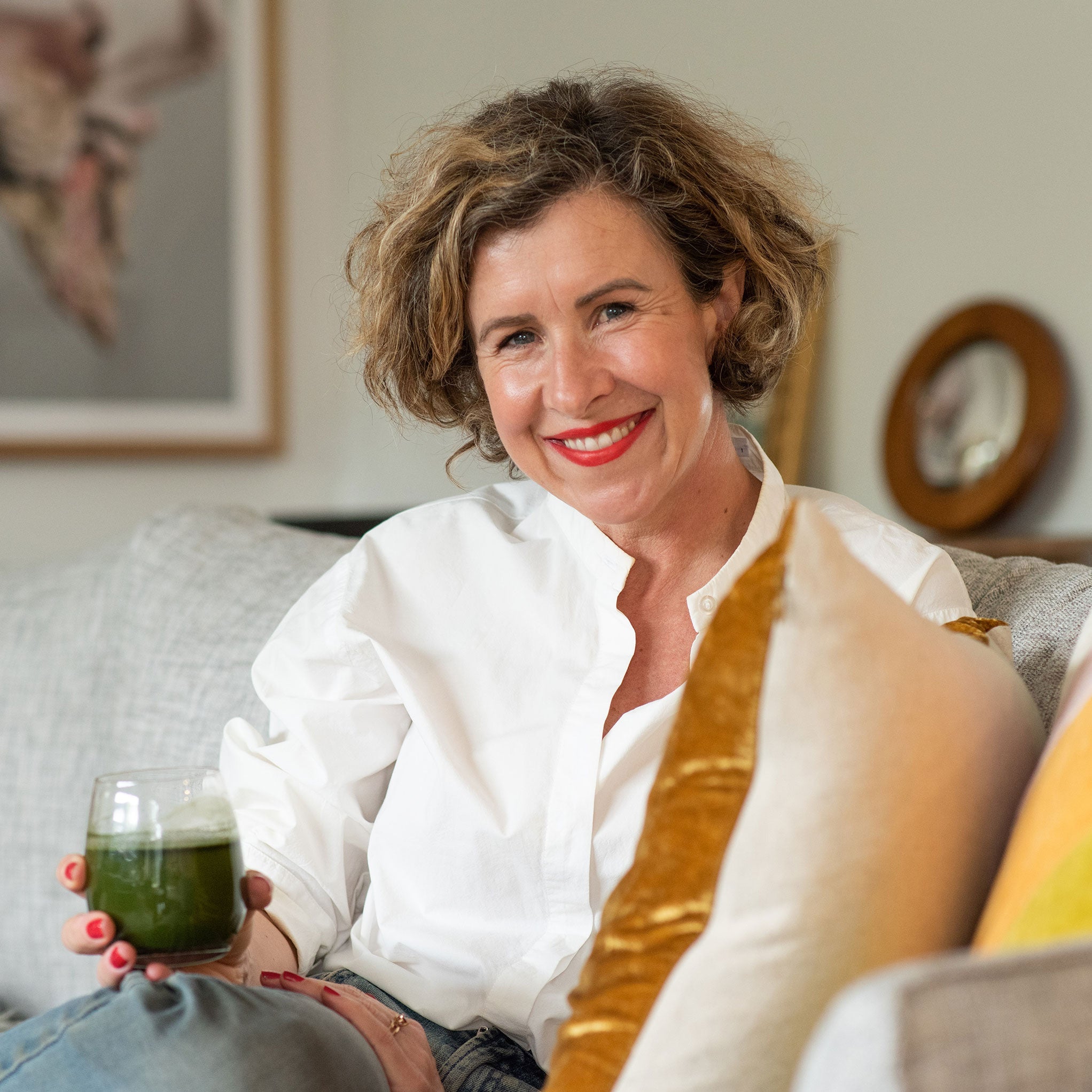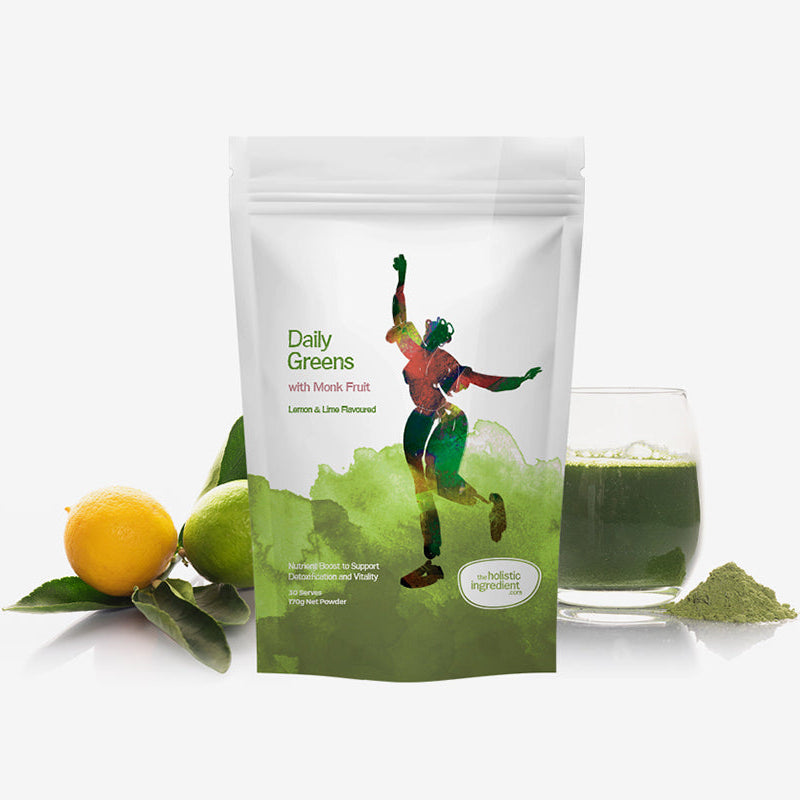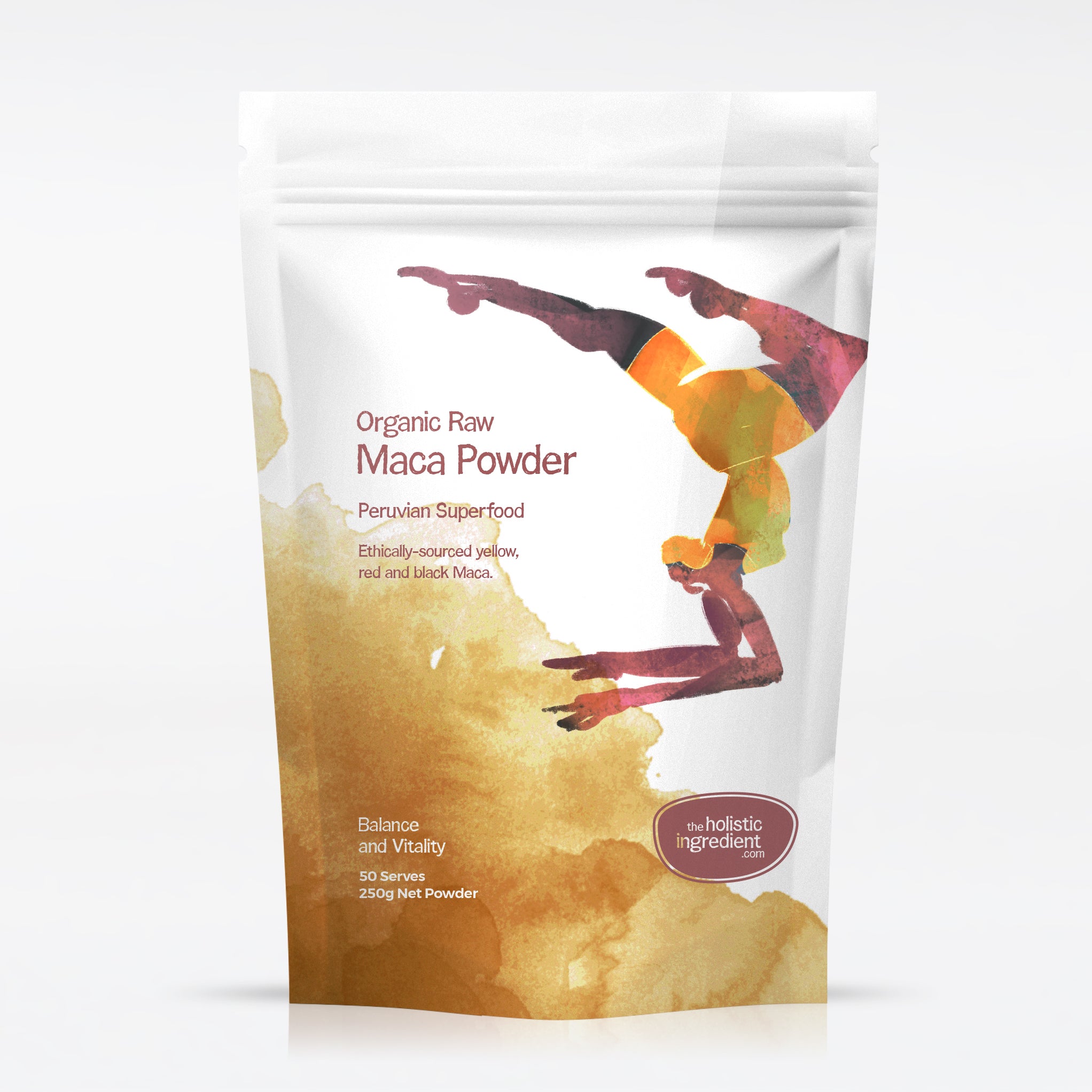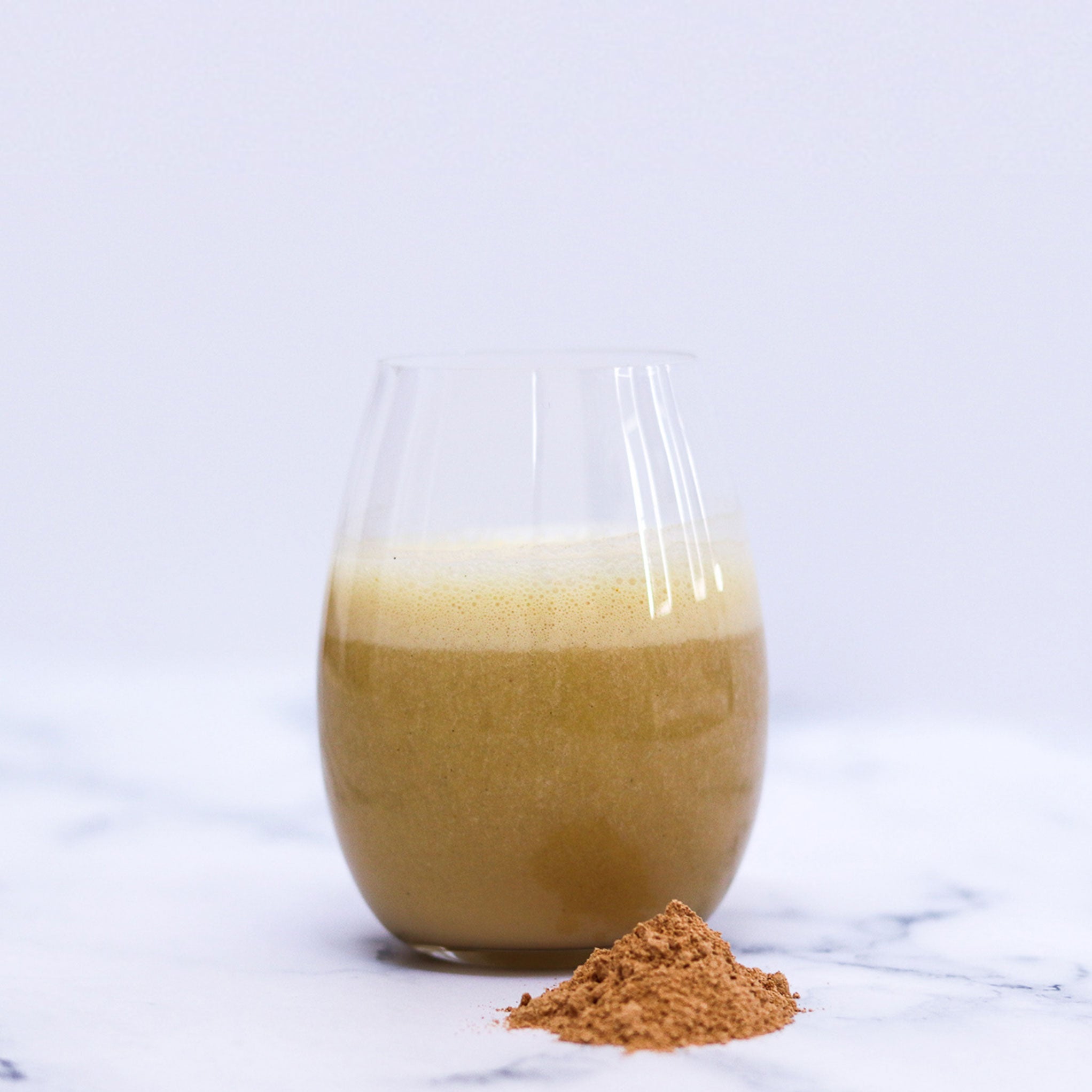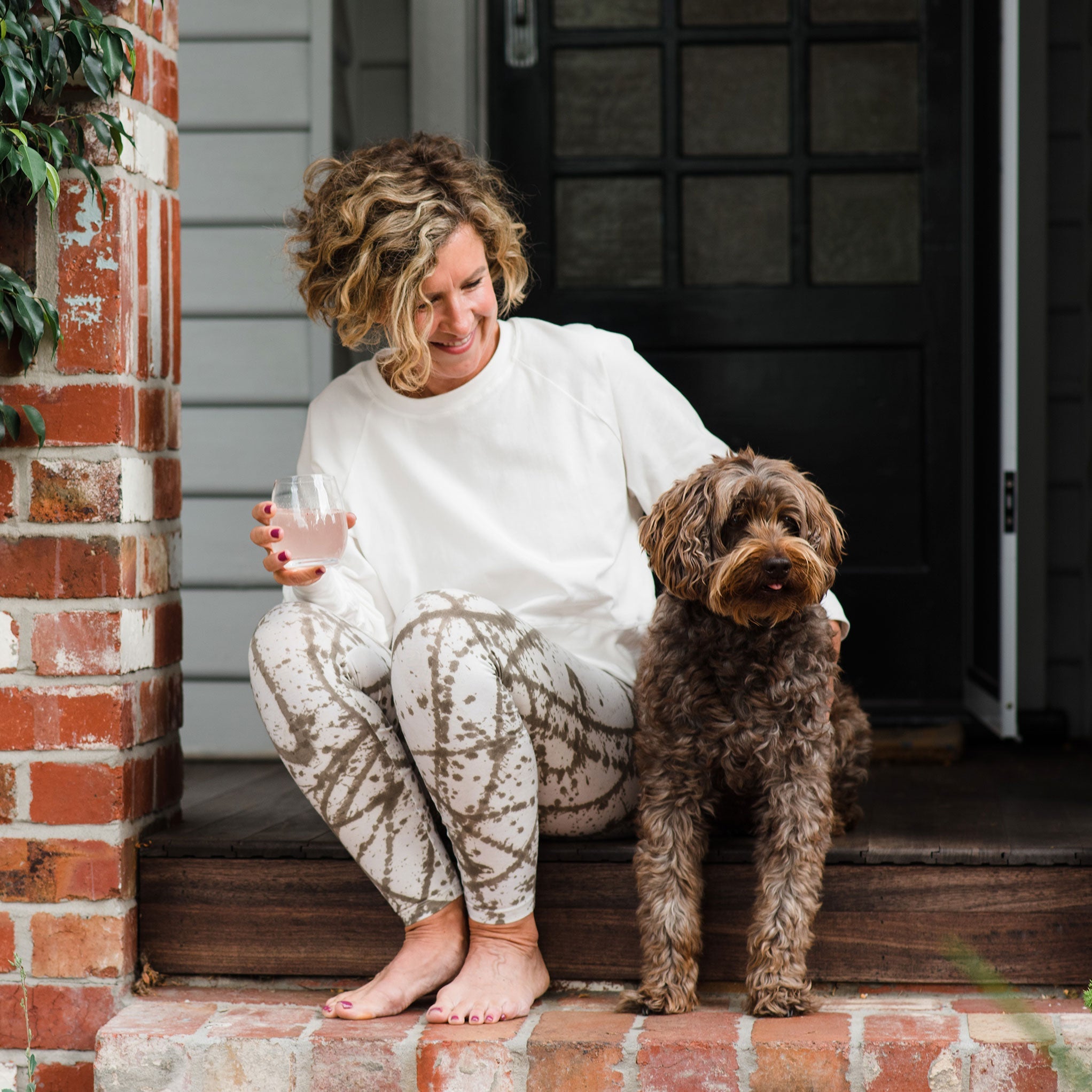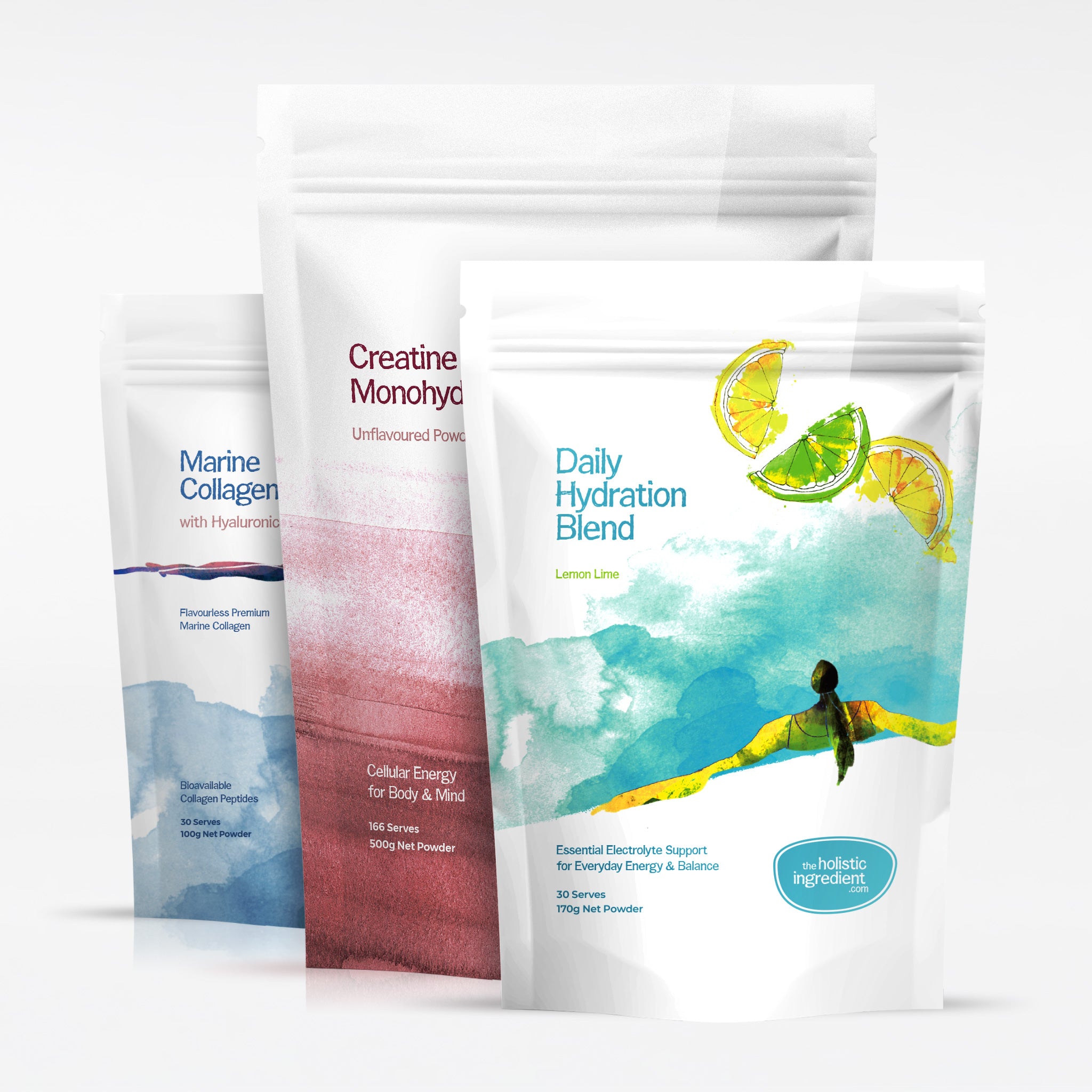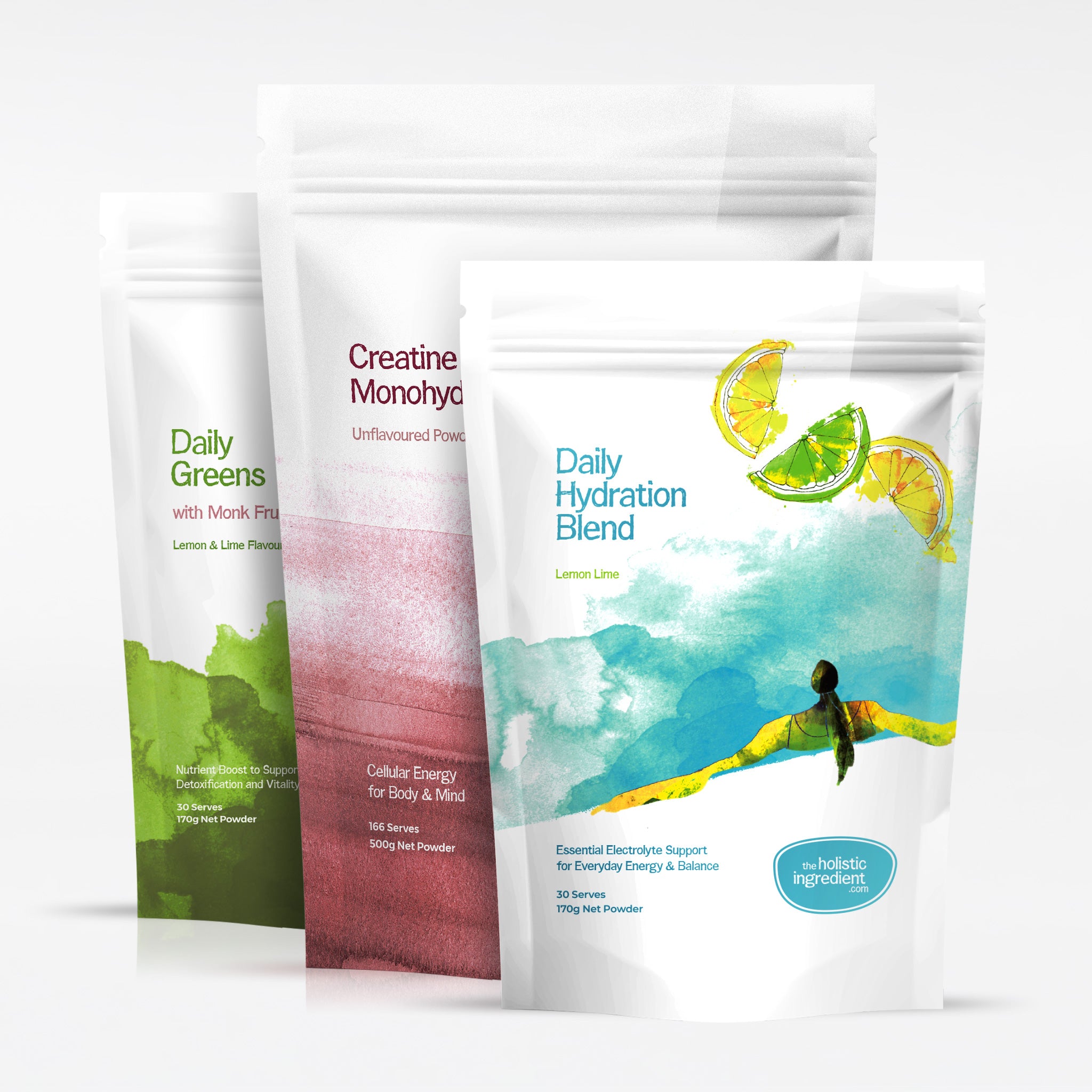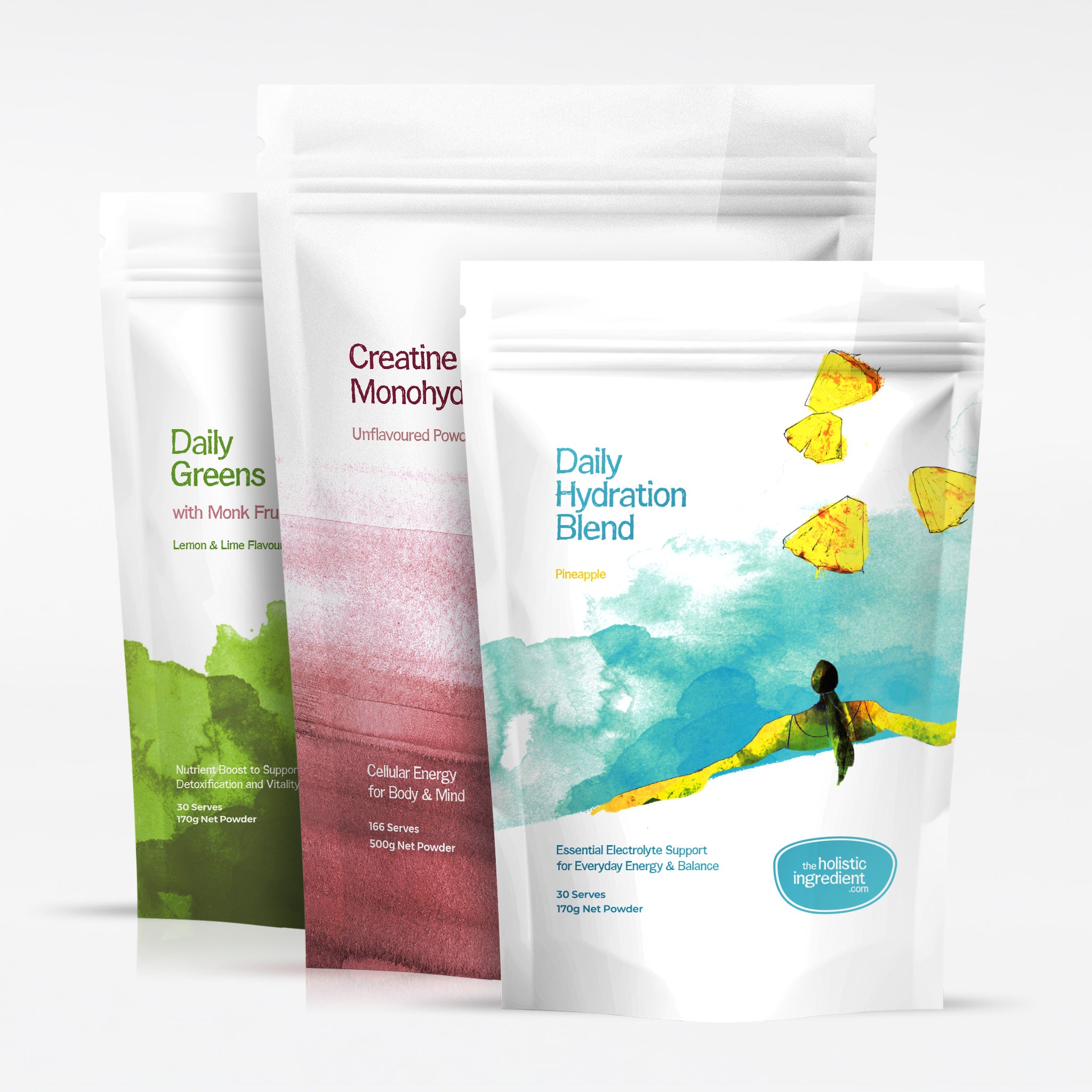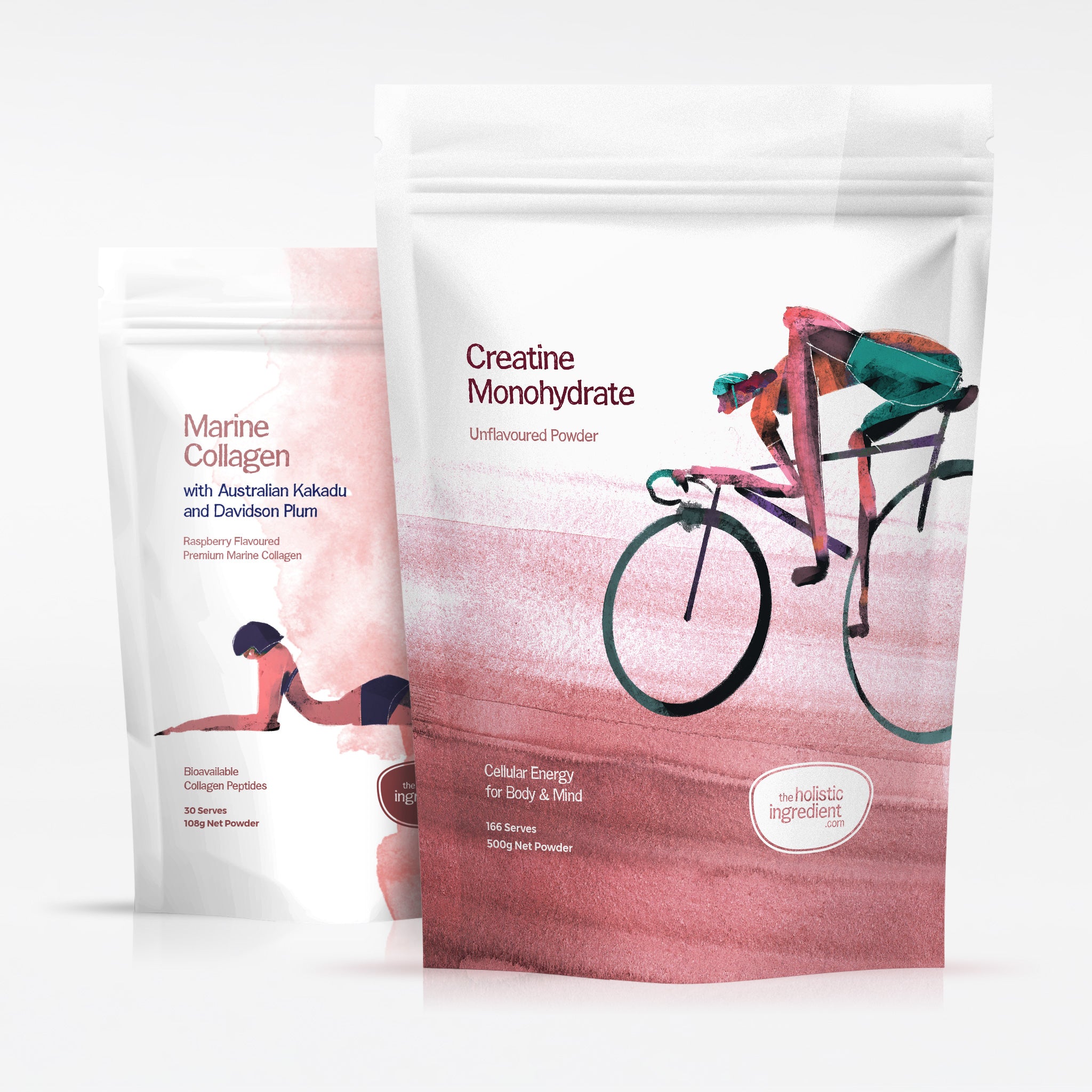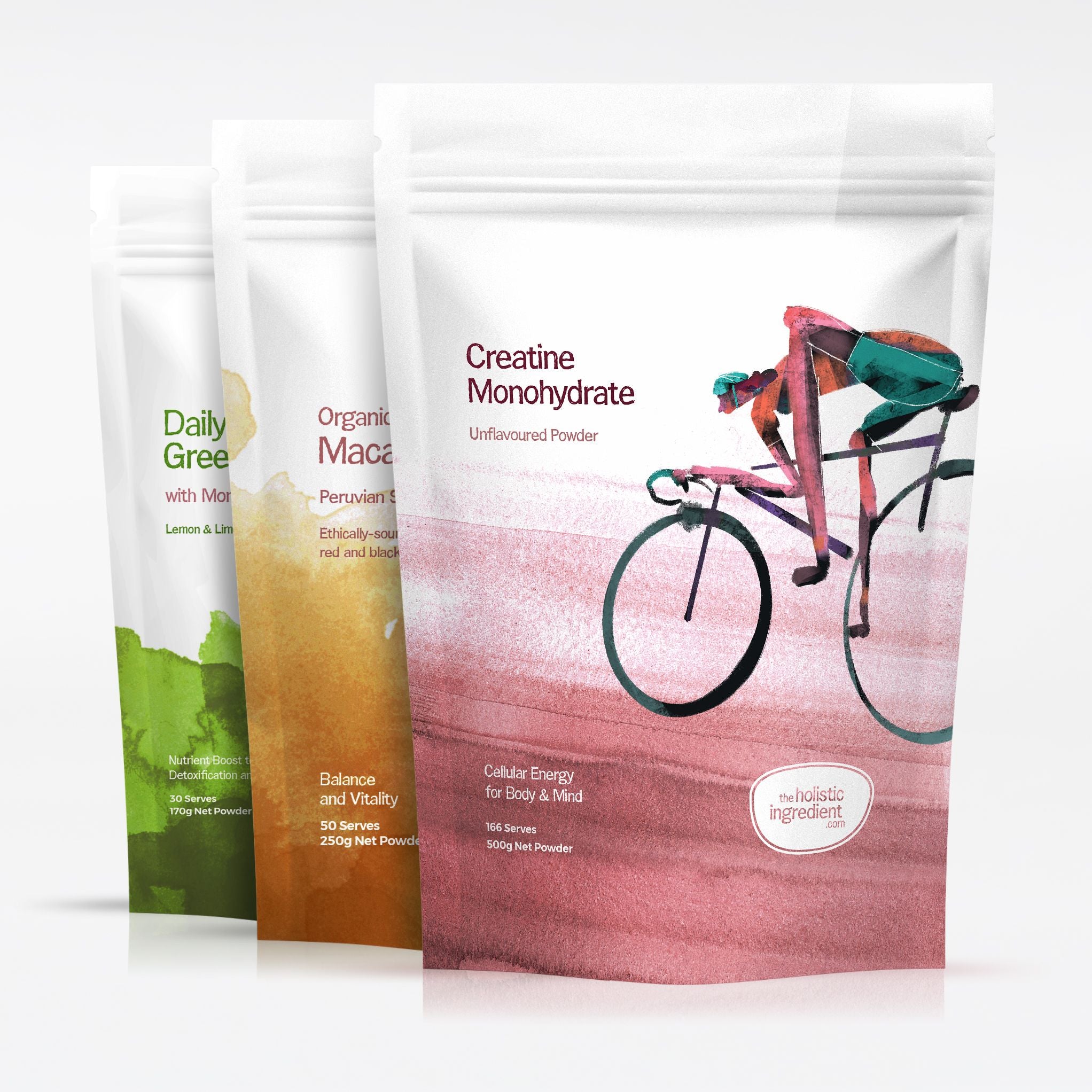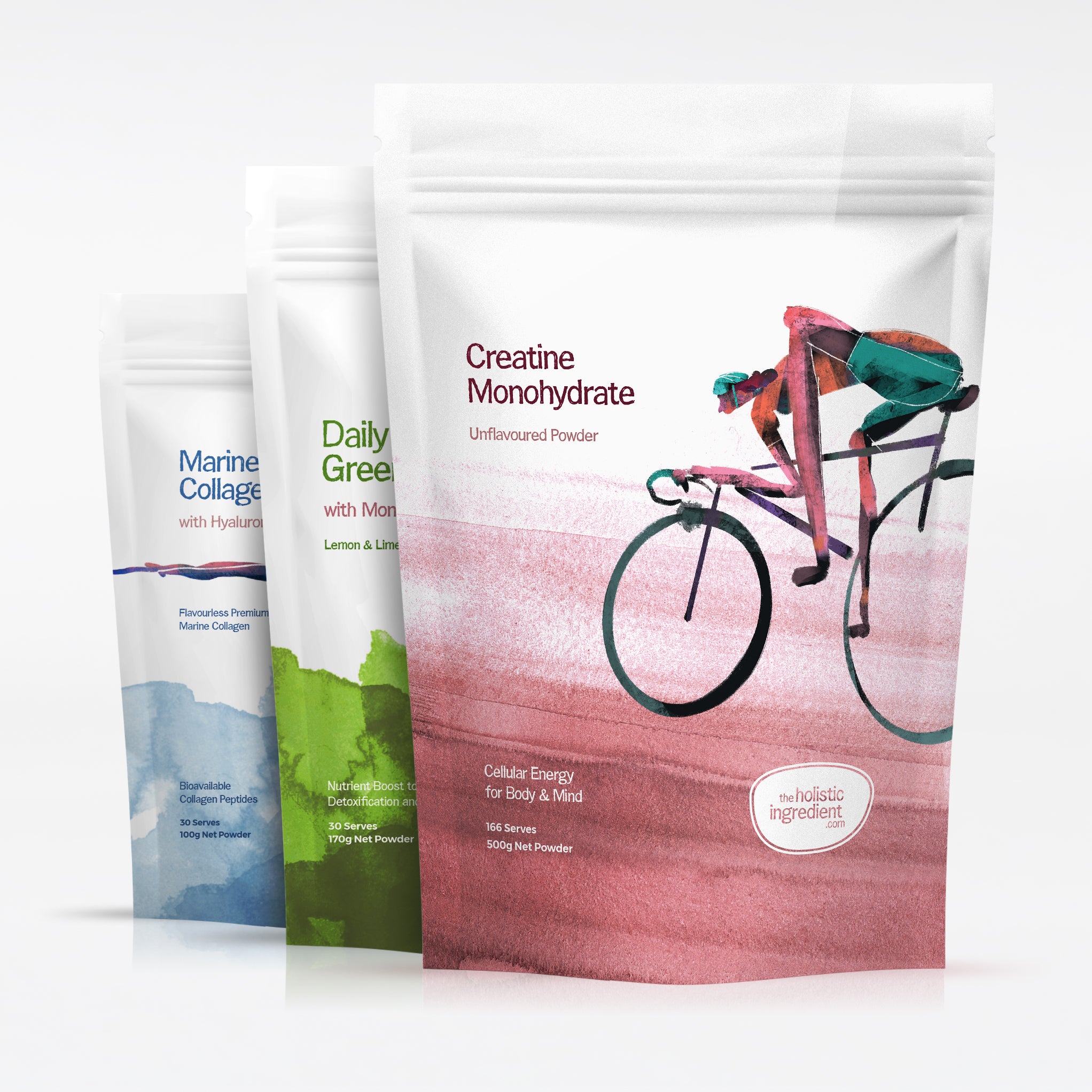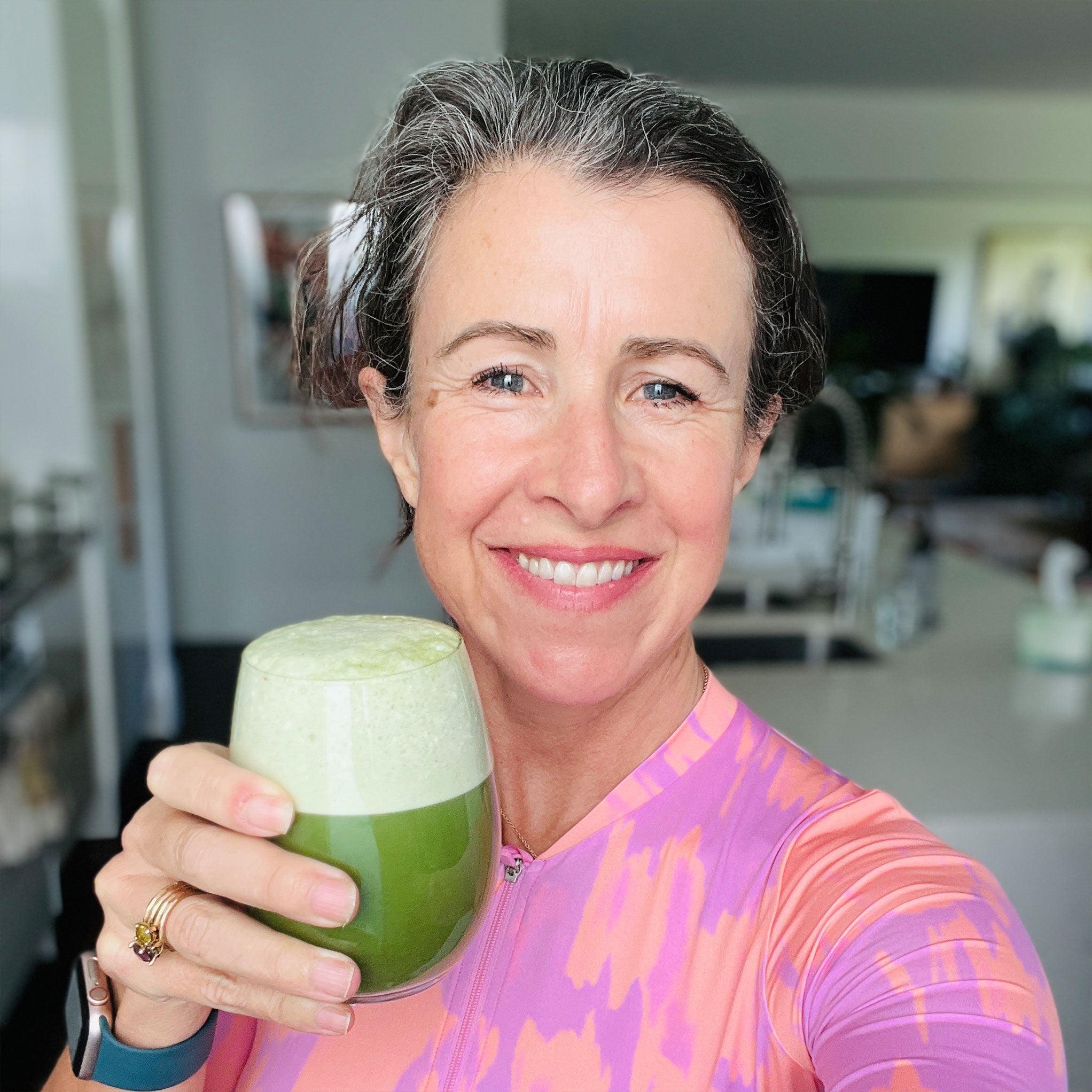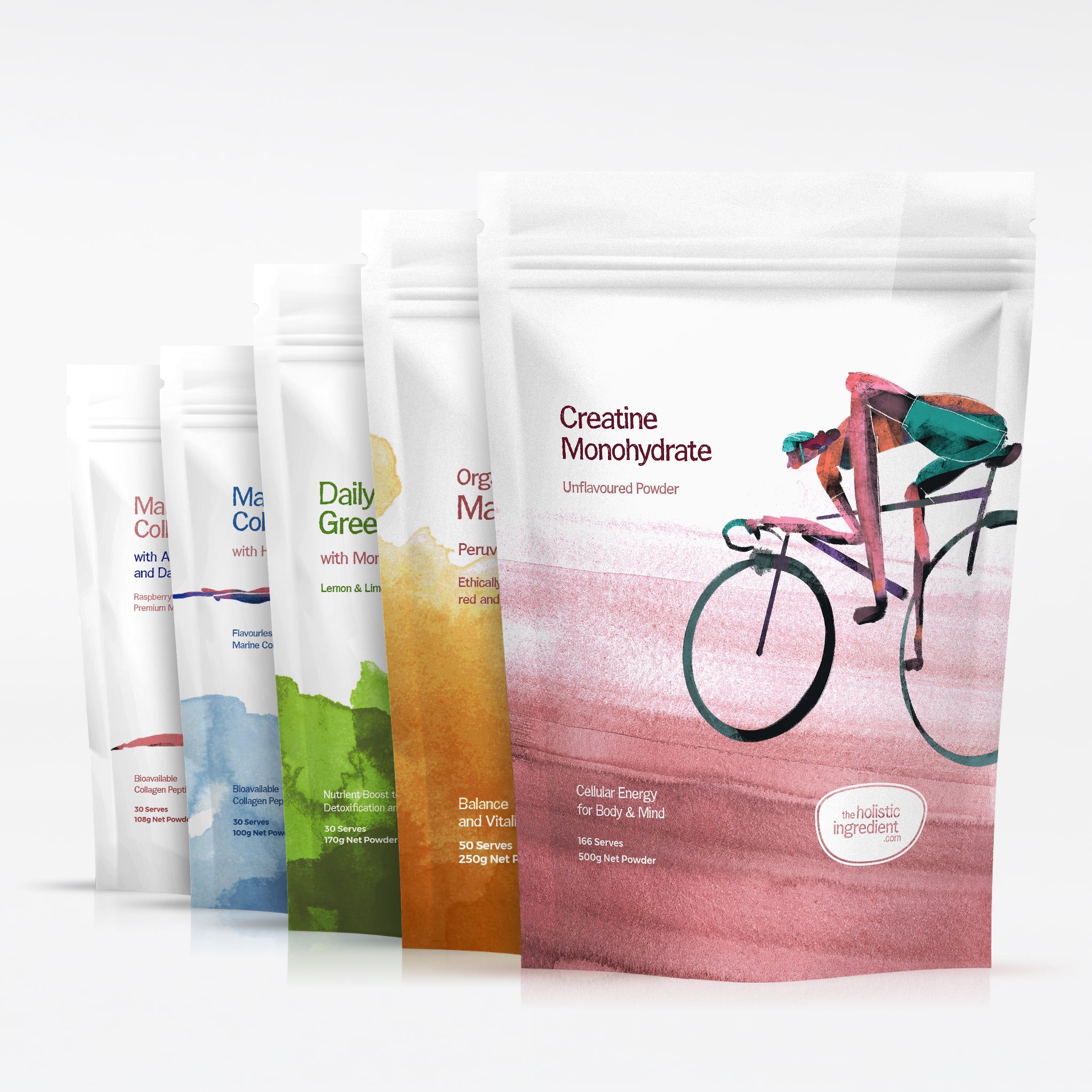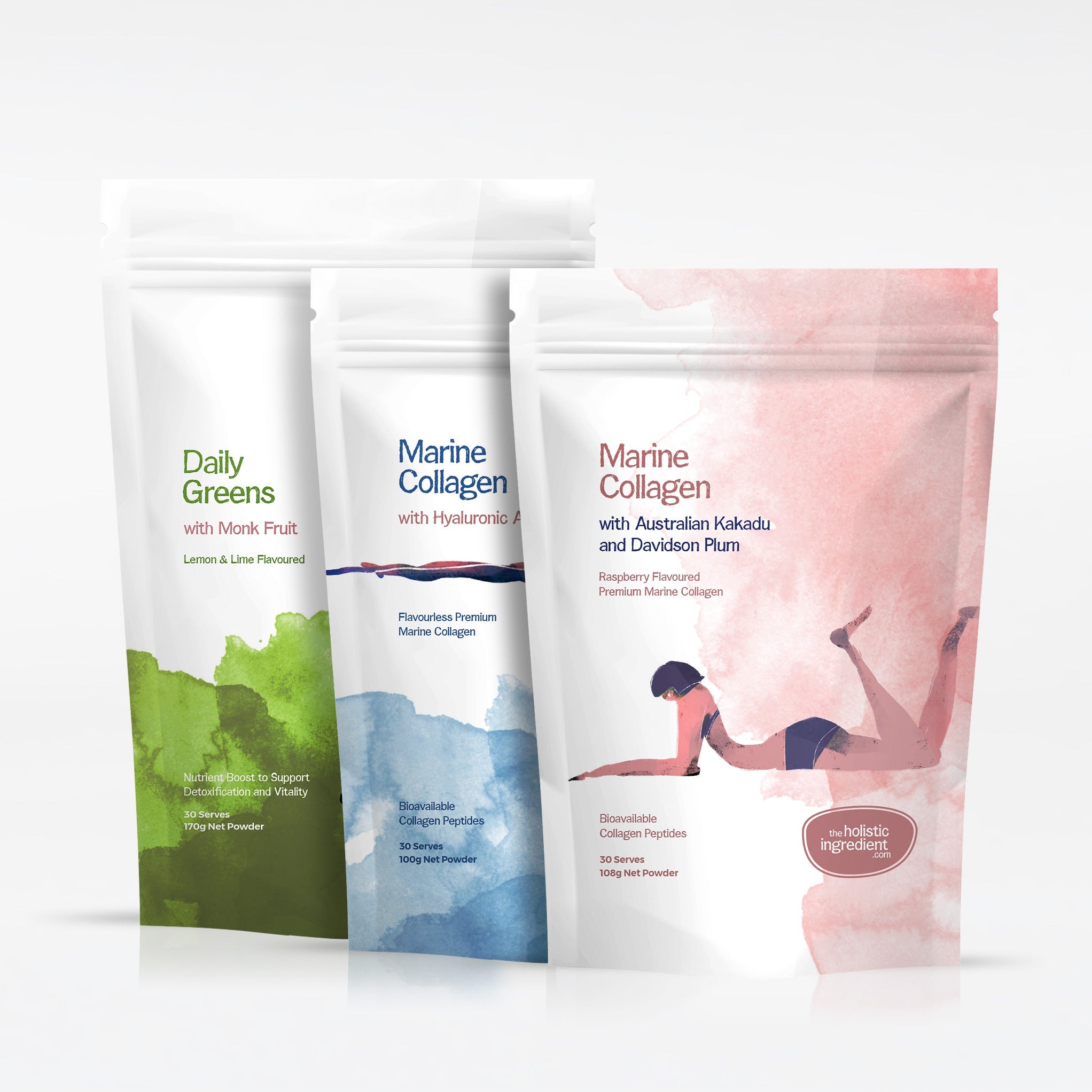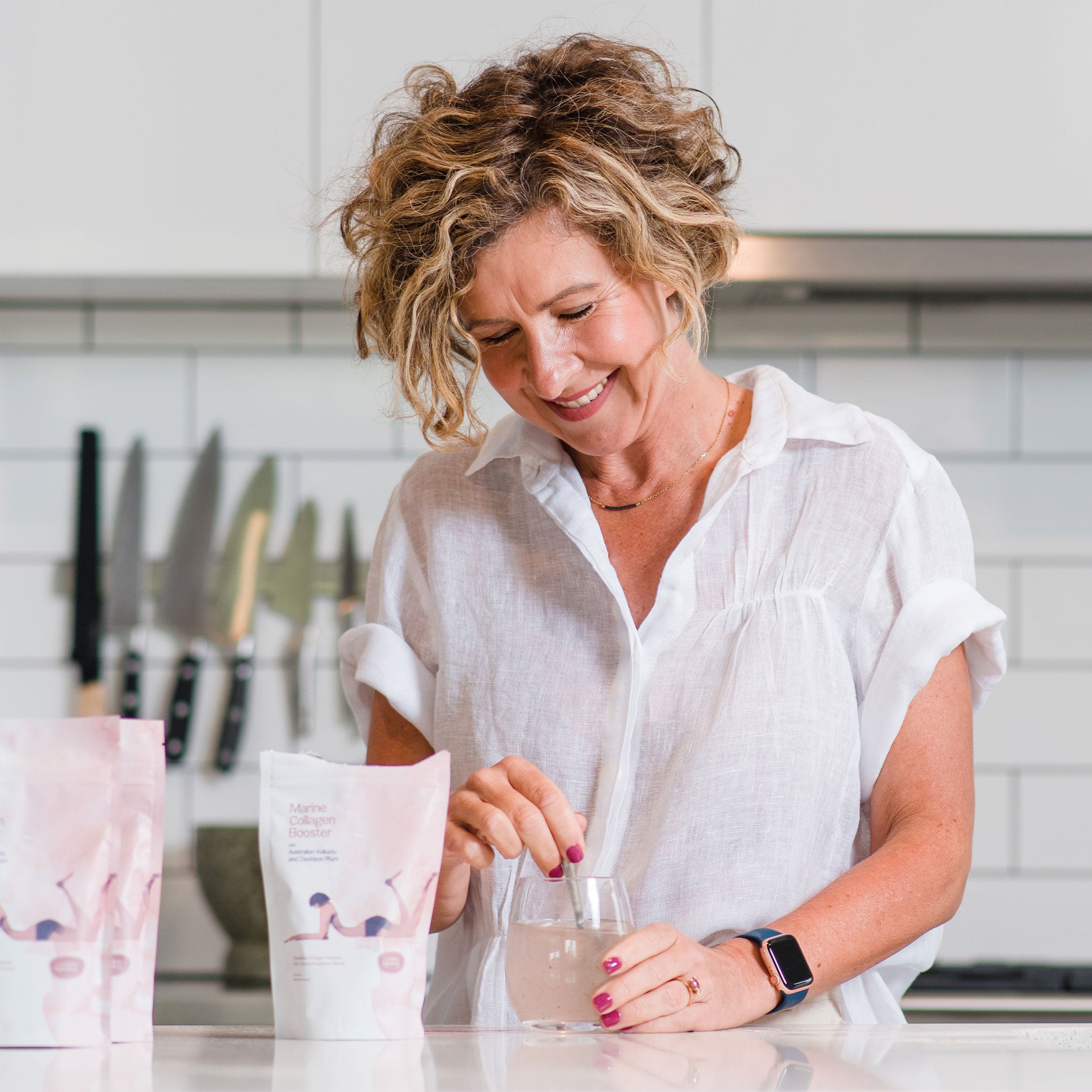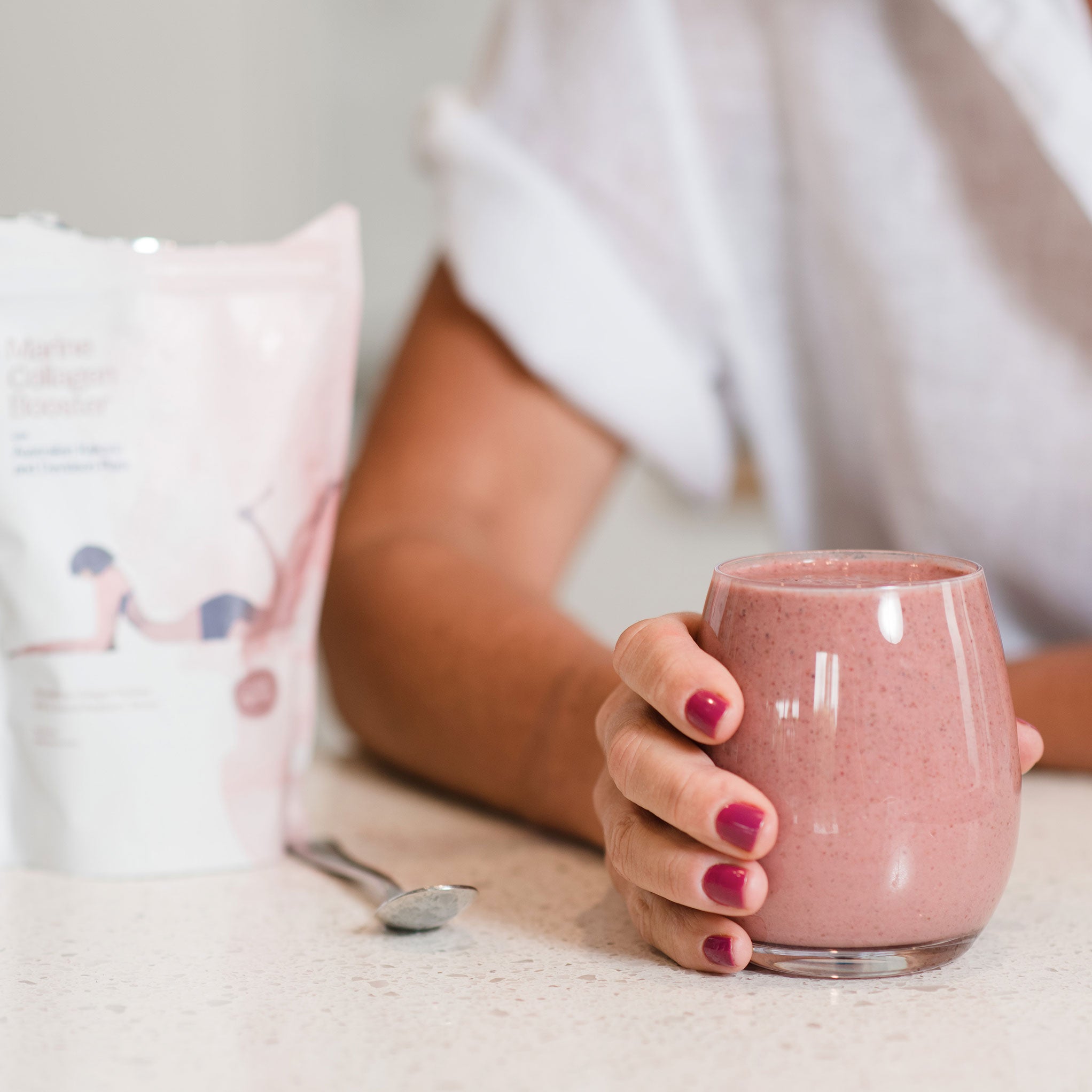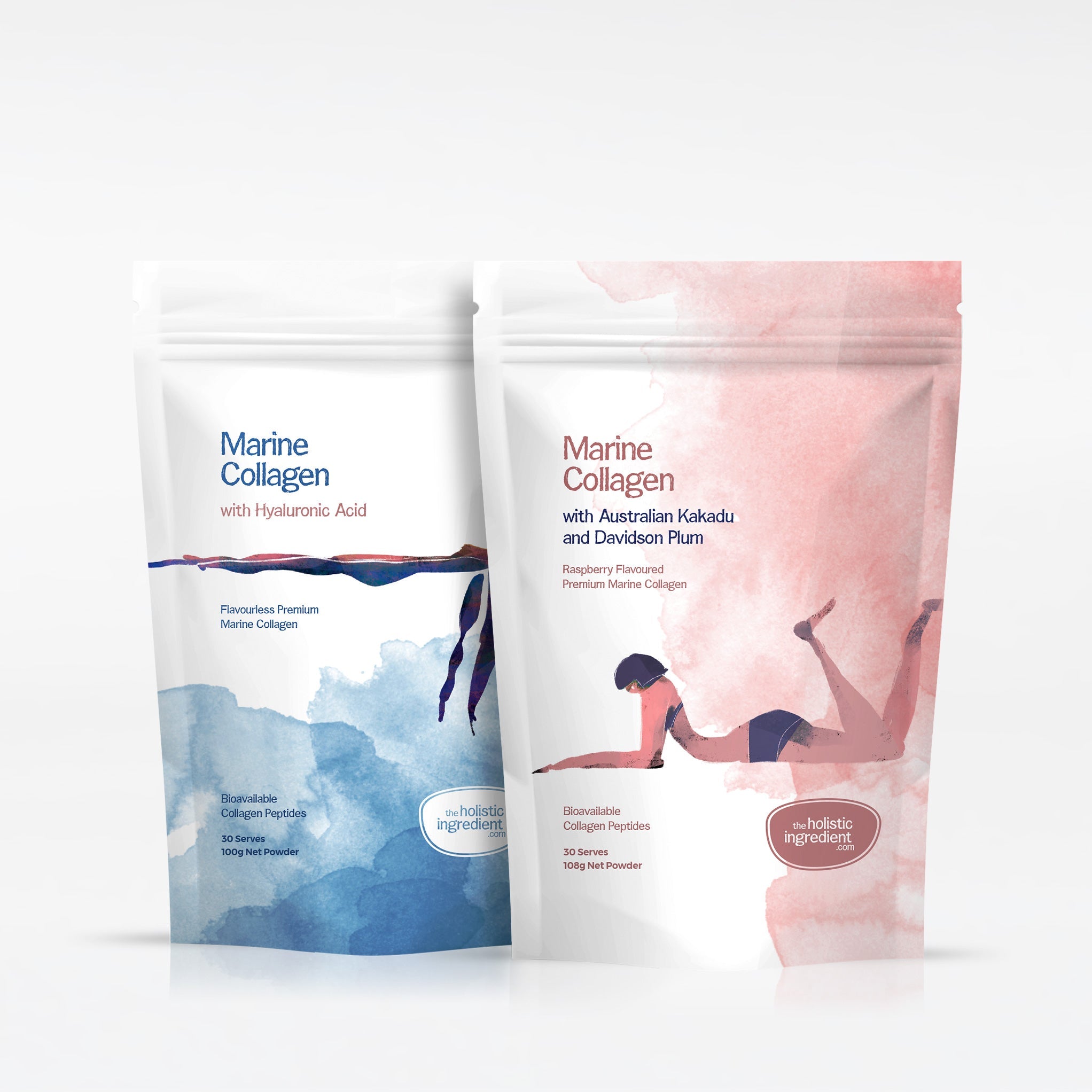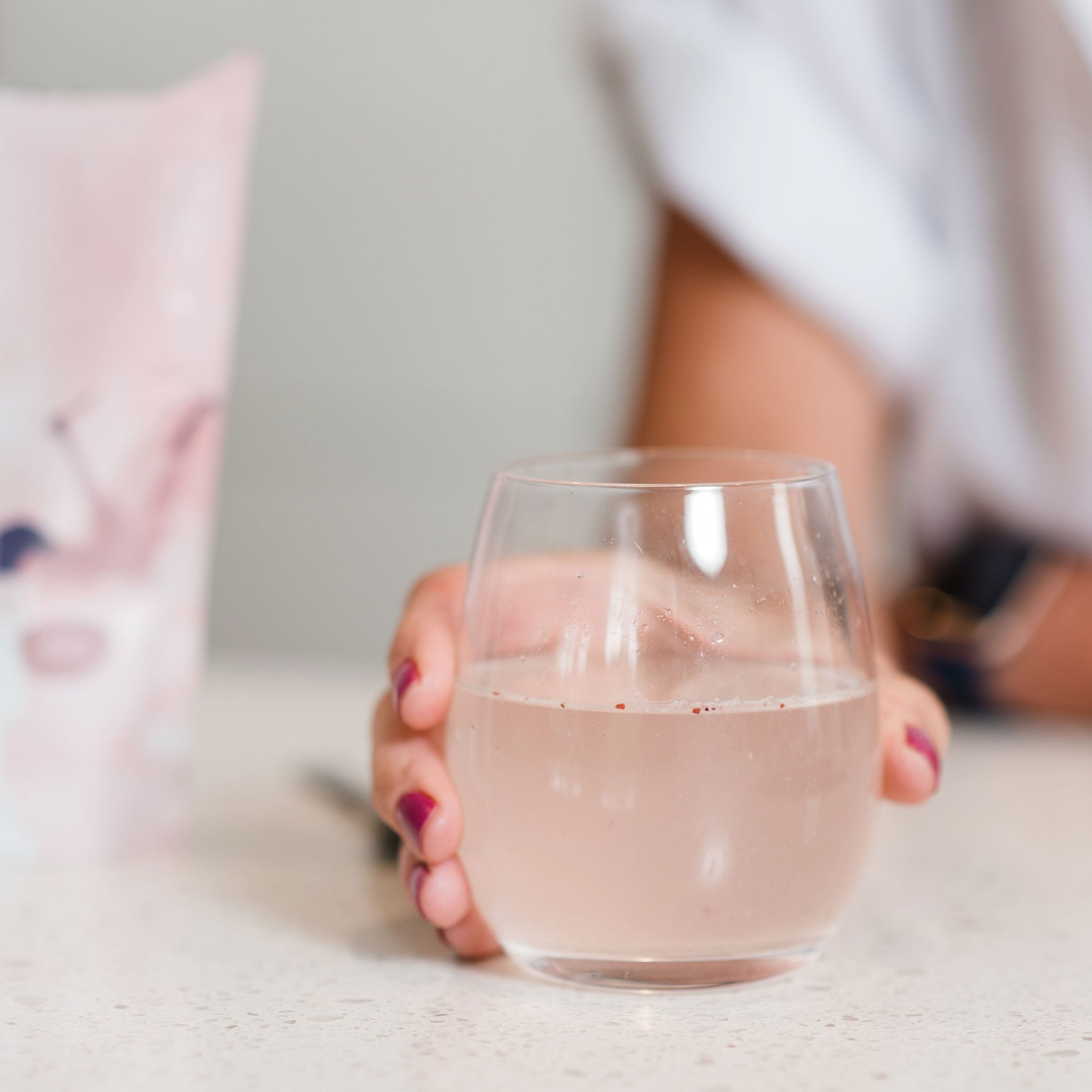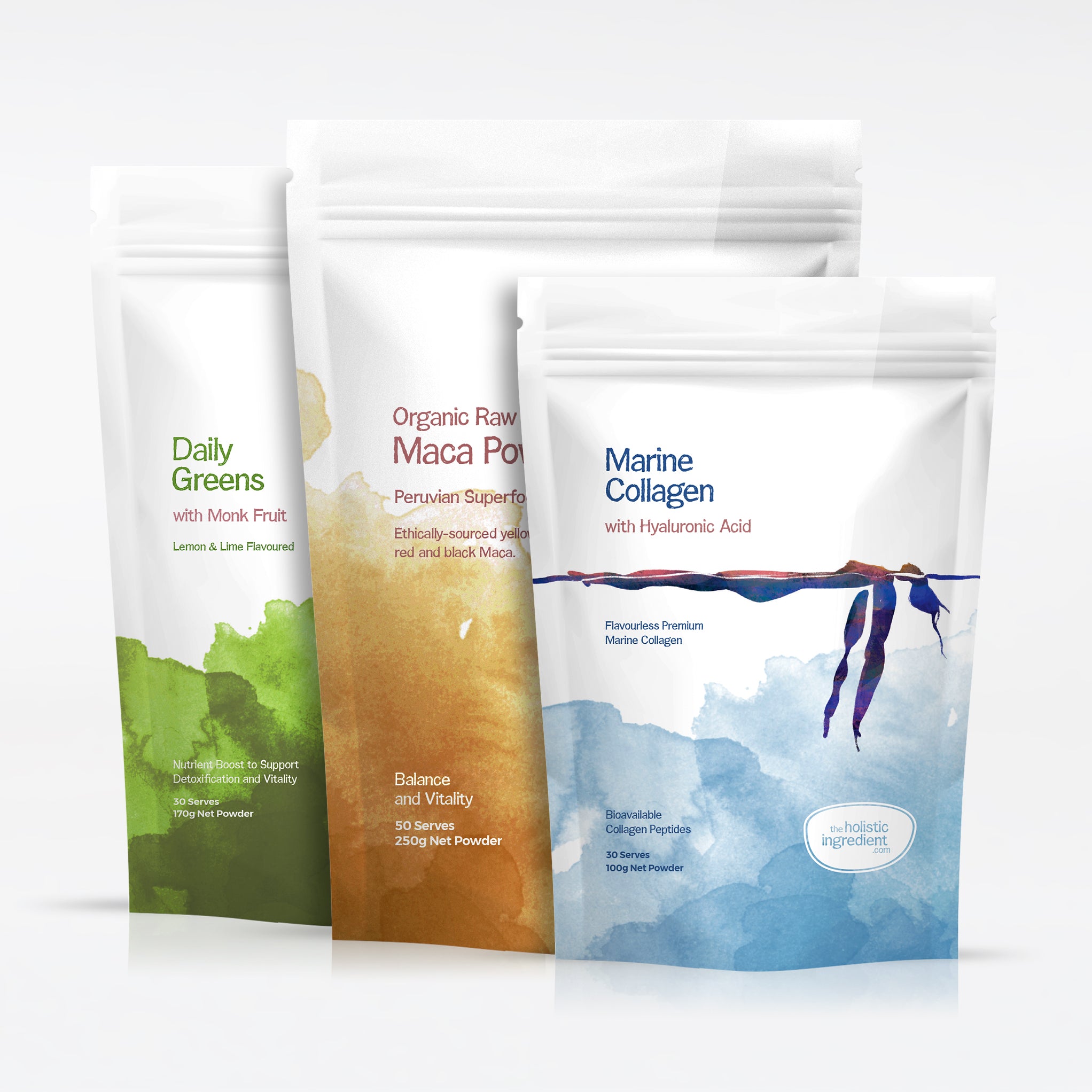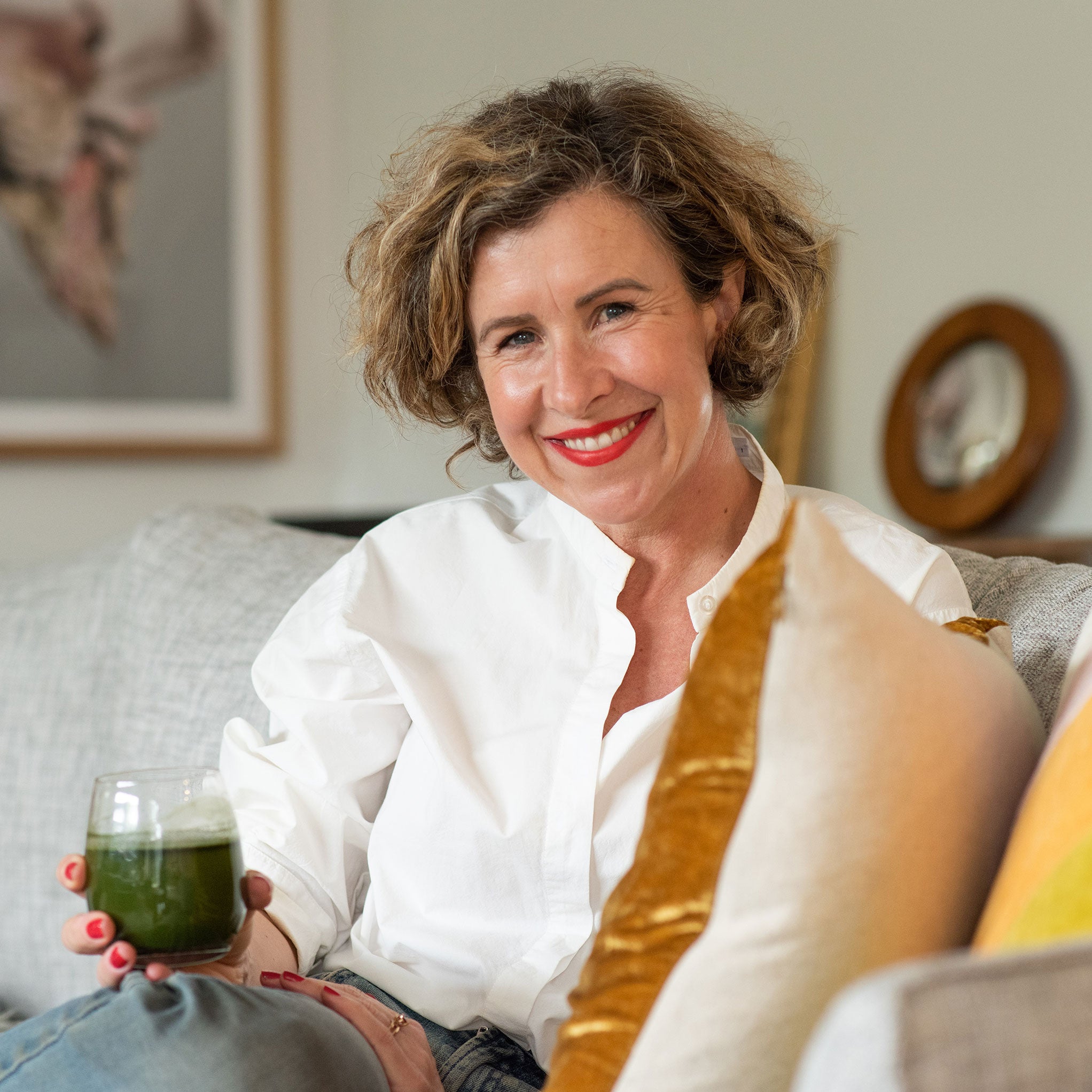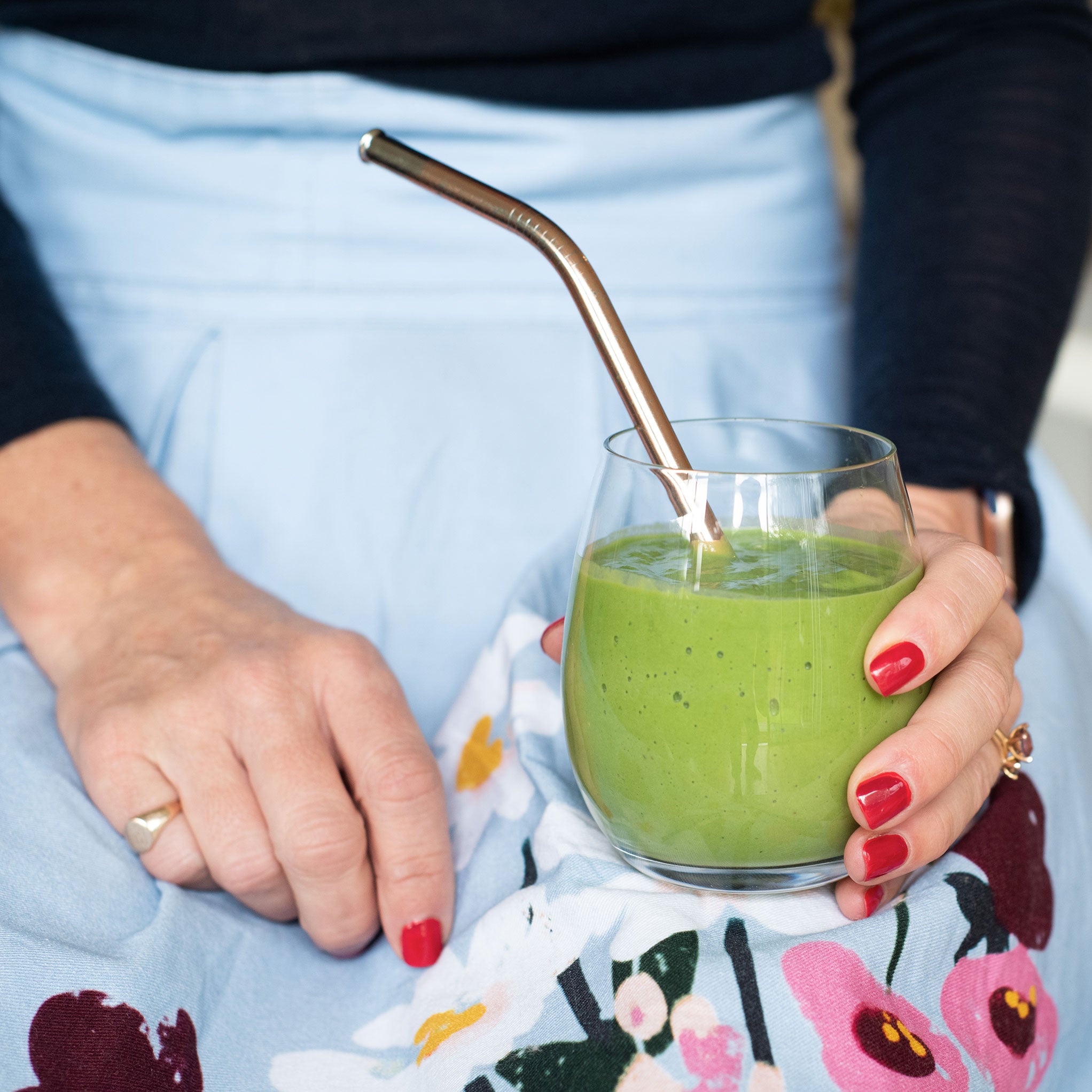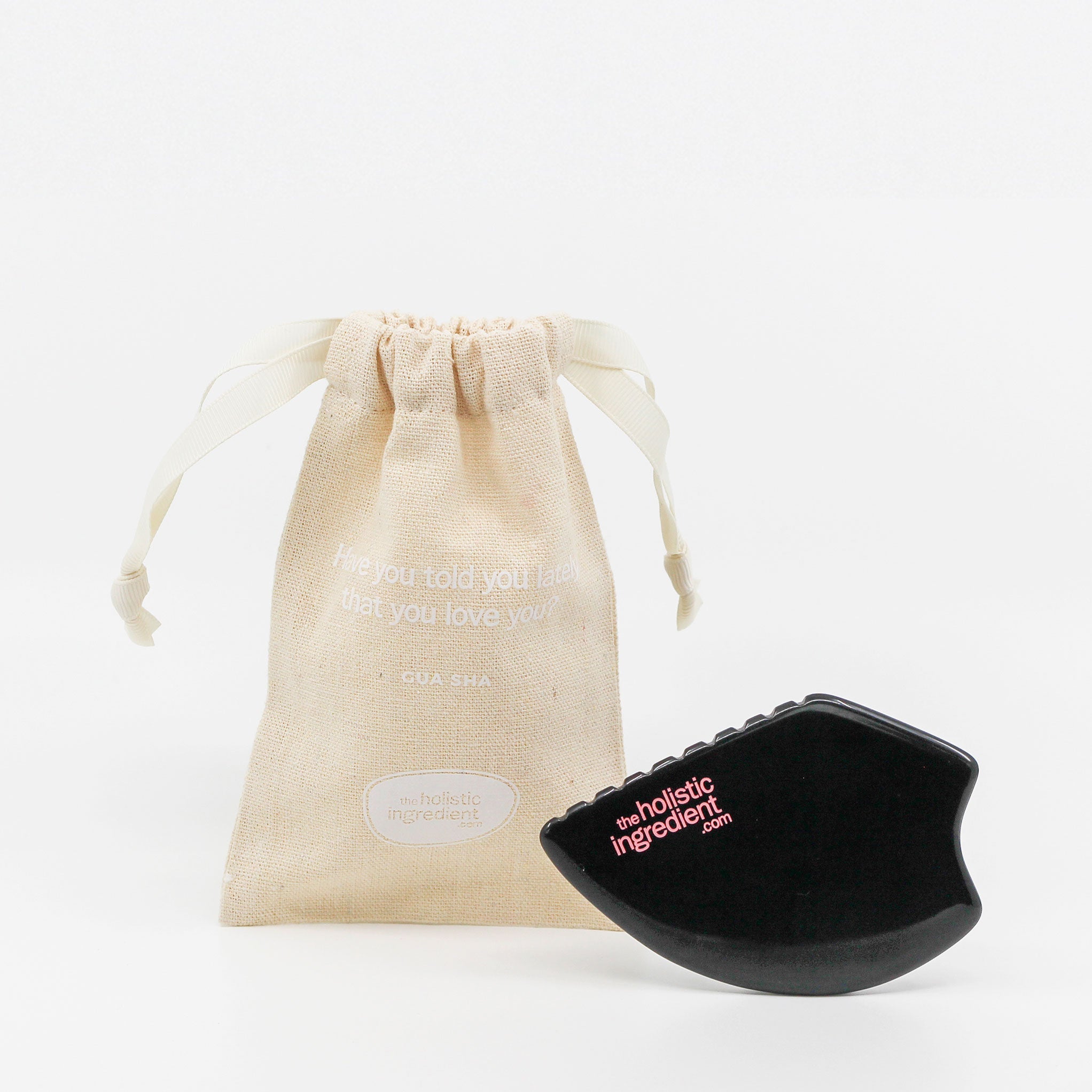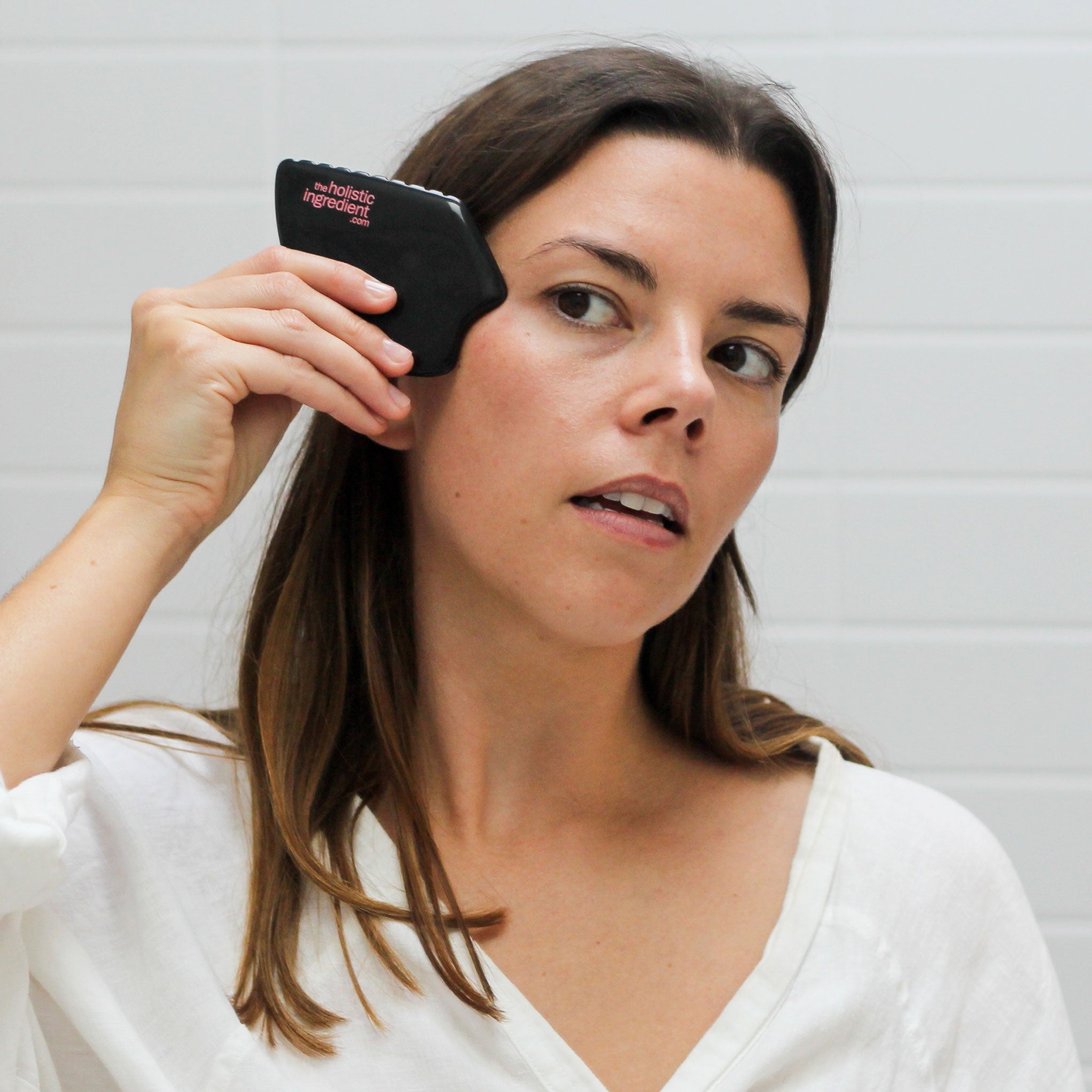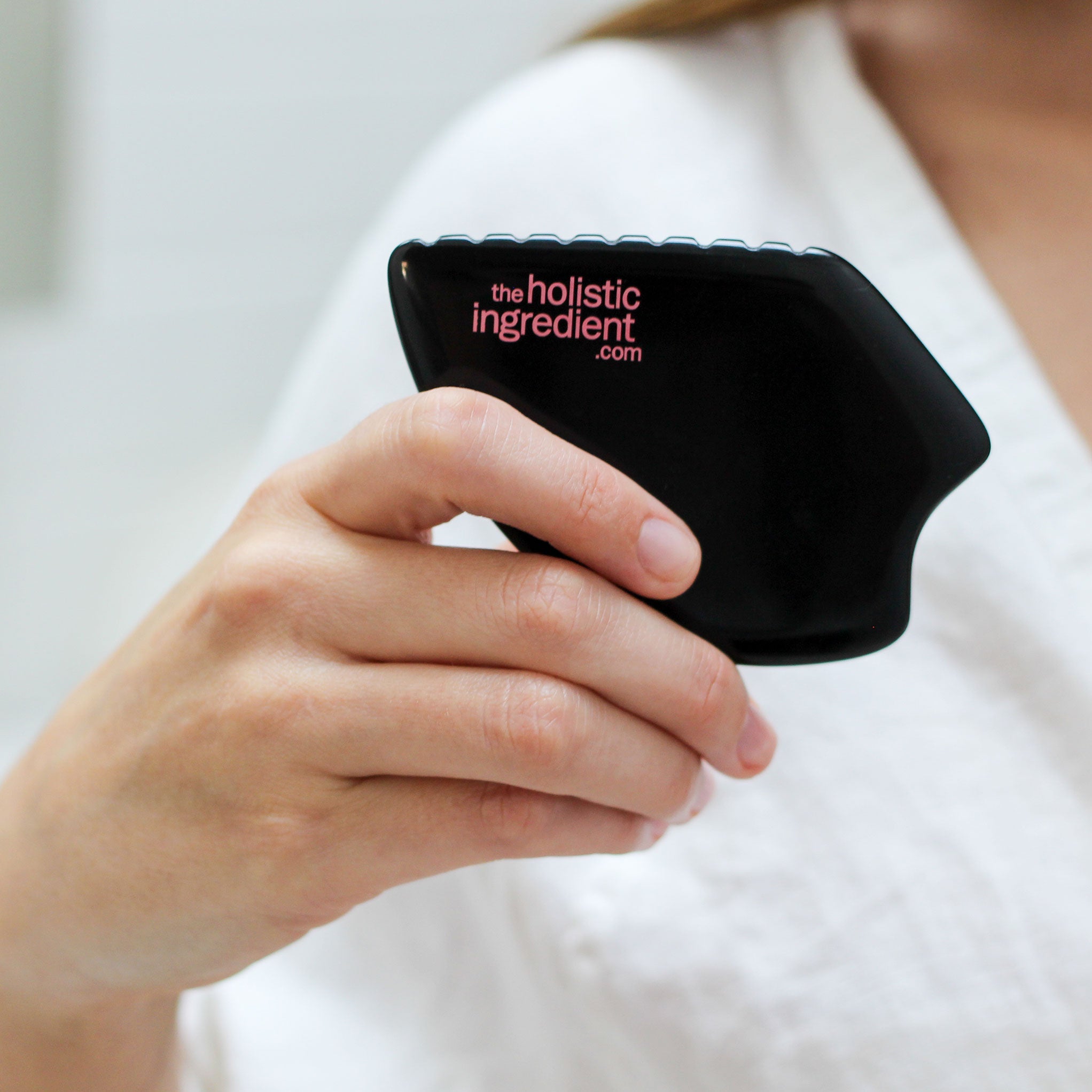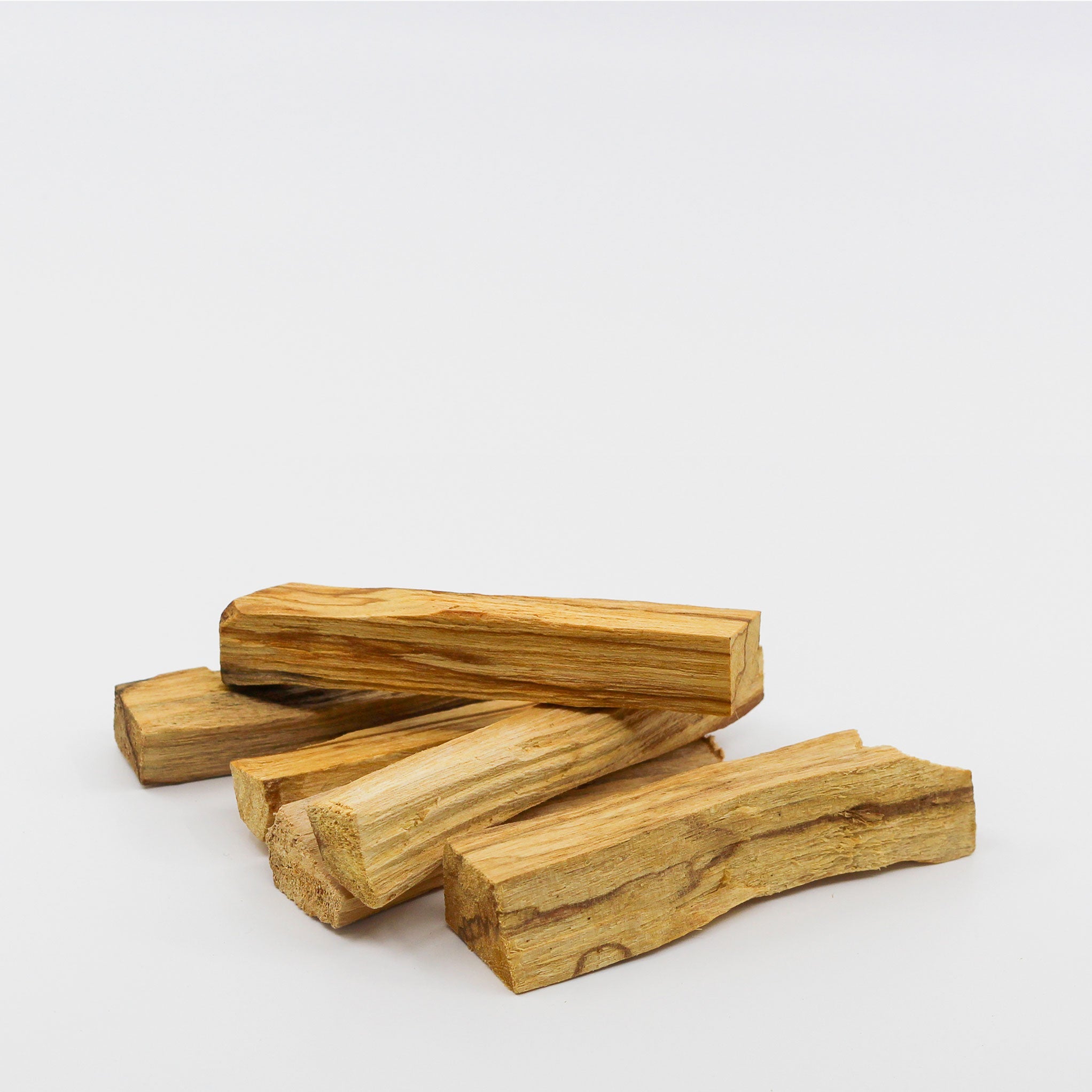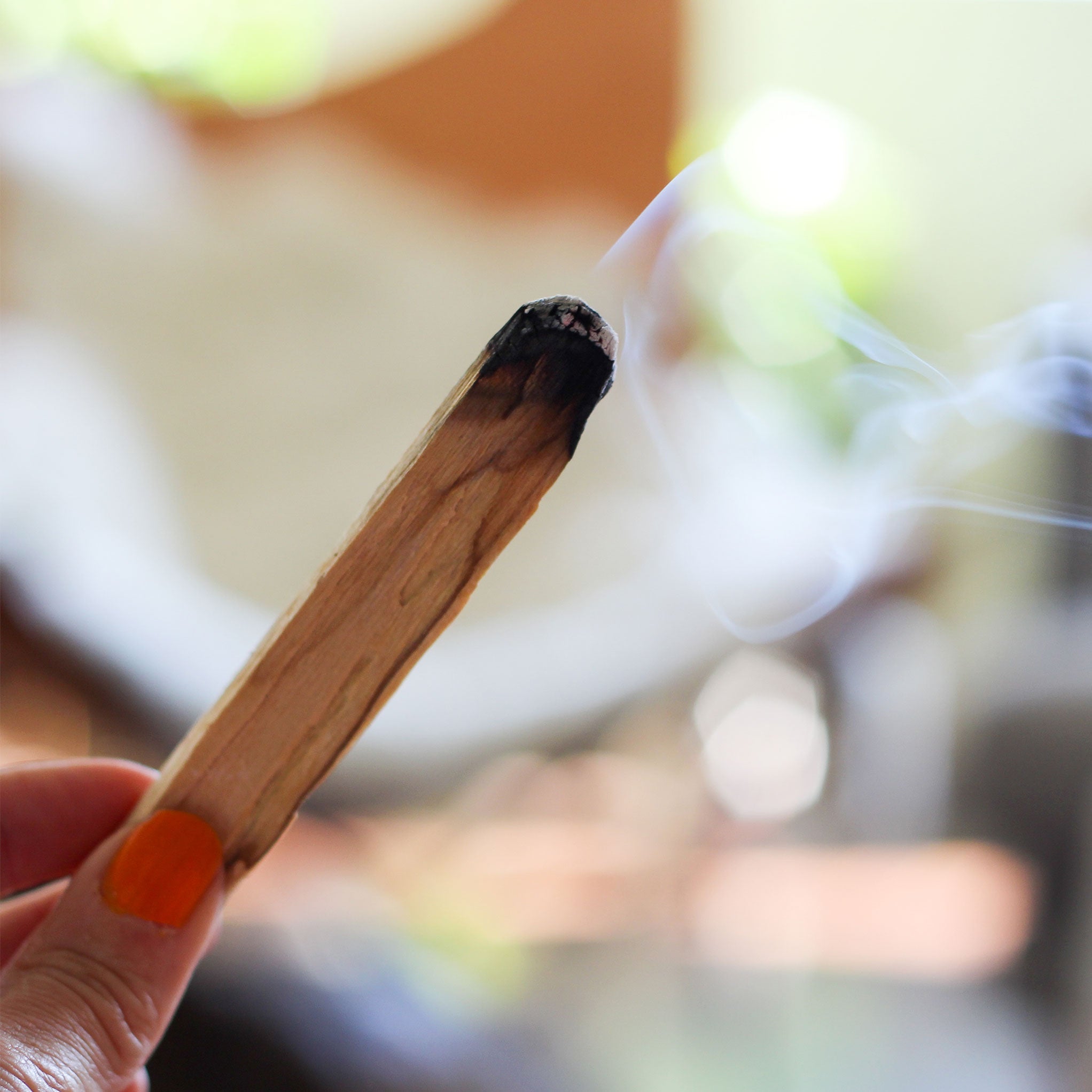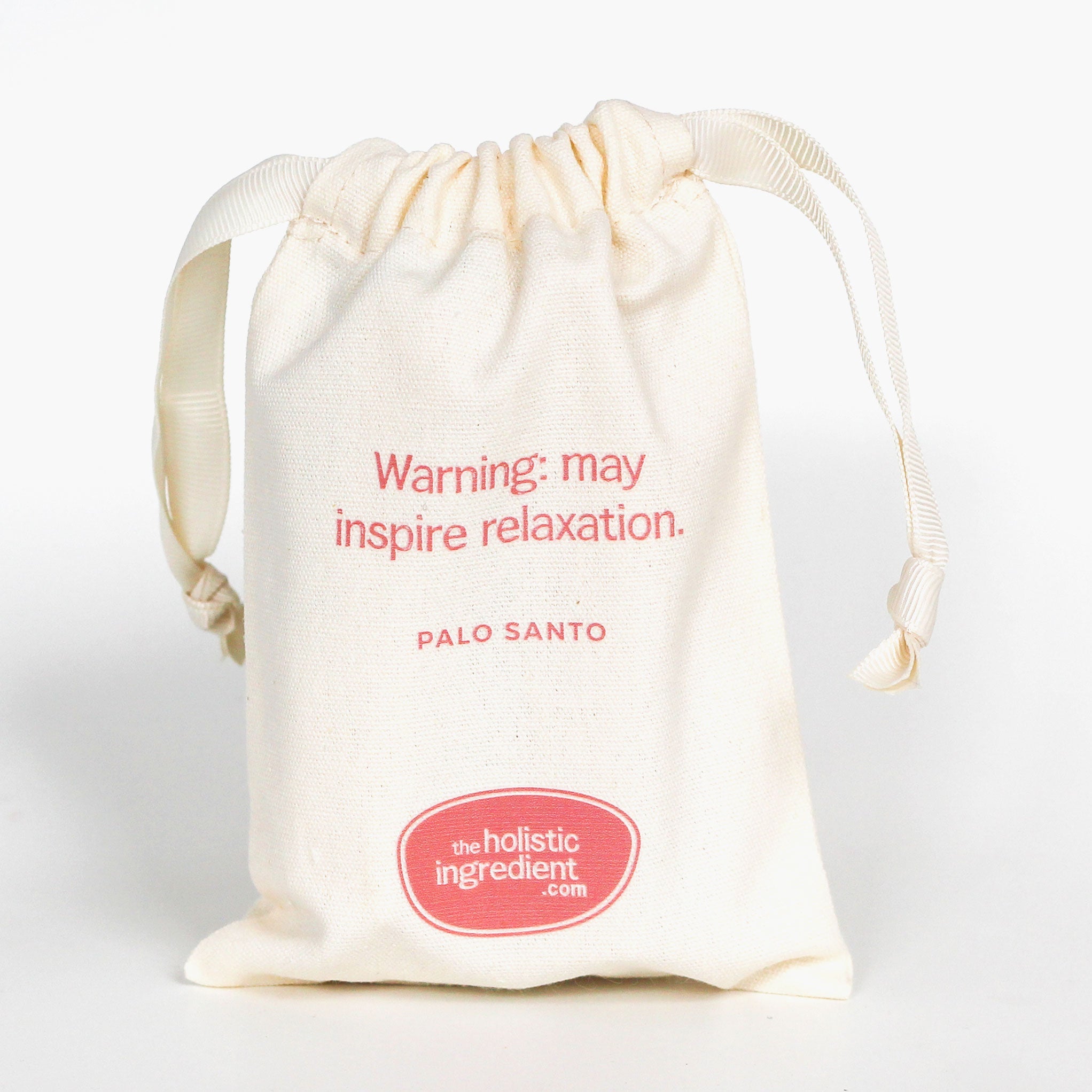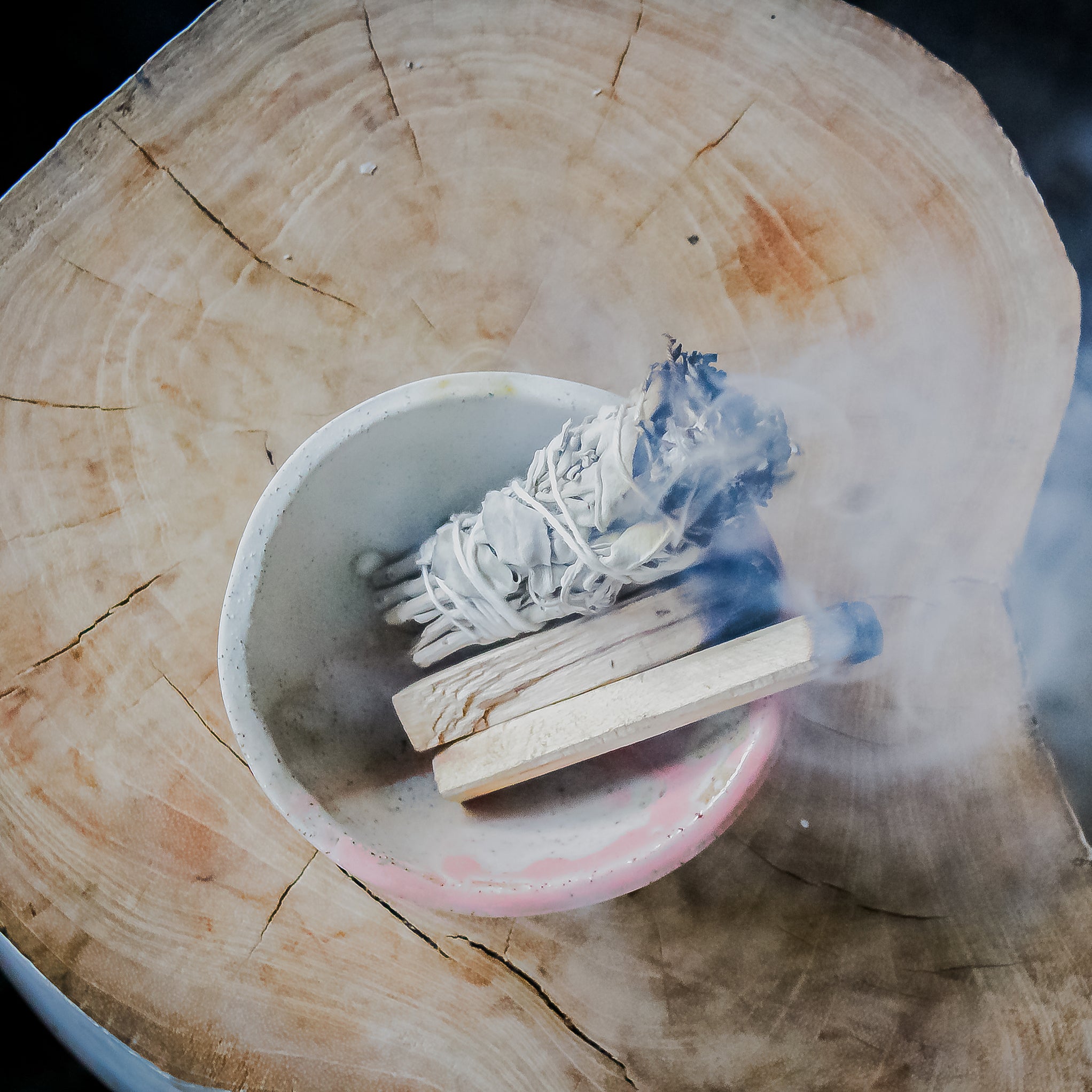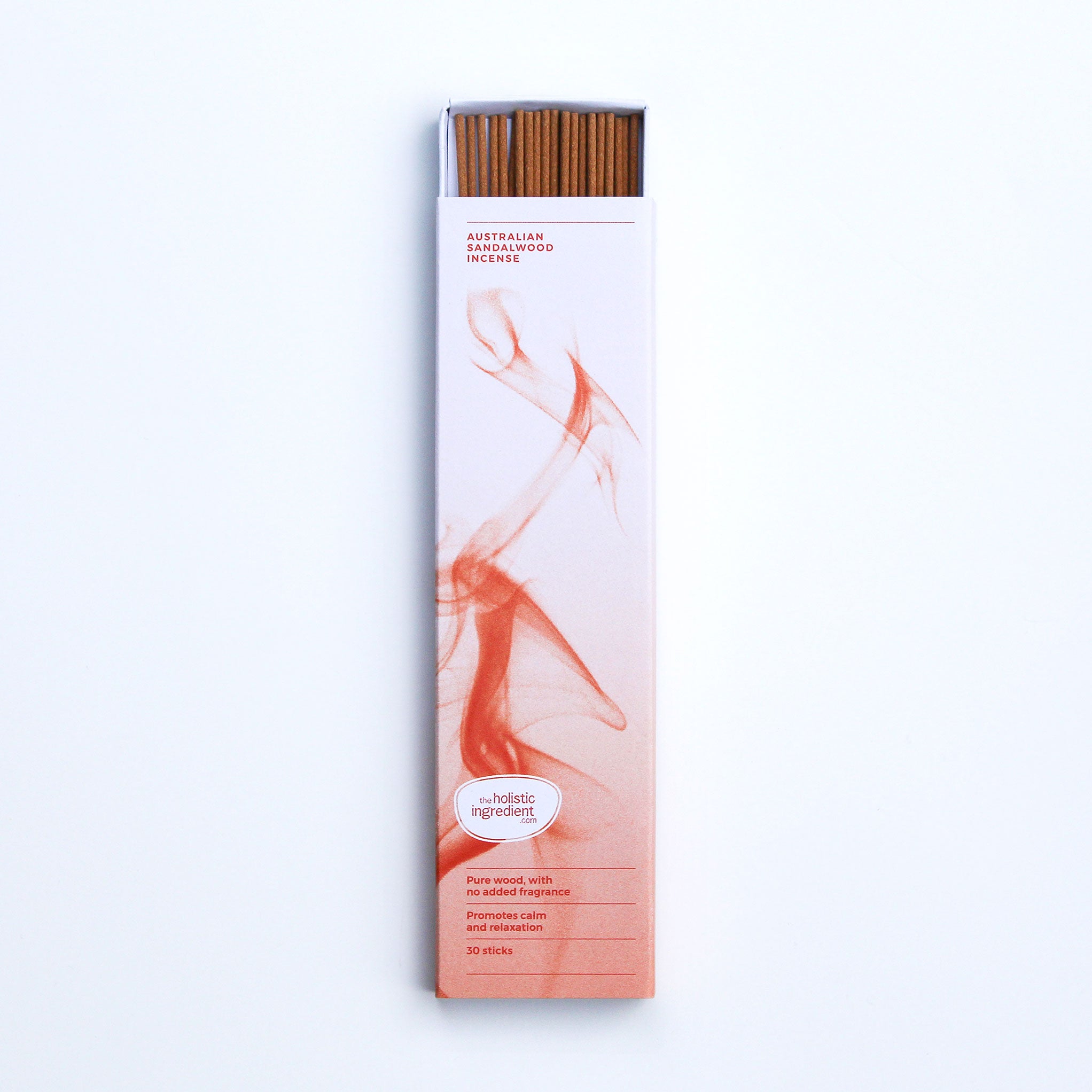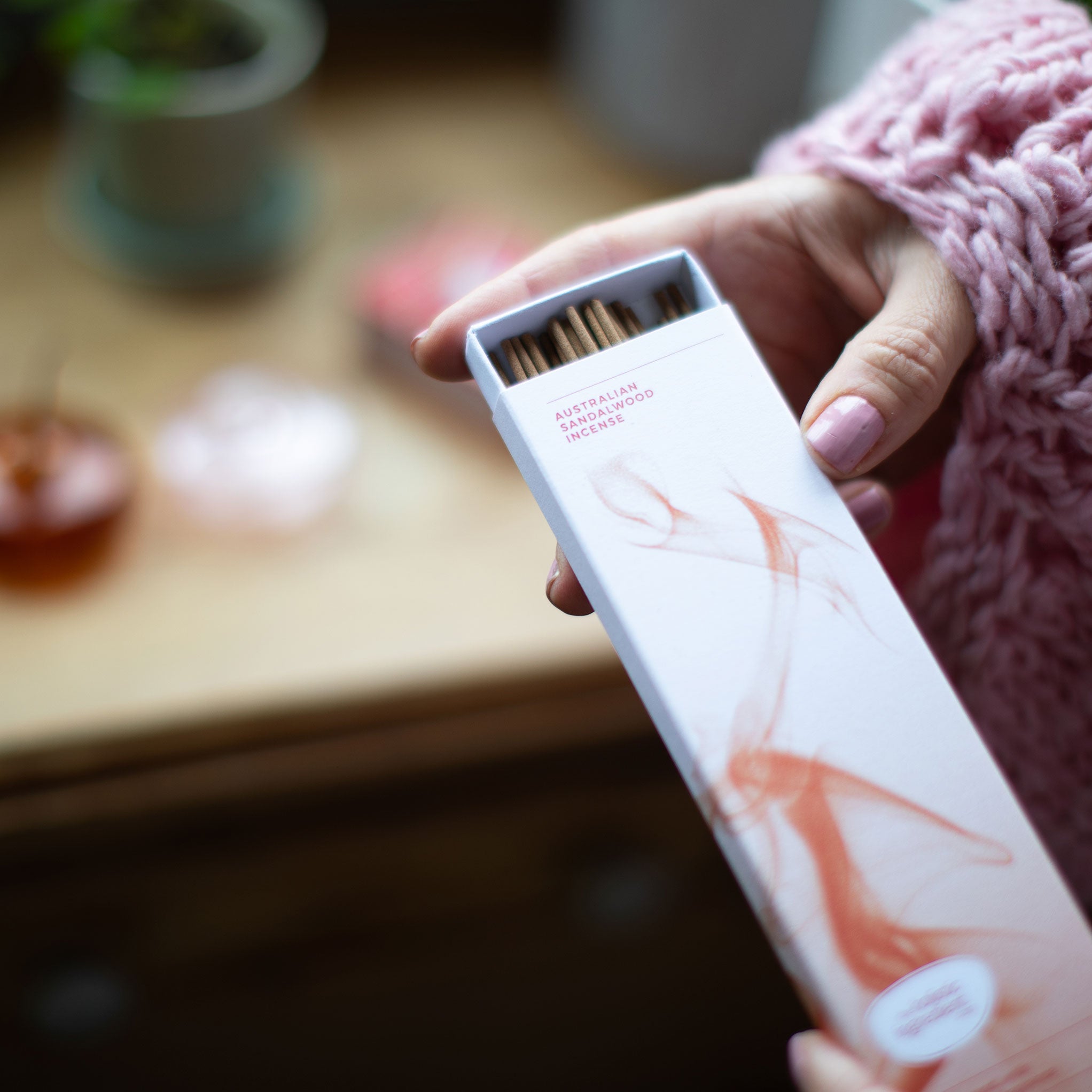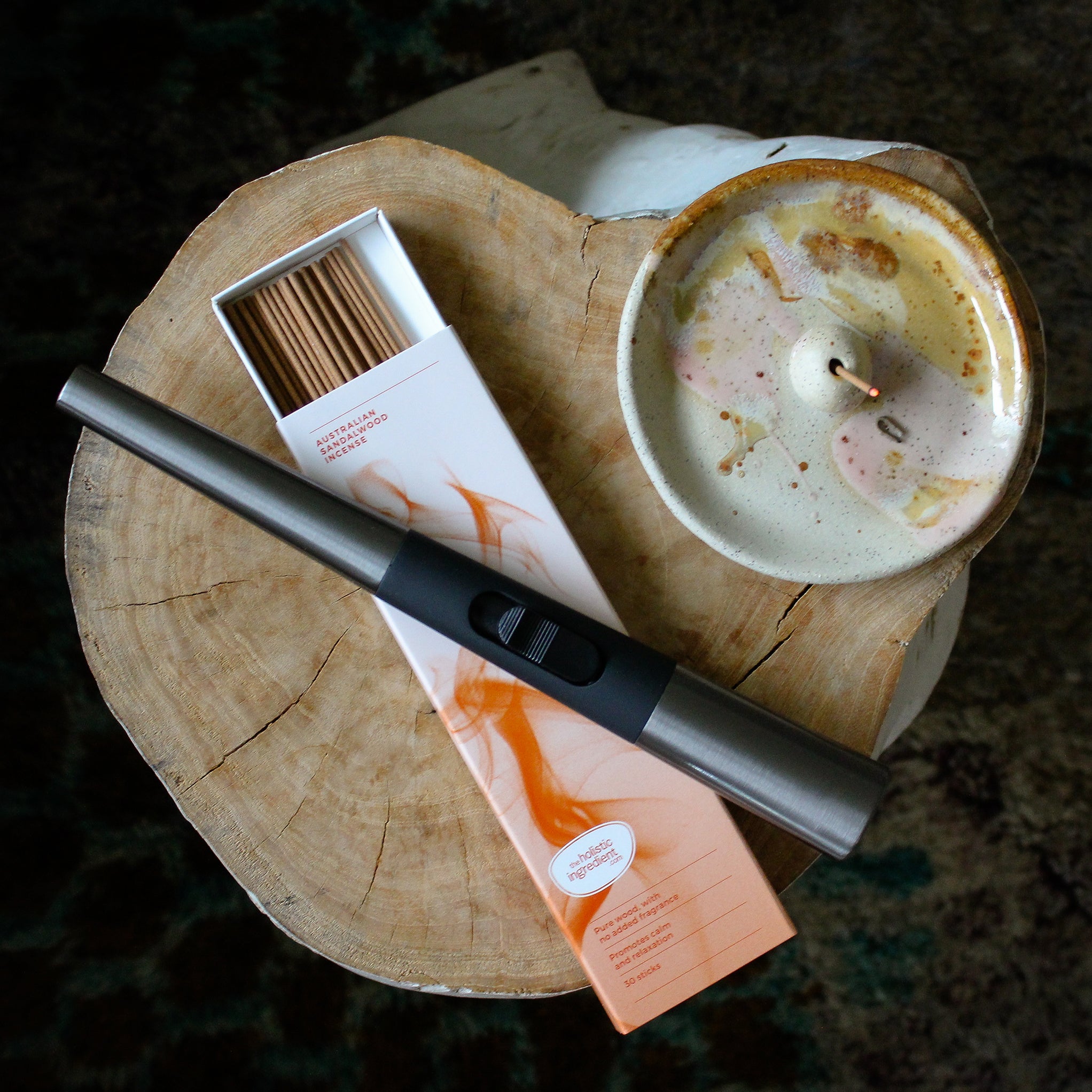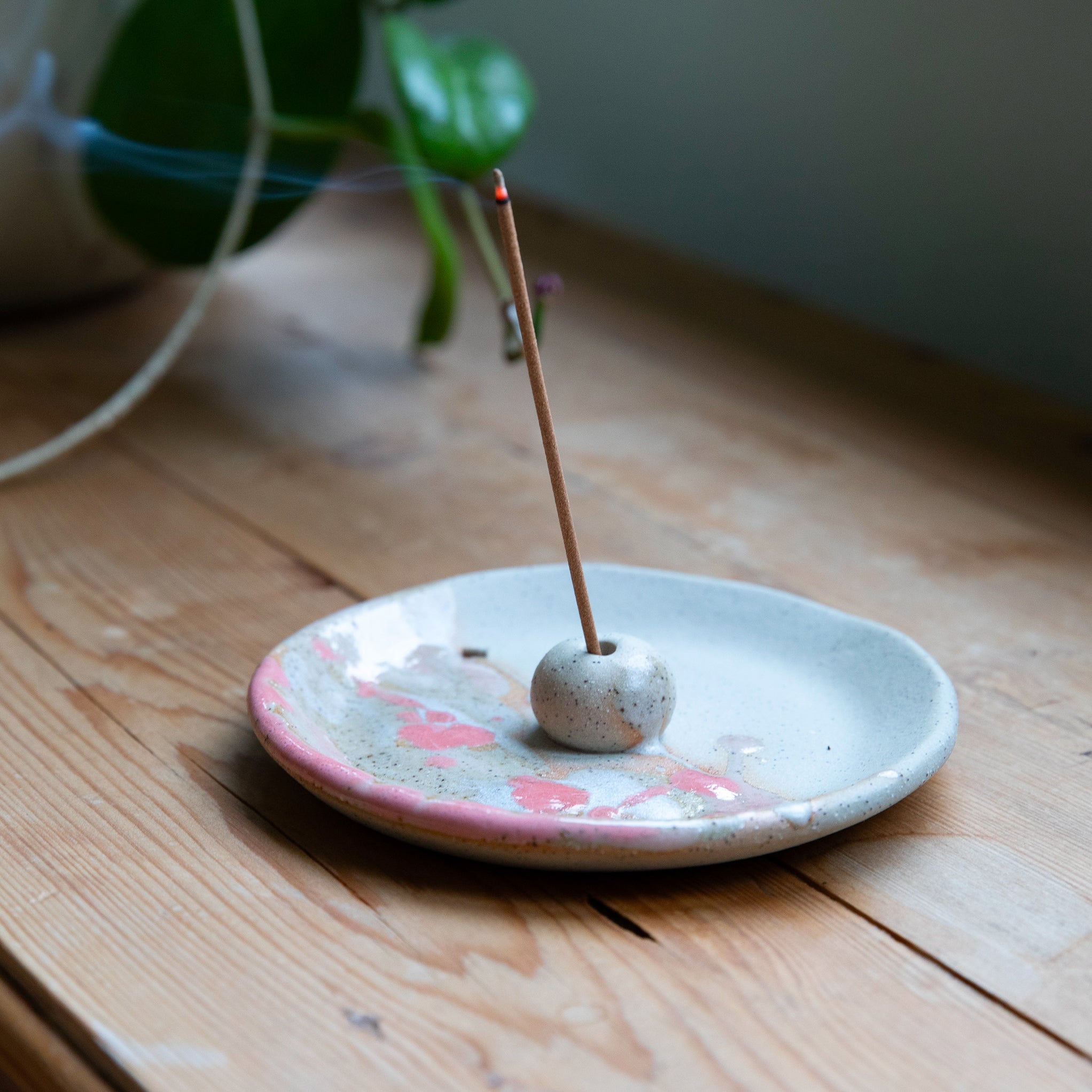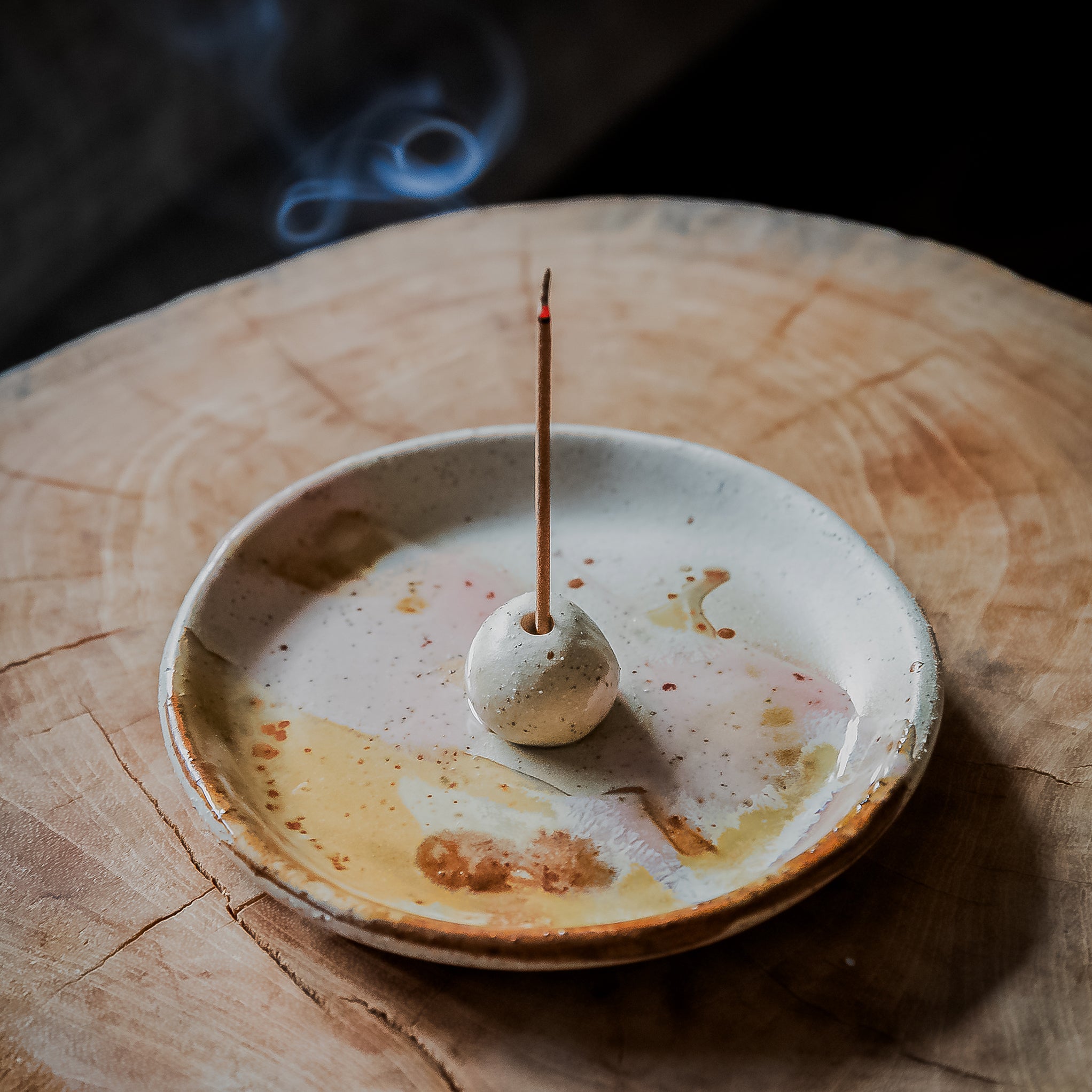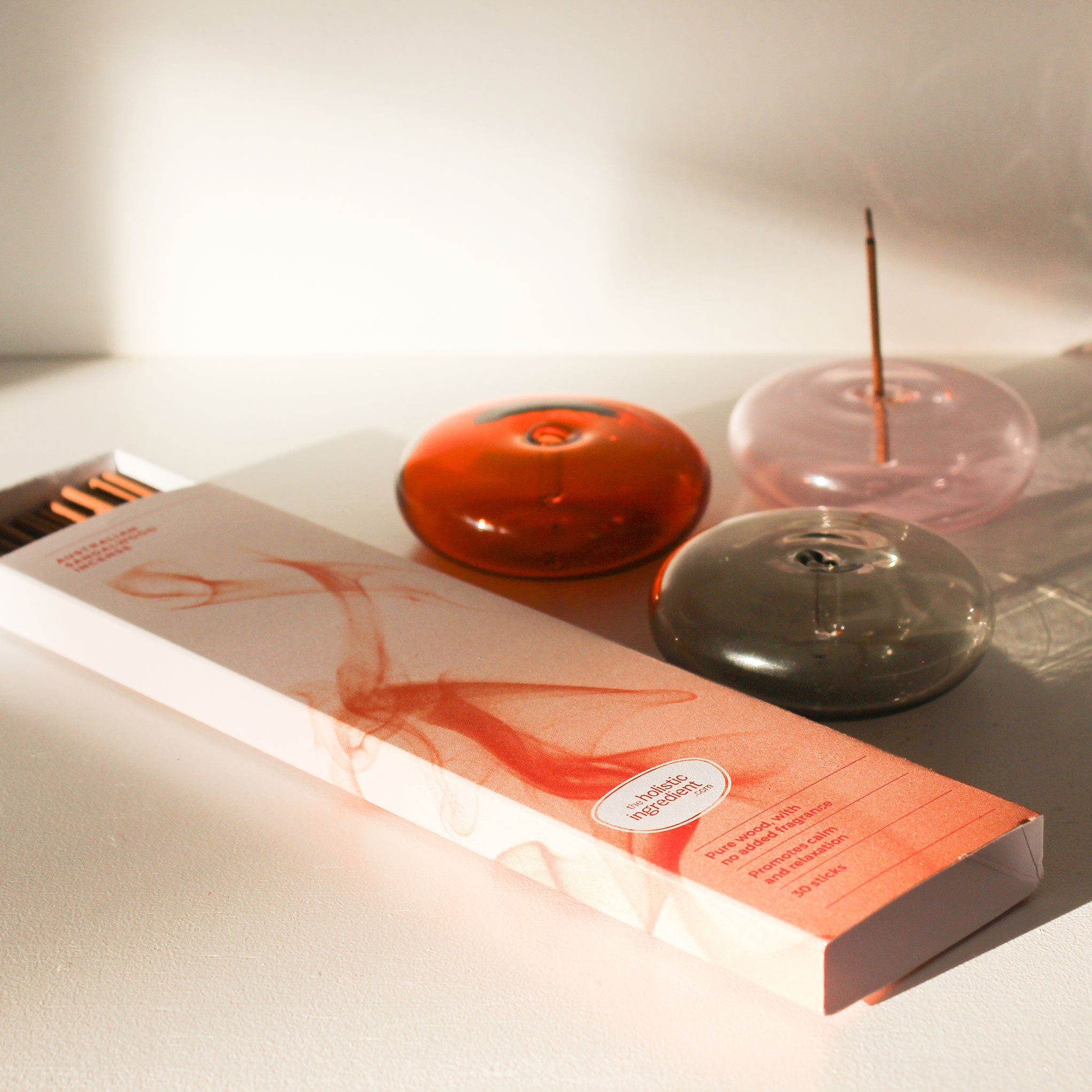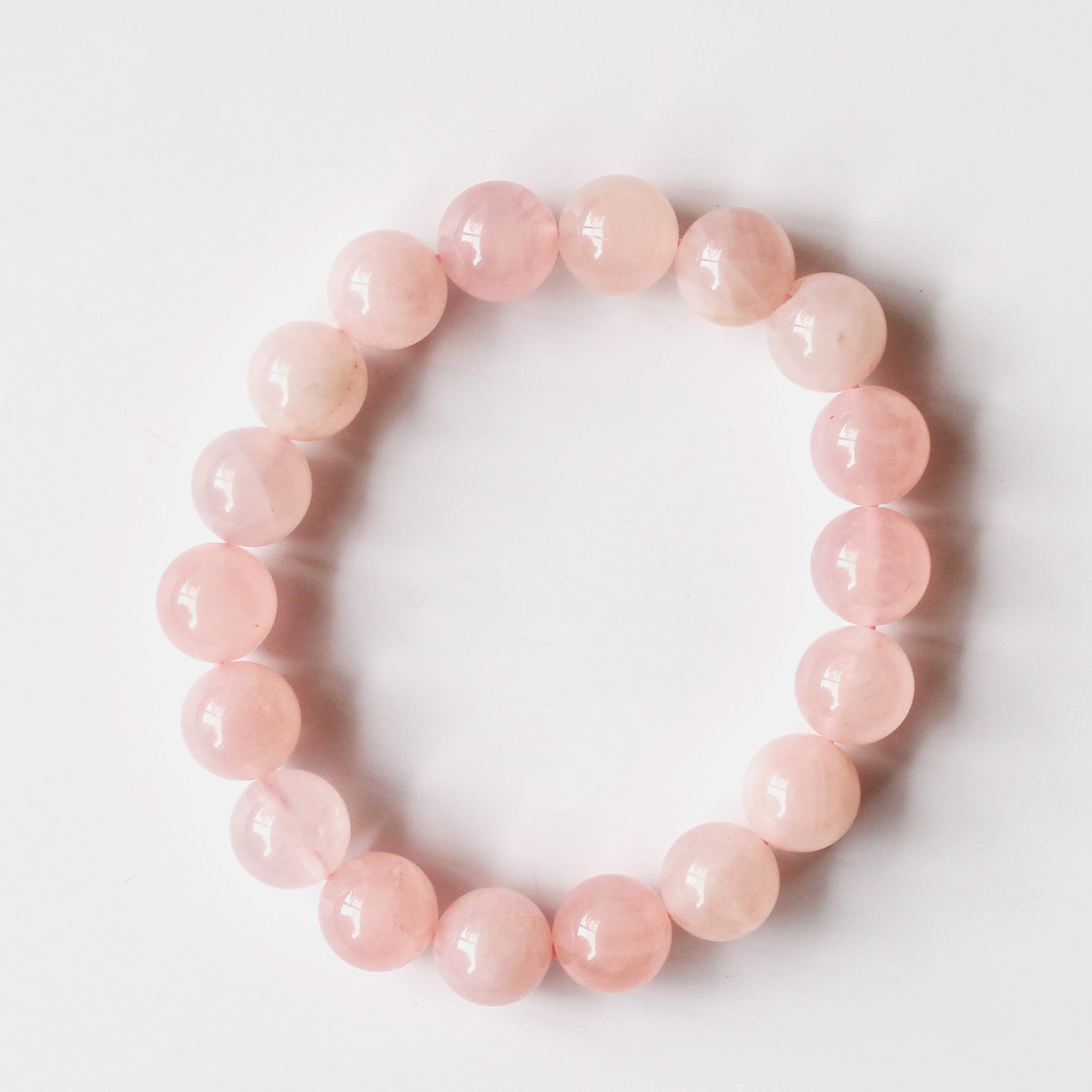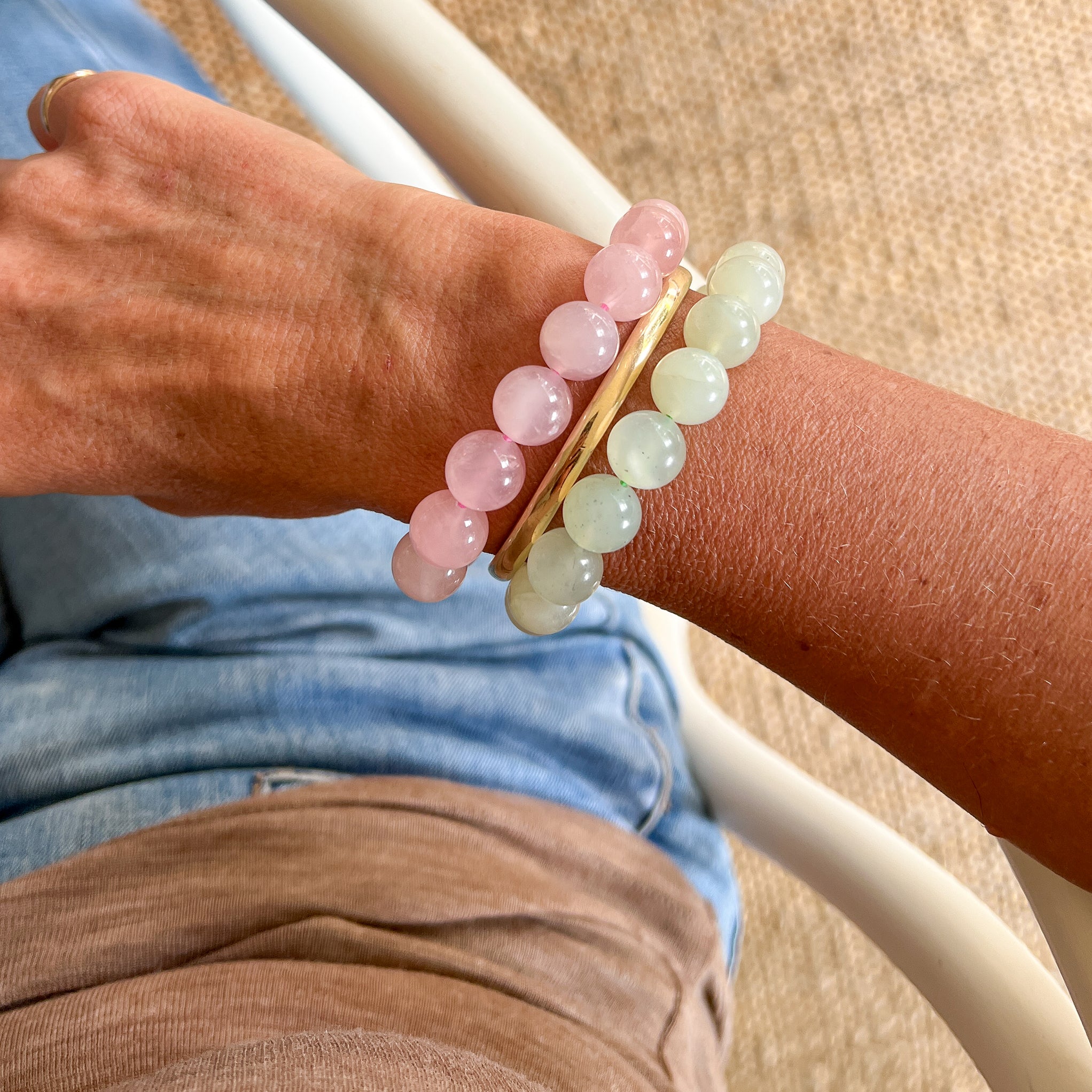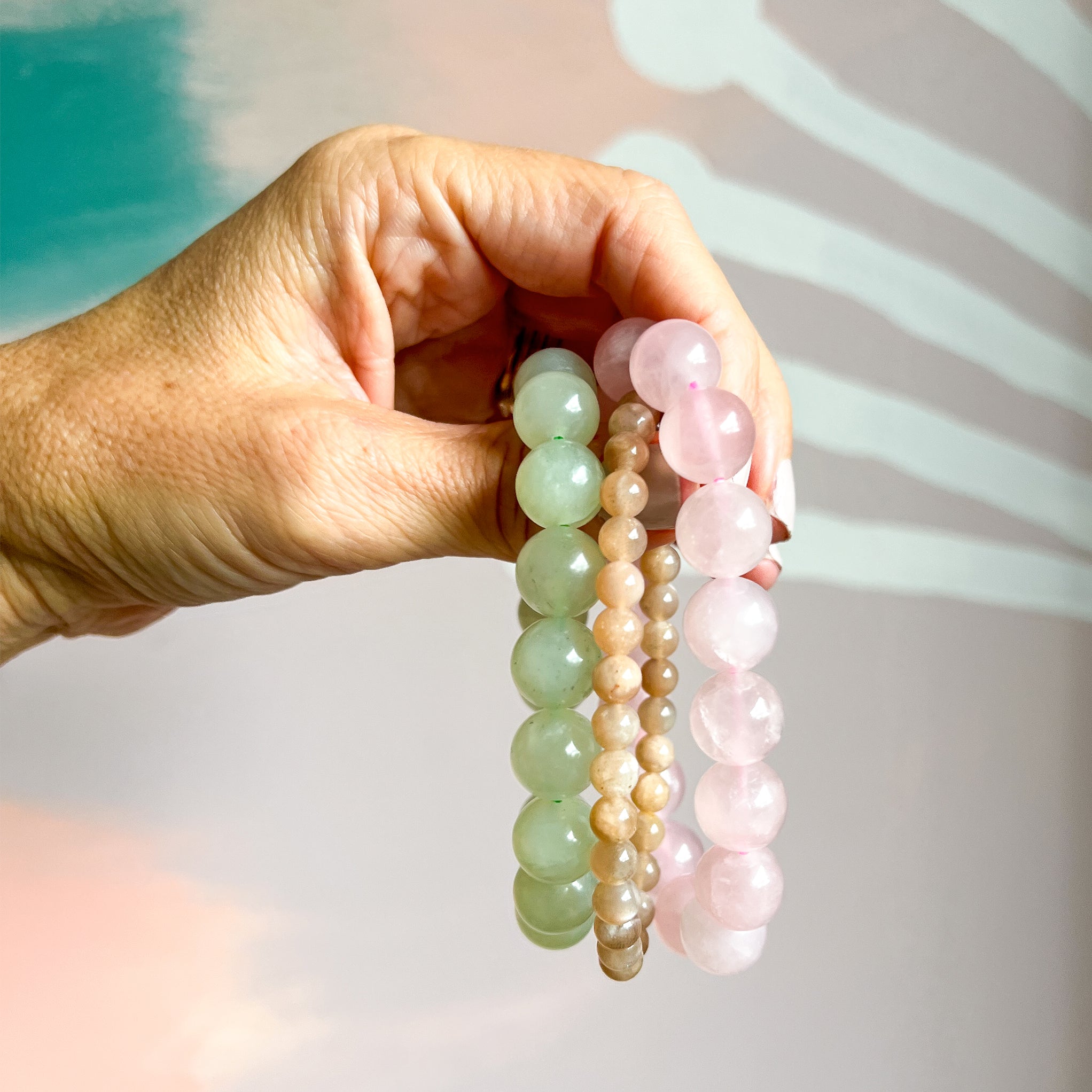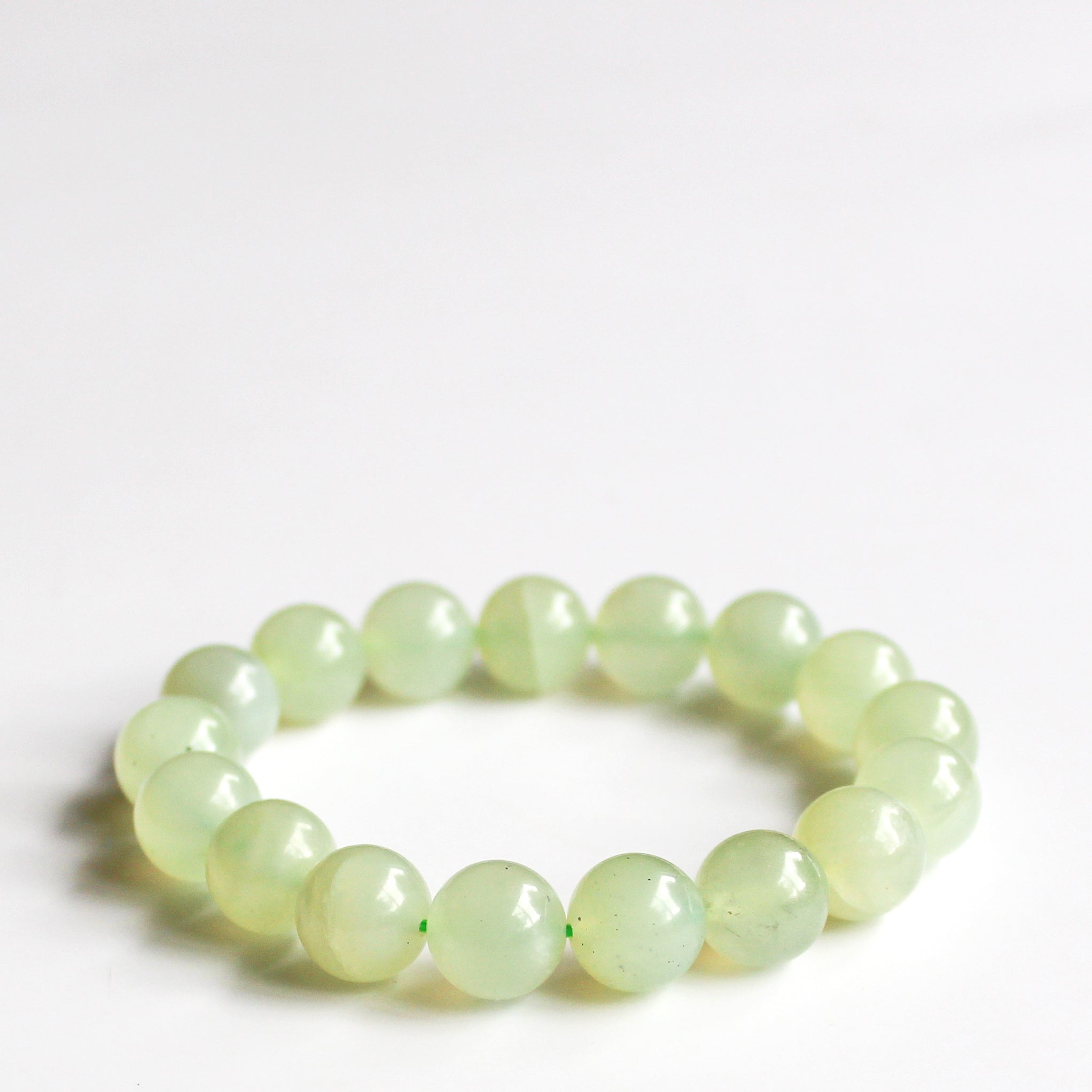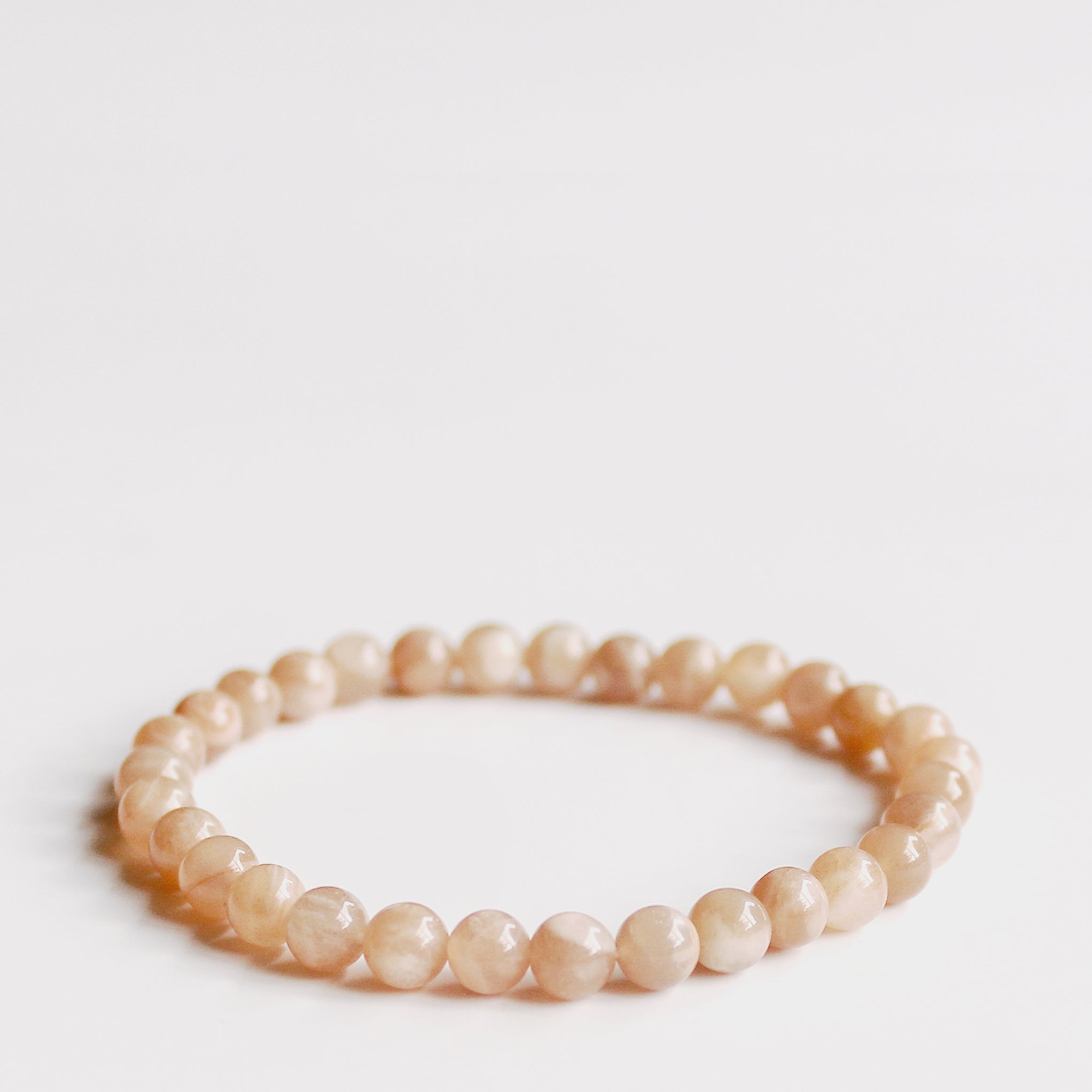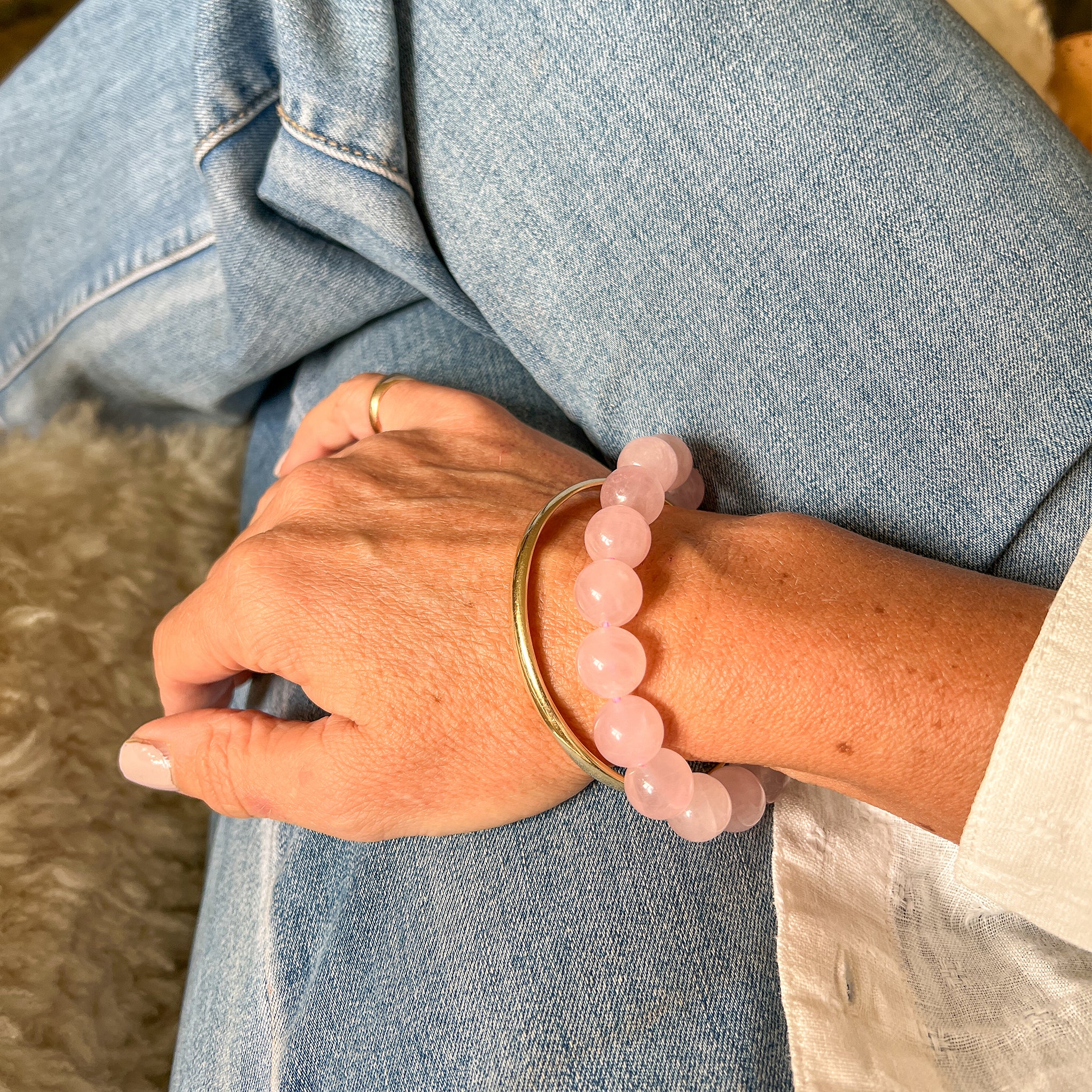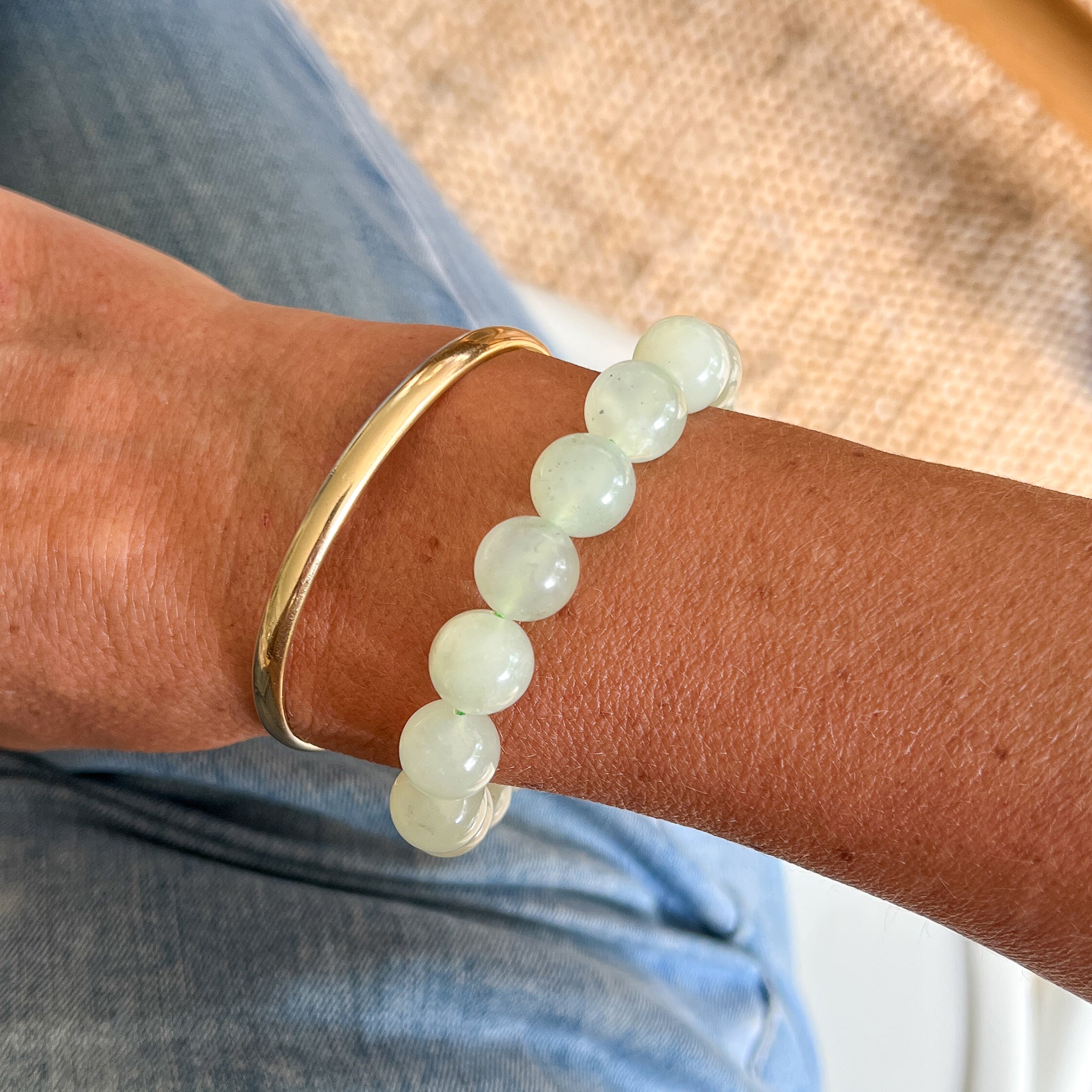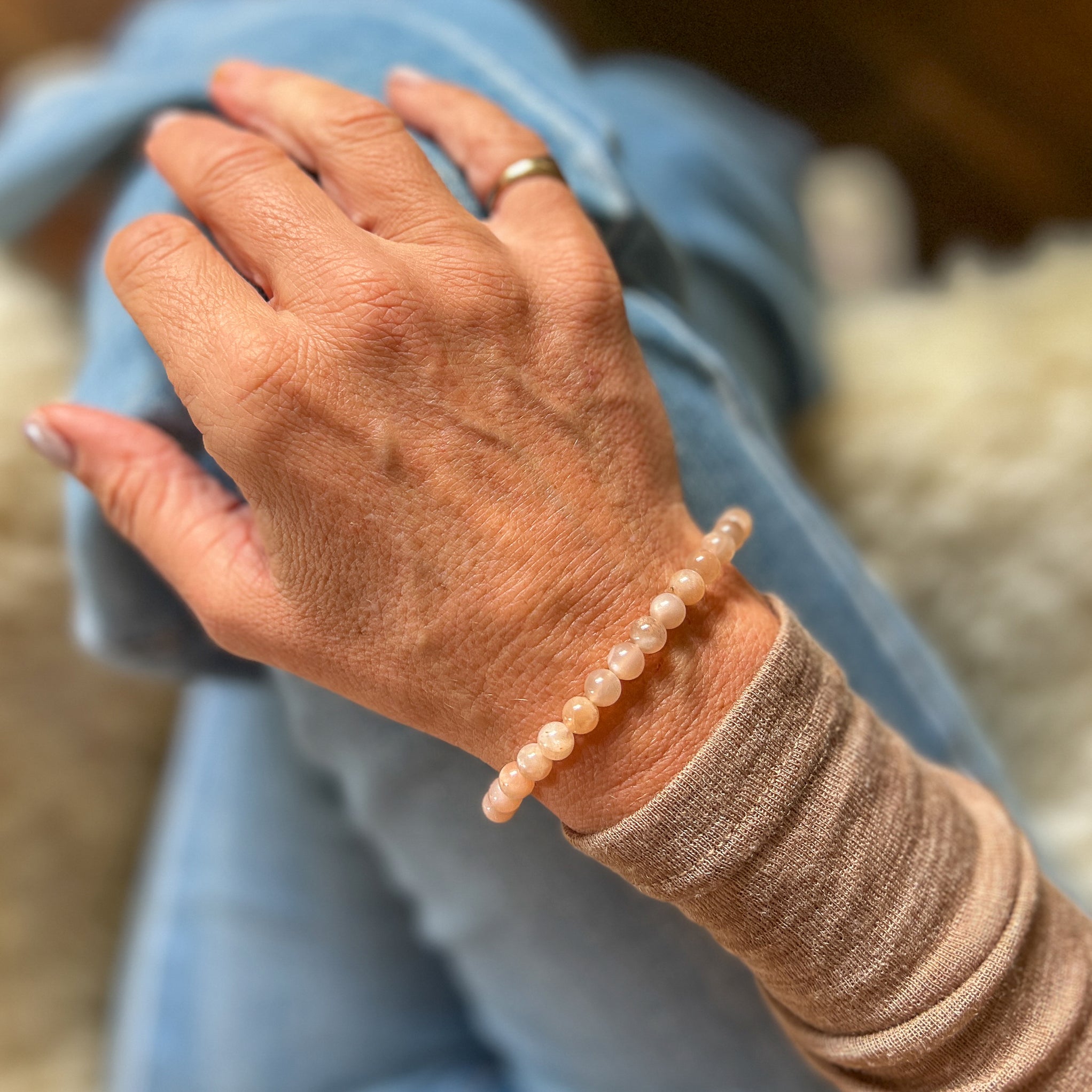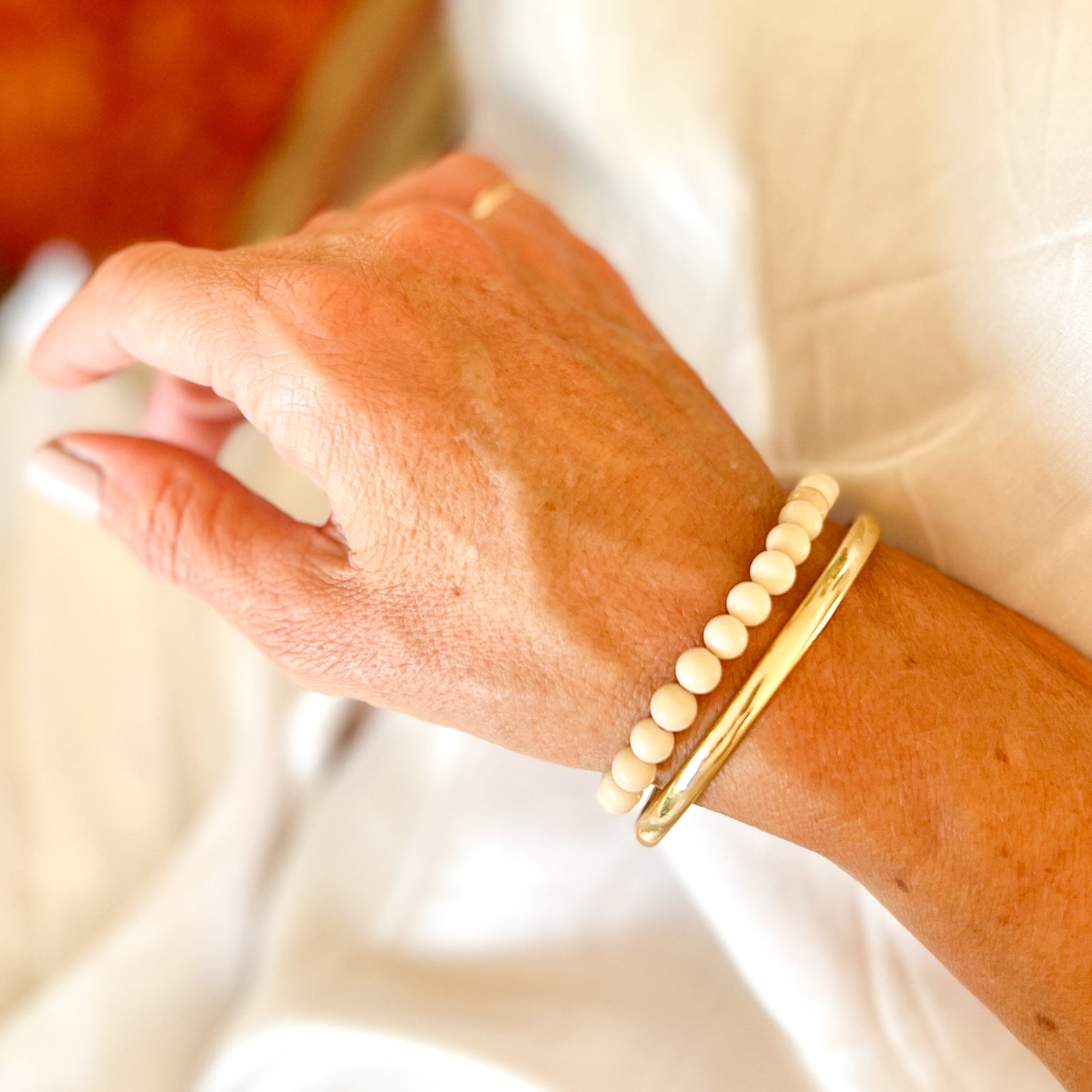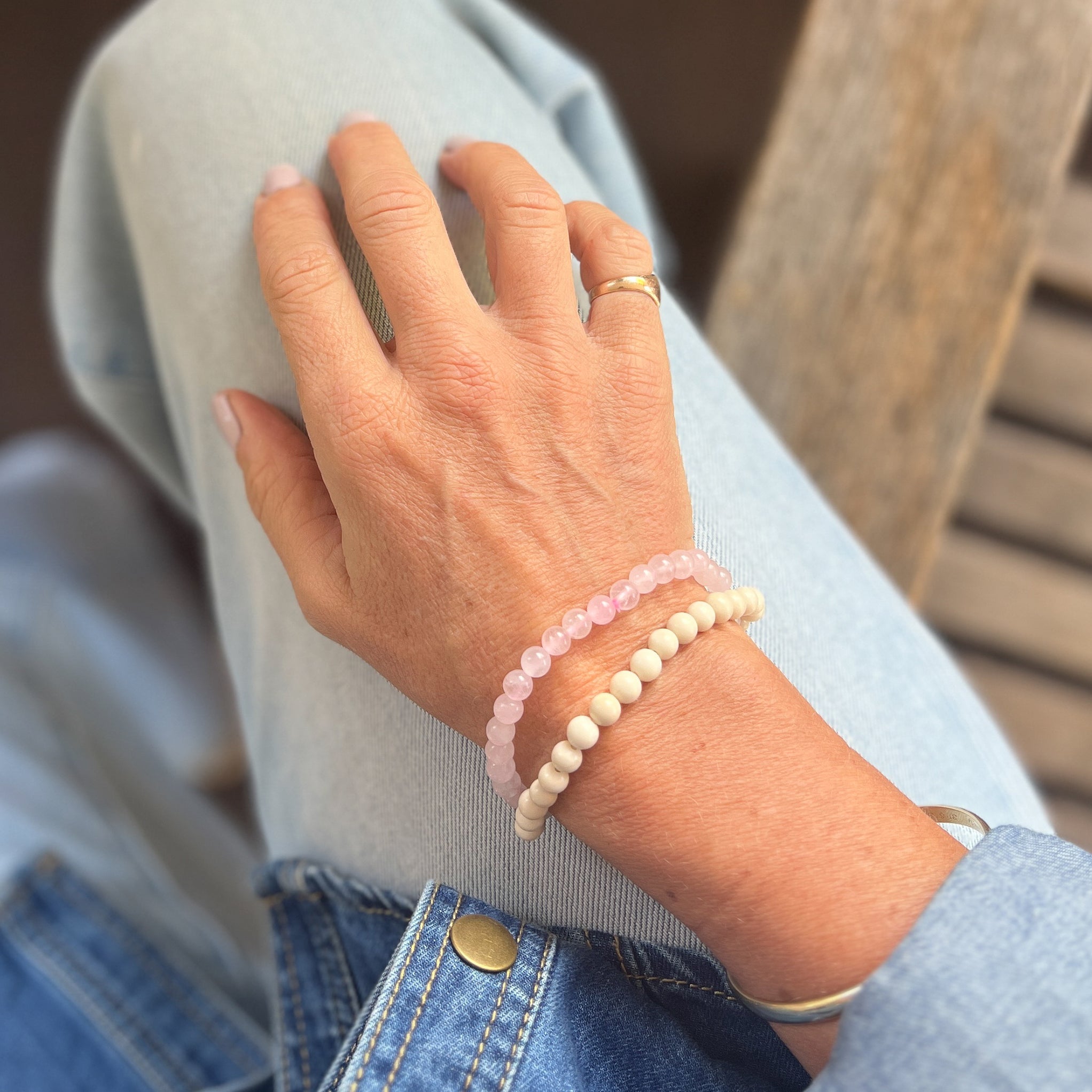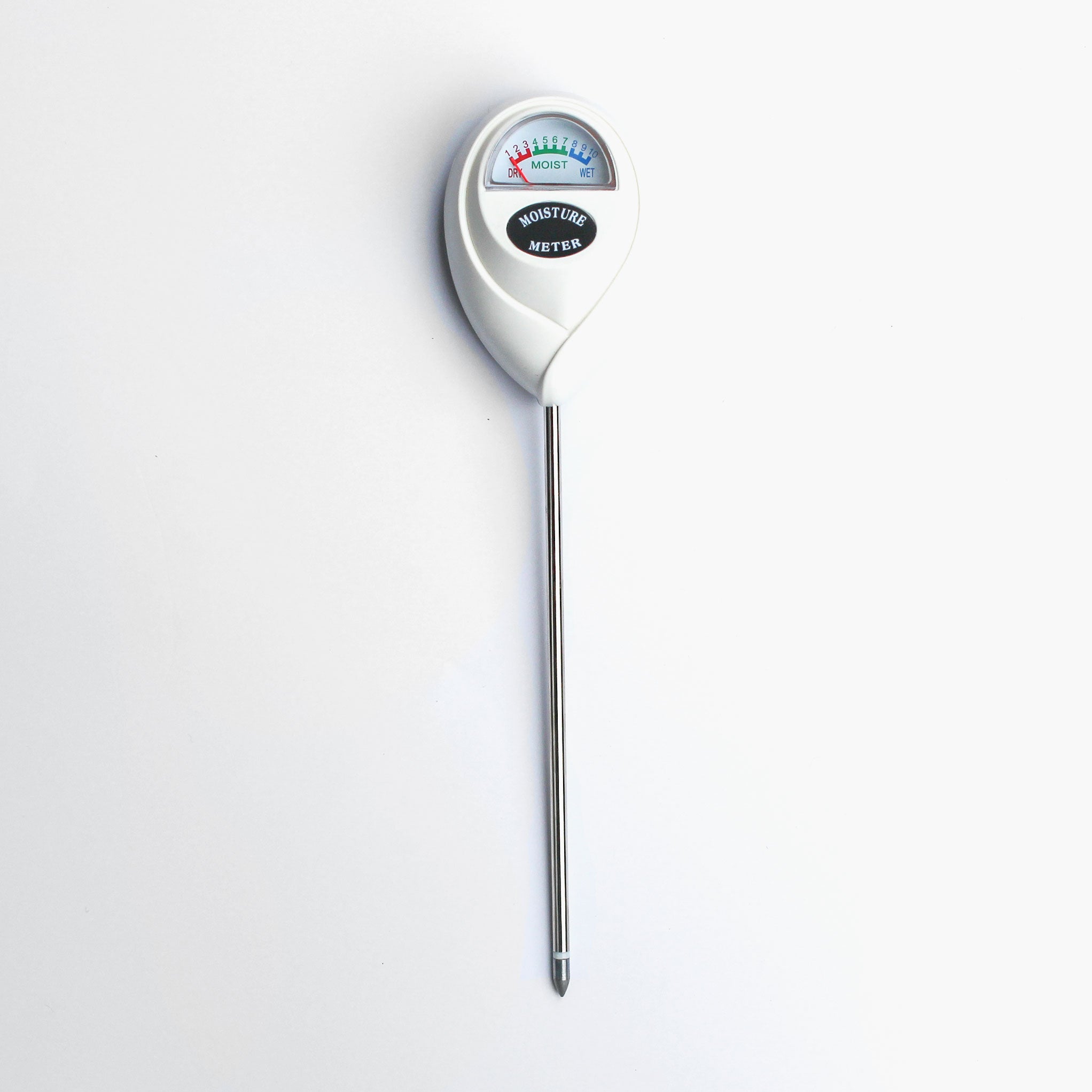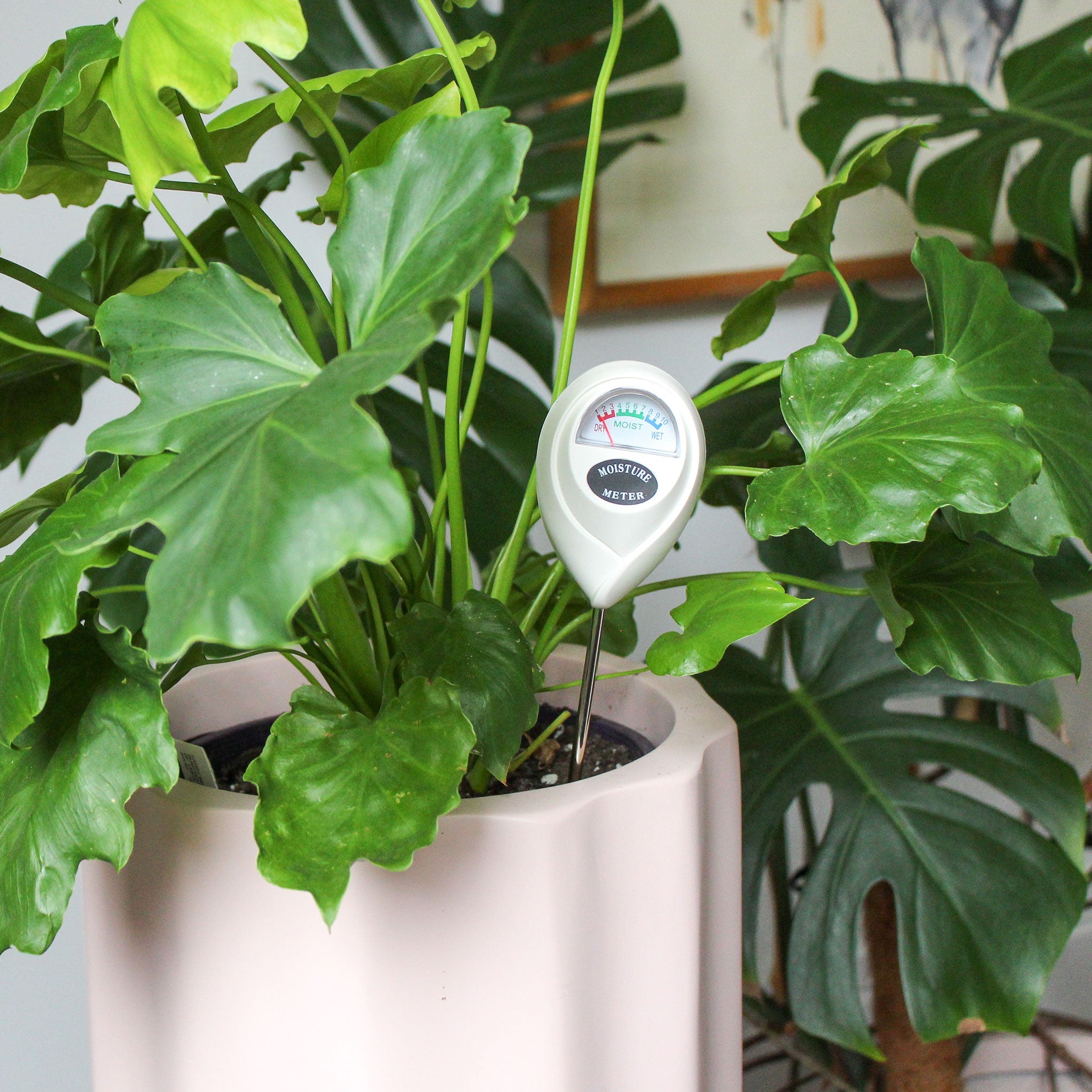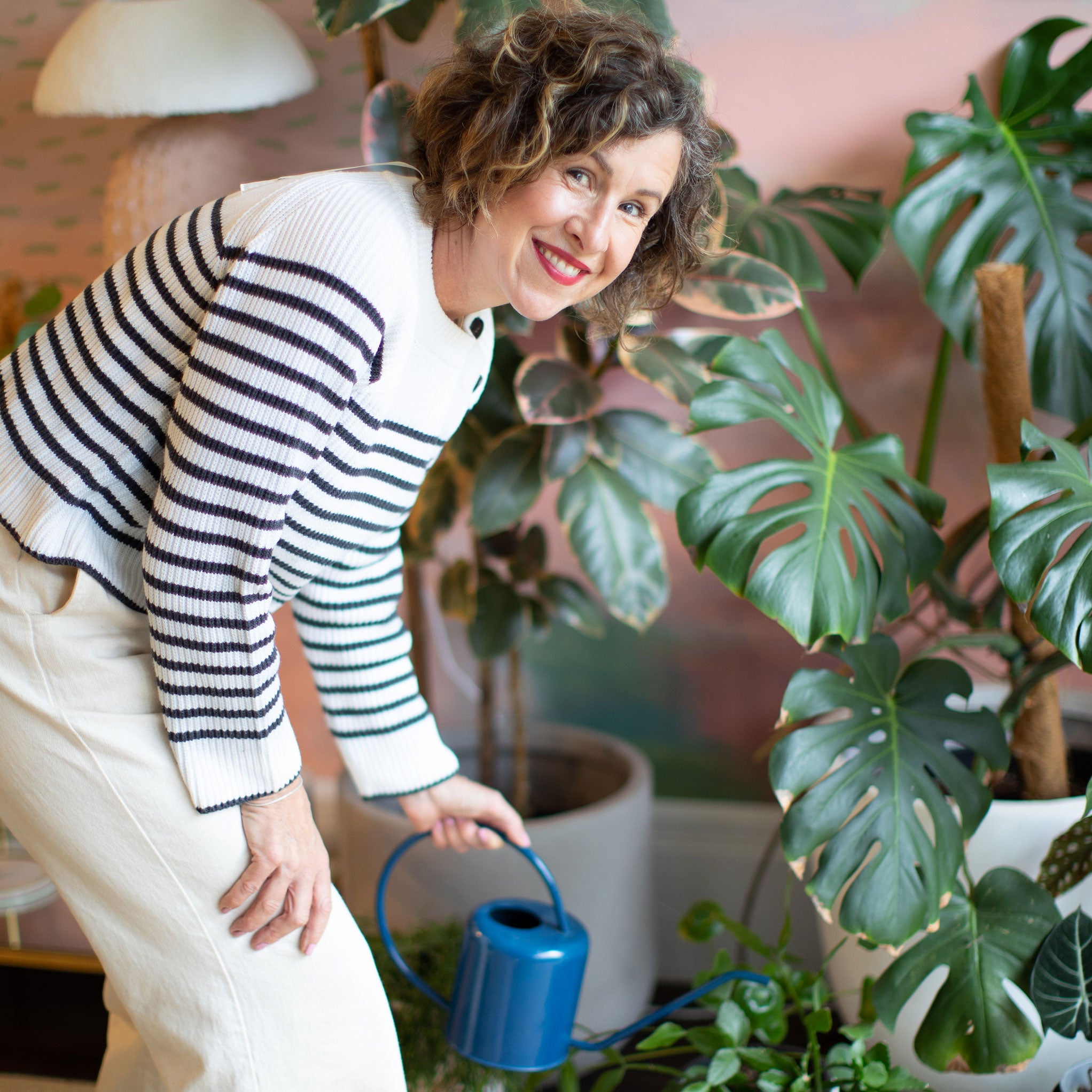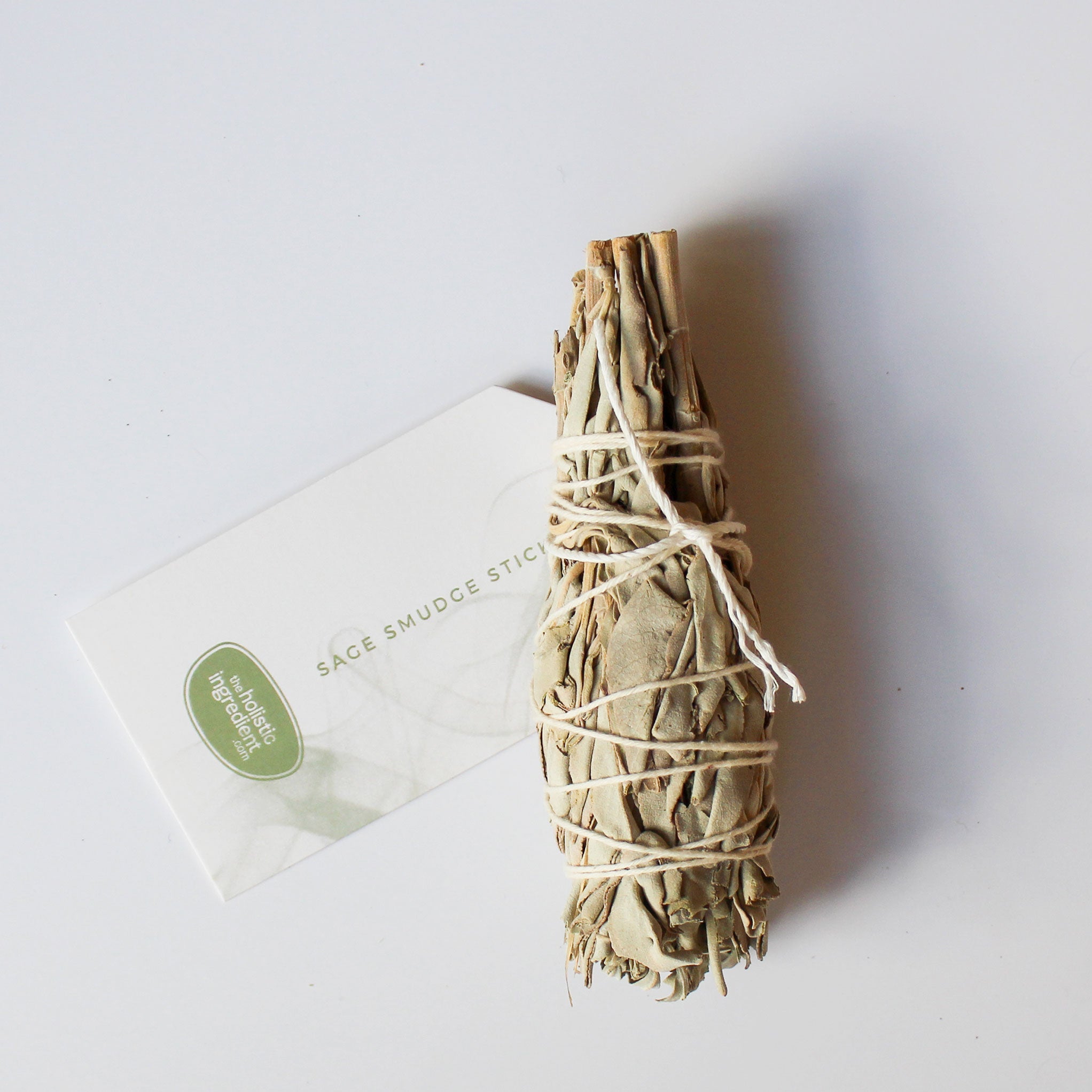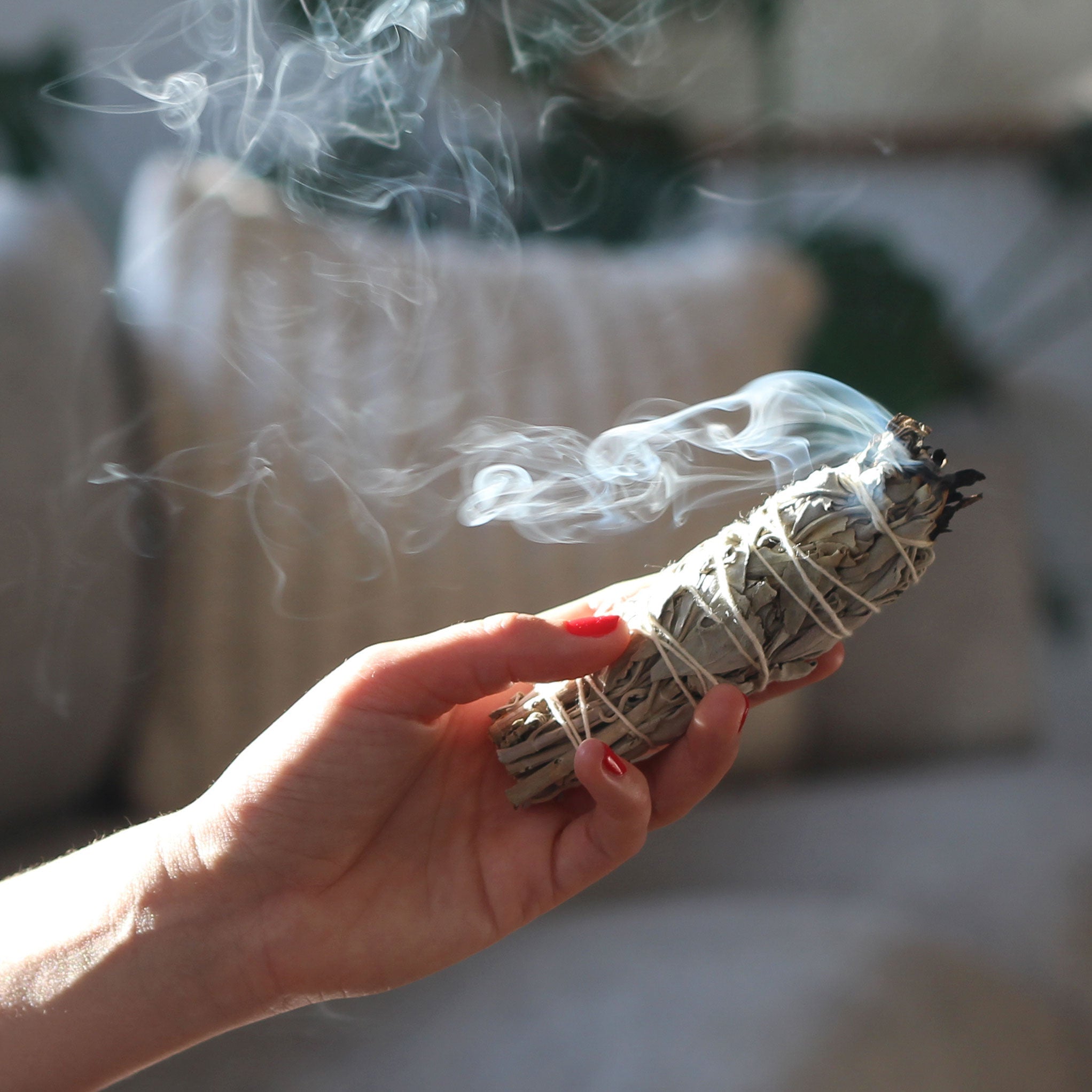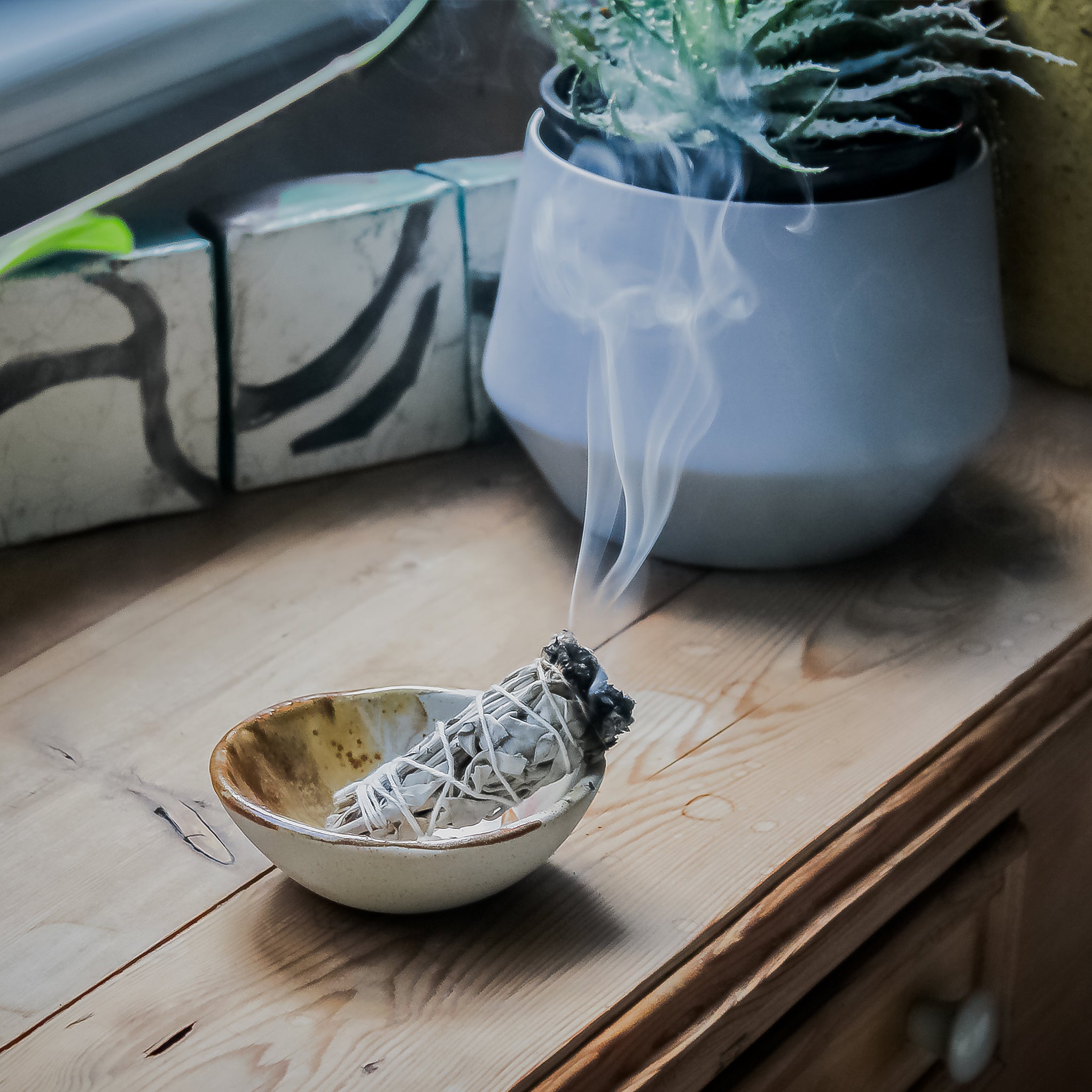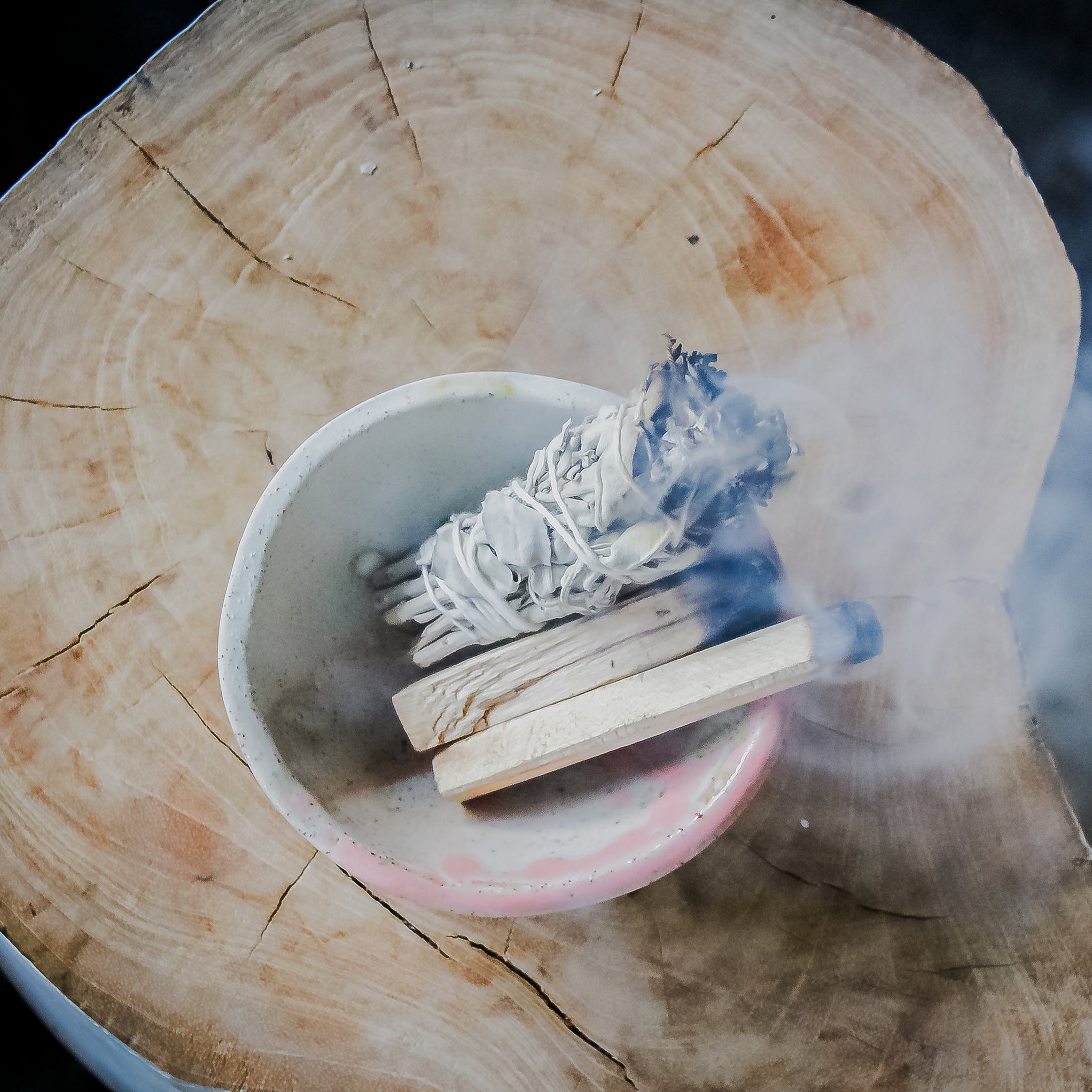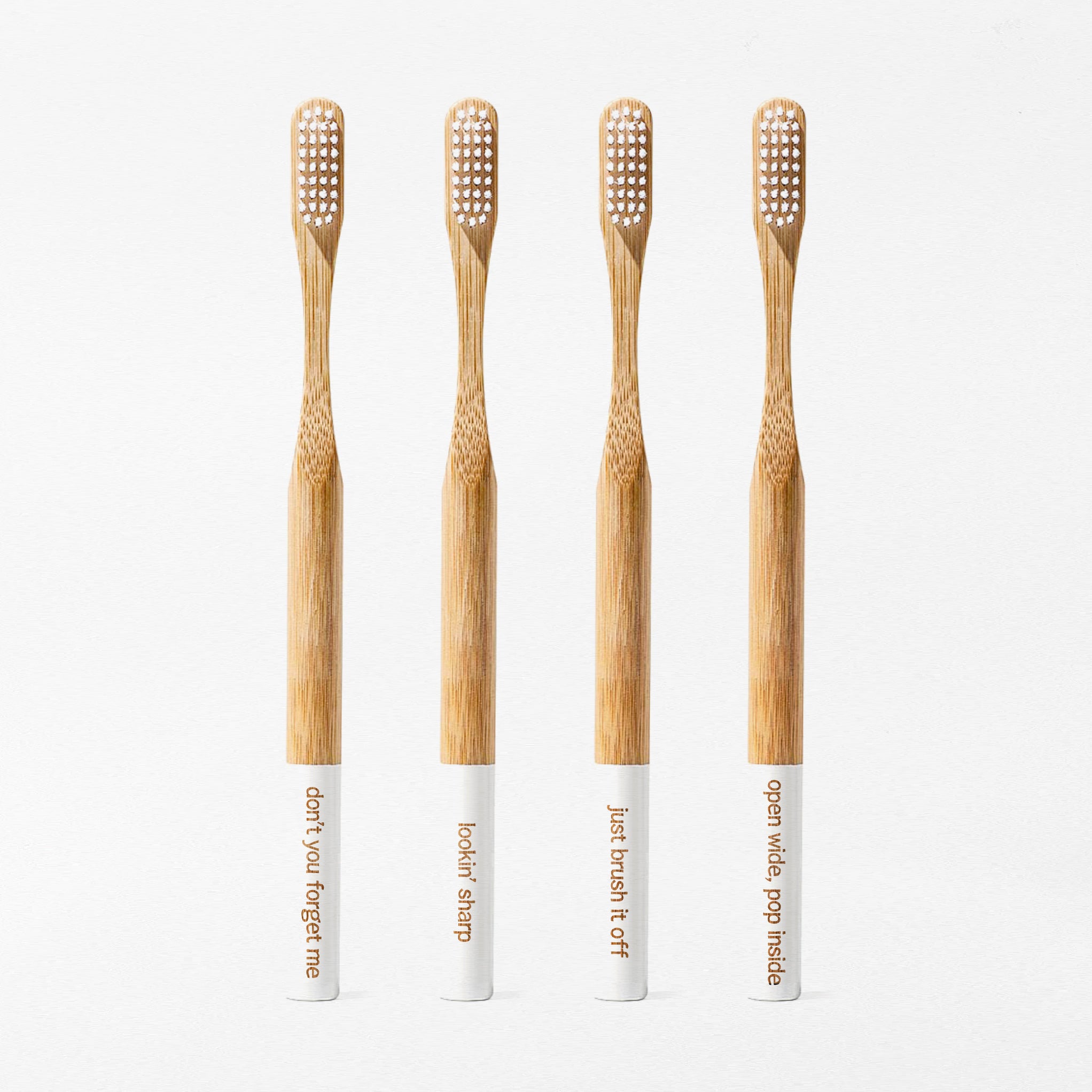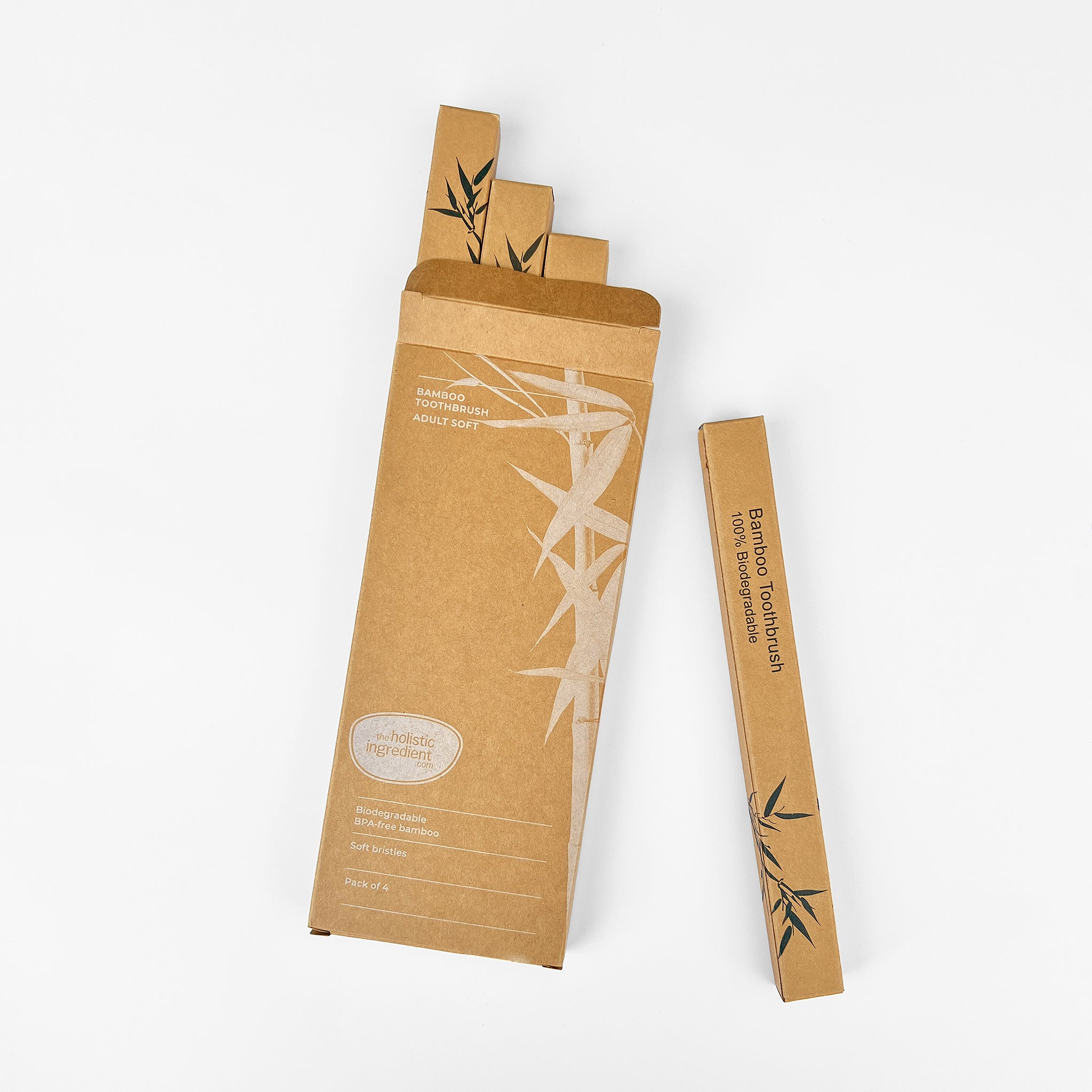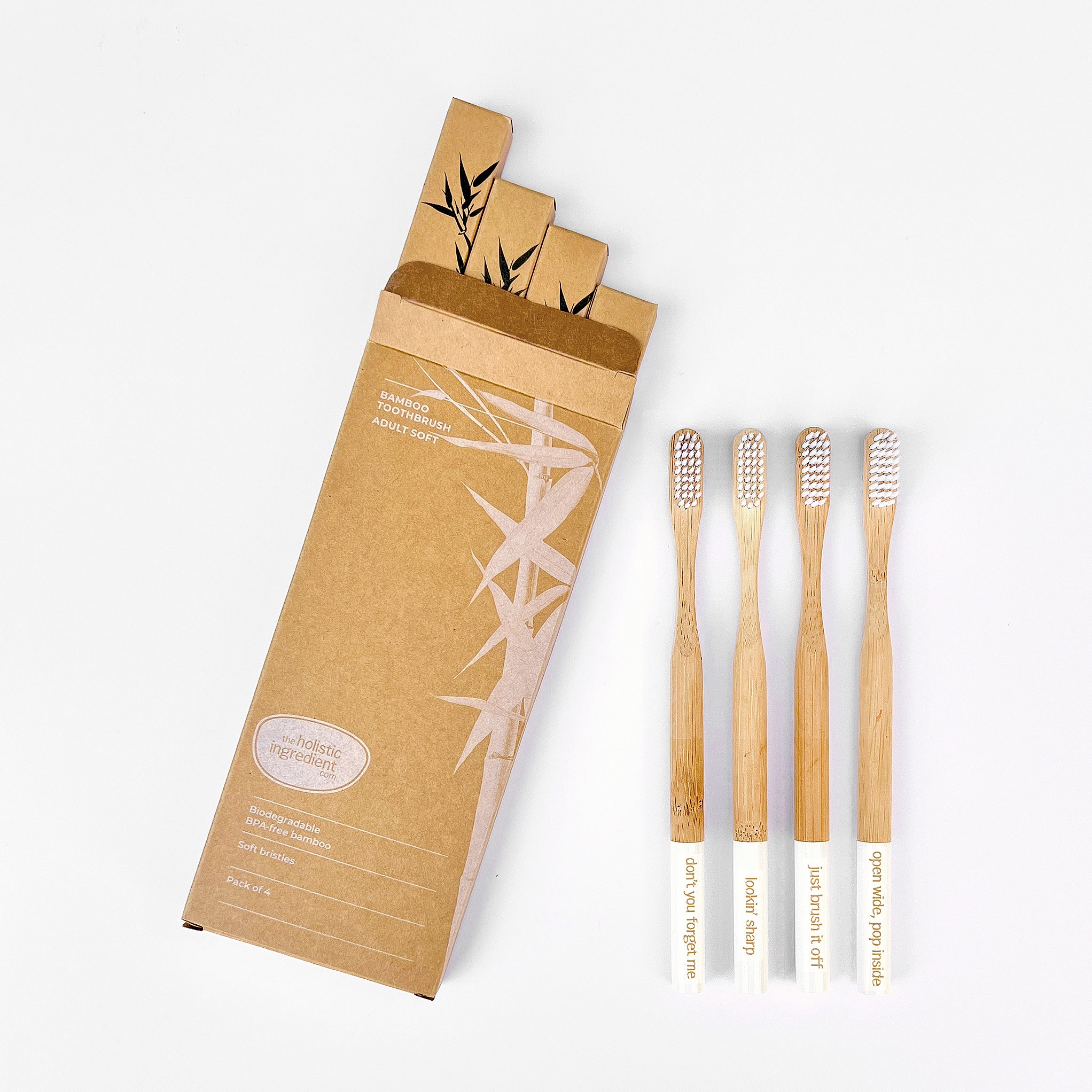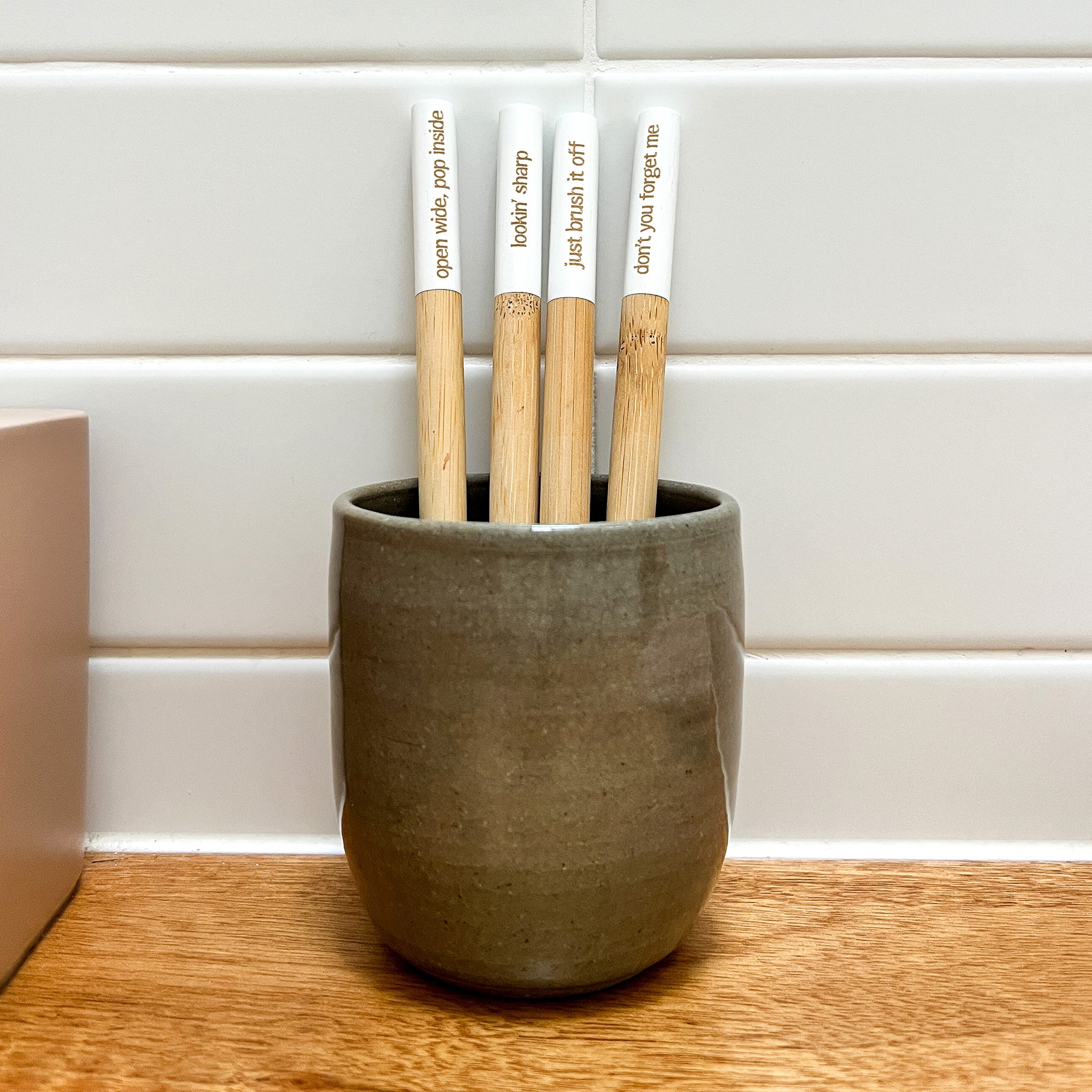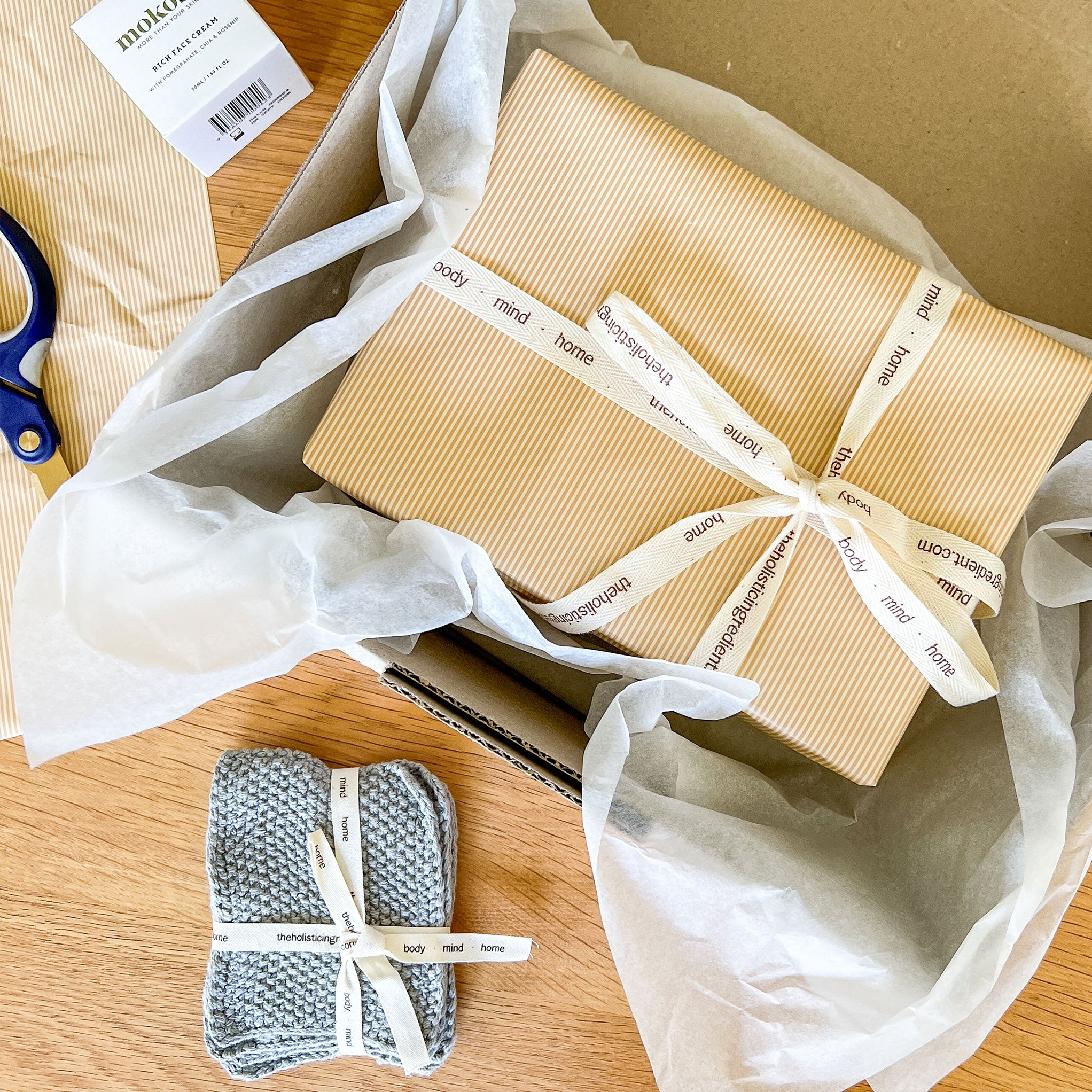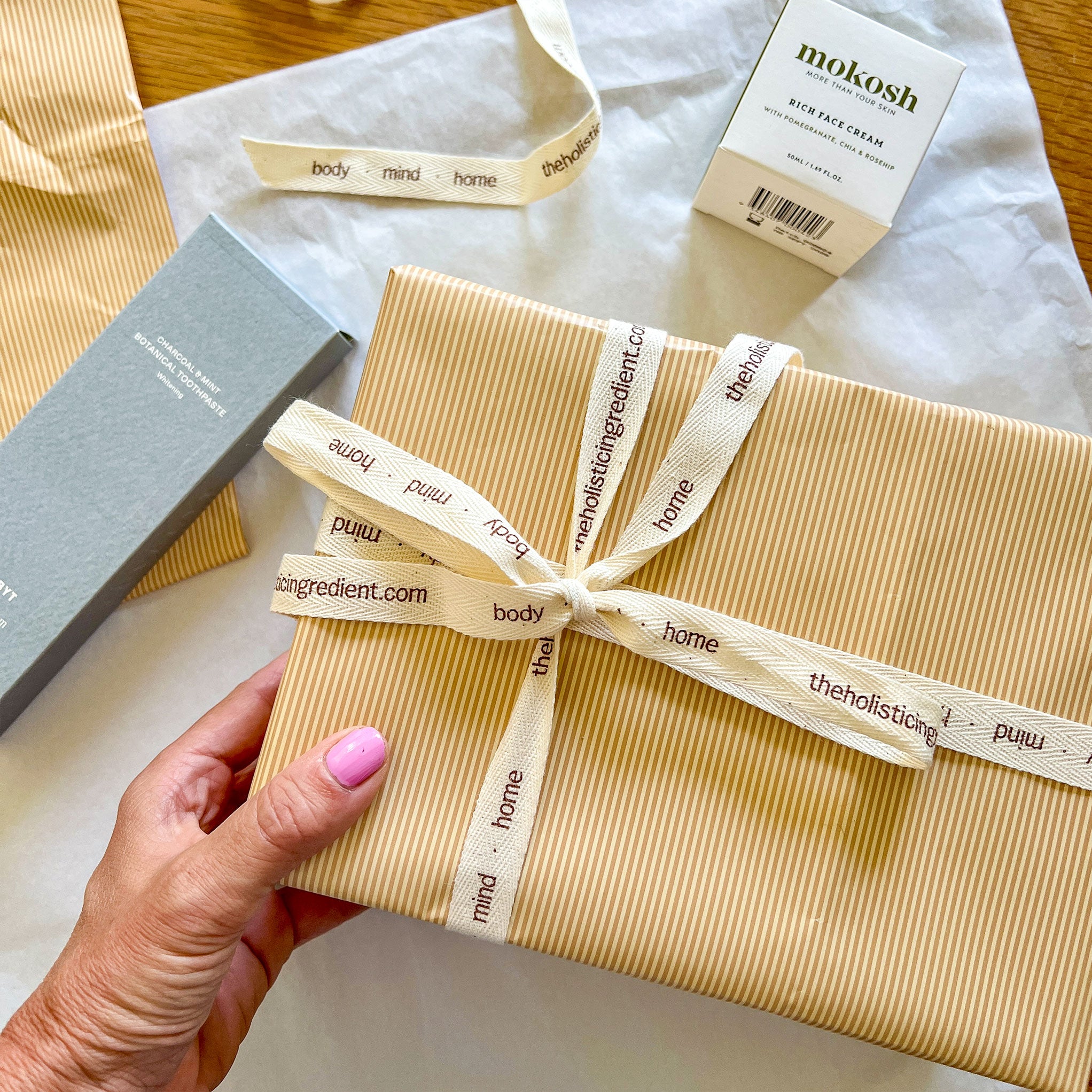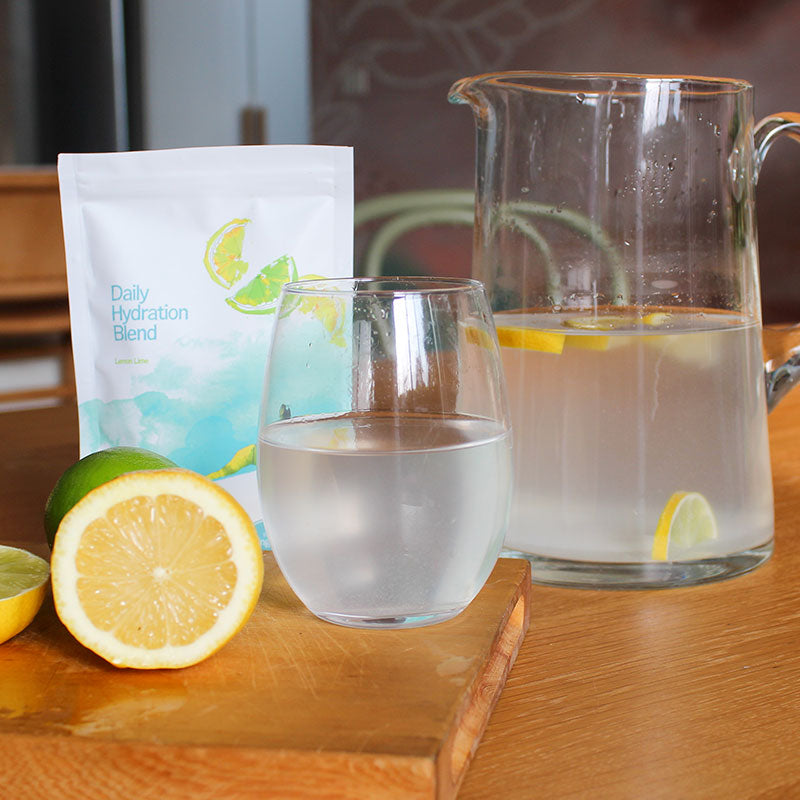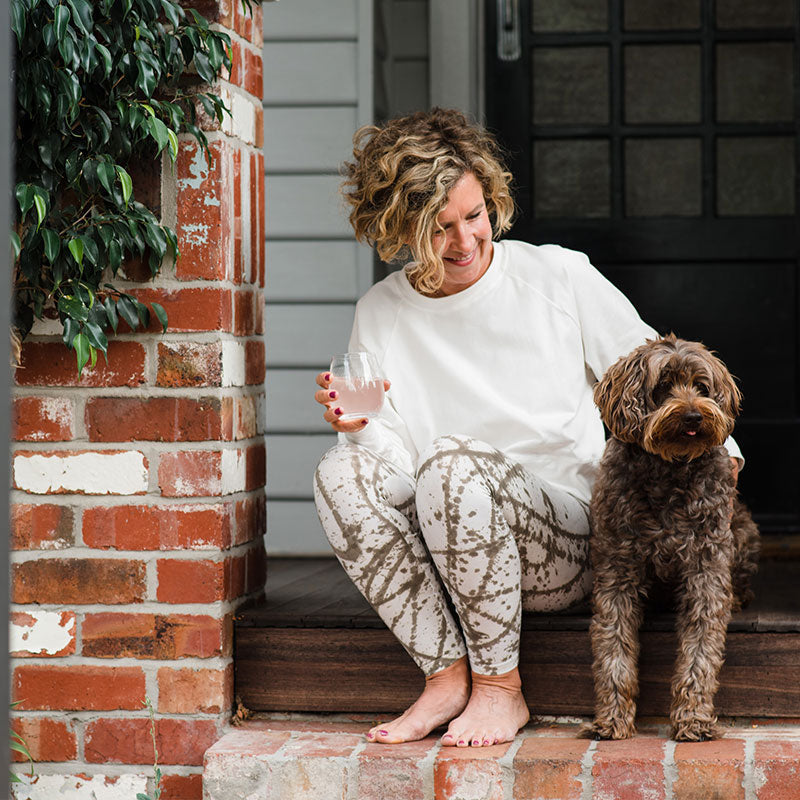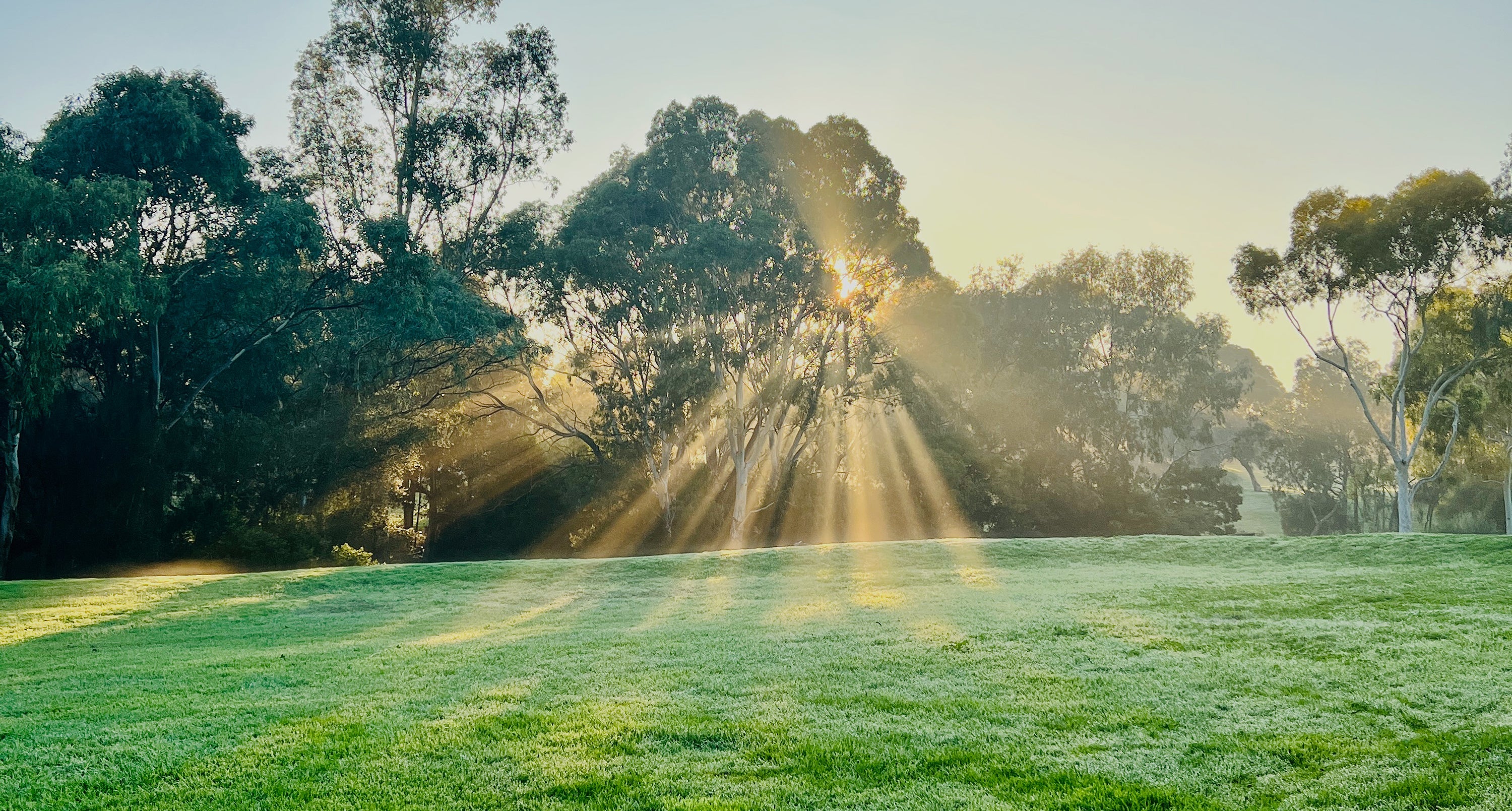
Kombucha tea has become quite the drink of choice, perhaps not at your local pub, but certainly amongst the health conscious set. Everywhere you look, clever peeps are brewing 'bucha', adding their own personal flavours and touches to this beautifully medicinal tea. And there's good reason for this, kombucha benefits are many!
There are people adopting or donating SCOBY's, others growing 'SCOBY hotels' (as you will see a couple of photos below) and getting all fan-dangle with their 'secondary ferments'.
This stuff is the goods and if you've got enough time to boil water, brew some tea, throw in a SCOBY and wait 5-15 days whilst the SCOBY does it's thing, you really ought to be saving your pennies and making this stuff yourself.

What on earth is that you ask?
It's a (very dubious looking) SCOBY (Symbiotic Culture of Bacteria and Yeast), a term coined by Kombucha enthusiast Len Porzio in the mid 1990's. It may not look appetising but it creates a very popular fermented beverage that sells for upwards of $4 for a 330mL bottle in health food stores. Luckily, you can make it very inexpensively at home, you just need six simple ingredients: a SCOBY, tea, sugar, clean water, a warm place and time.
What exactly are the Kombucha benefits?
Kombucha contains a blend of beneficial bacteria and yeast (probiotics) as well as certain acids and enzymes that have several hundred healing properties. Regular drinkers tout Kombucha as the 'secret to staying forever young', reporting improved skin colour, tone and elasticity after just one month of daily use. Additionally, Kombucha can serve as a powerful detoxifier, balance your metabolism and acidity, improve joint function, aid digestion and fight disease.
When to drink Kombucha?
Ideally look to consume 150ml of Kombucha three times a day before meals to promote digestion. For beginners, start with just 150ml in the morning before breakfast. Then slowly work up to a greater intake across the day.
Generally, the consensus is to consume your Kombucha in the morning - Kombucha is energising, and depending on the type of tea used may contain caffeine (worth taking note of this if you are caffeine sensitive).
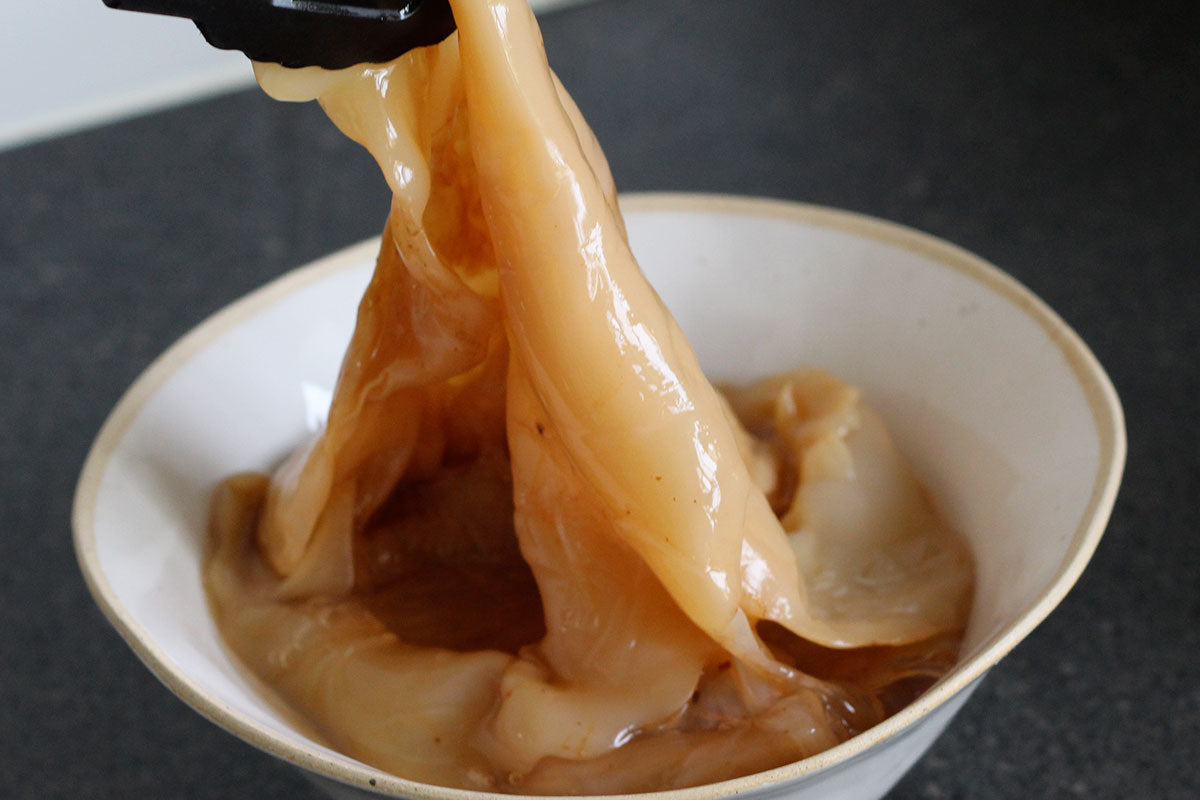
Kombucha Tea Recipe
I am very grateful to be able to share this recipe by Margaret Blackney with you today. This recipe makes 1 litre. Personally, I prefer to make 2 litres at a time so that I don't have to make it so often. Simply double the recipe!
1 litre filtered water
3 - 5 grams tea leaves
60 - 90 grams white sugar (please do not substitute with any alternative, see comments re sugar justification!)
1 SCOBY
100ml 'starter tea' (previous brew of Kombucha tea)
In terms of your choice of tea leaves, ordinary black tea (or green tea for a milder flavour and anti-carcinogenic properties) is preferred. Please do not chose Earl Grey or other 'oily' tea varieties. Some flavoured tea varieties may kill your fungus (having said that I regularly make chai kombucha and have good success with that). Certainly for your first batch, the basic ingredients work best.
A point to note; metal should never touch the Kombucha. This extends to the use of bowl, utensils, even metal rings!
You needn't be concerned about the use of white sugar in the recipe. In strong, tart, acidic tea (brewed for 10-14 days) less than 3% of the sugar will remain. The longer you allow the brew to ferment, the more sugar will be consumed by the culture and the greater level of healing properties that result.
Let's begin.
Boil the water and the sugar in a stainless steel pot (it is ok to use tap or spring water, but distilled or filtered water lack the trace minerals required. If you use unfiltered simply boil the water for ten minutes first). Please do not microwave.
Add the tea and allow to steep for at least 15 minutes before removing the leaves (or bags) and allowing to completely cool (to under 35 degrees is essential).
Once at room temperature, transfer the tea to a clean glass jar and add the SCOBY and the starter tea provided. Cover with a clean cloth or tea towel and secure with an elastic band to hold the cloth taut over the top of the bowl. From here allow the bowl to breathe in a quiet place away from sunlight, a temperature of 23 - 30 degrees Celsius is ideal (mine sits very comfortably in my pantry).
Within a few days you will notice the scent of fermentation and a skin forming on the top of the liquid. After 5-15 days, the SCOBY culture will have grown to a thick grey/cream/peach coloured mushroom (I think mushroom is a very polite name for it, just quietly).
Now, remove your SCOBY and 100 ml (or 200 ml if you've doubled the recipe!) of Kombucha tea liquid and set aside for use in your next brew. Stir up the sediment that has settled in the bowl and then pour into tightly capped glass bottles and into the fridge they go.
If you would like to flavour your Kombucha tea, now is the time to use fruit for a secondary fermentation.
Add some cut up fruit to the bottles and allow to sit for 2-3 days to ferment in the fridge. Mango, ginger, strawberries, passion fruit, apples, pineapple, and mixed berries are great examples of fruits that taste wonderful, but use any fruit you fancy!
Where do you buy a SCOBY?
Margaret Blackney distributes fresh SCOBYs and start up Kombucha Tea Kits to anywhere within Australia at a cost of $15 via Australia Post (she will also ship a dehydrated SCOBY internationally). Payment can be made by PayPal. Please contact Margaret via email marg.blackney@optusnet.com.au, or directly on 0425 711 601.


